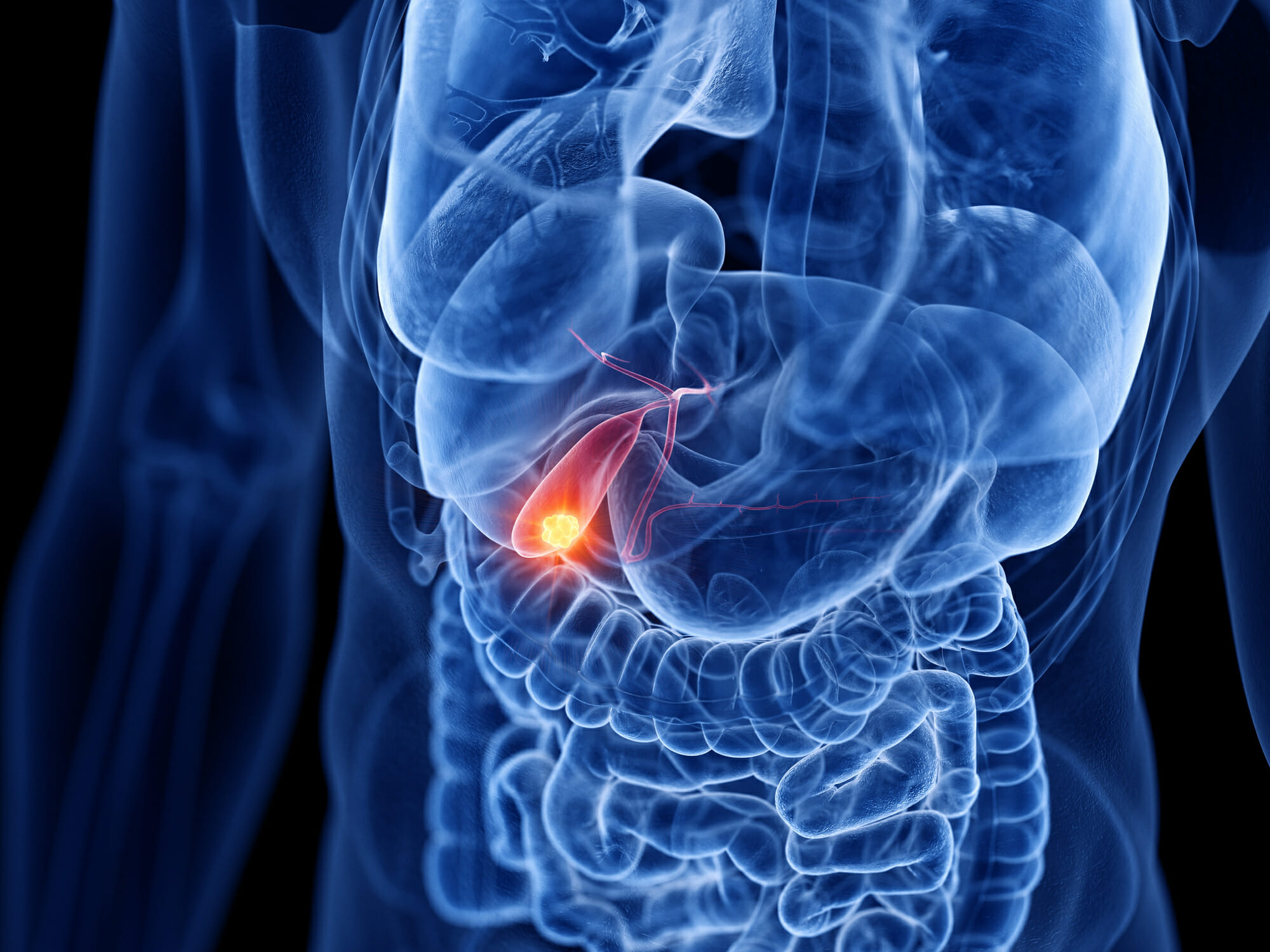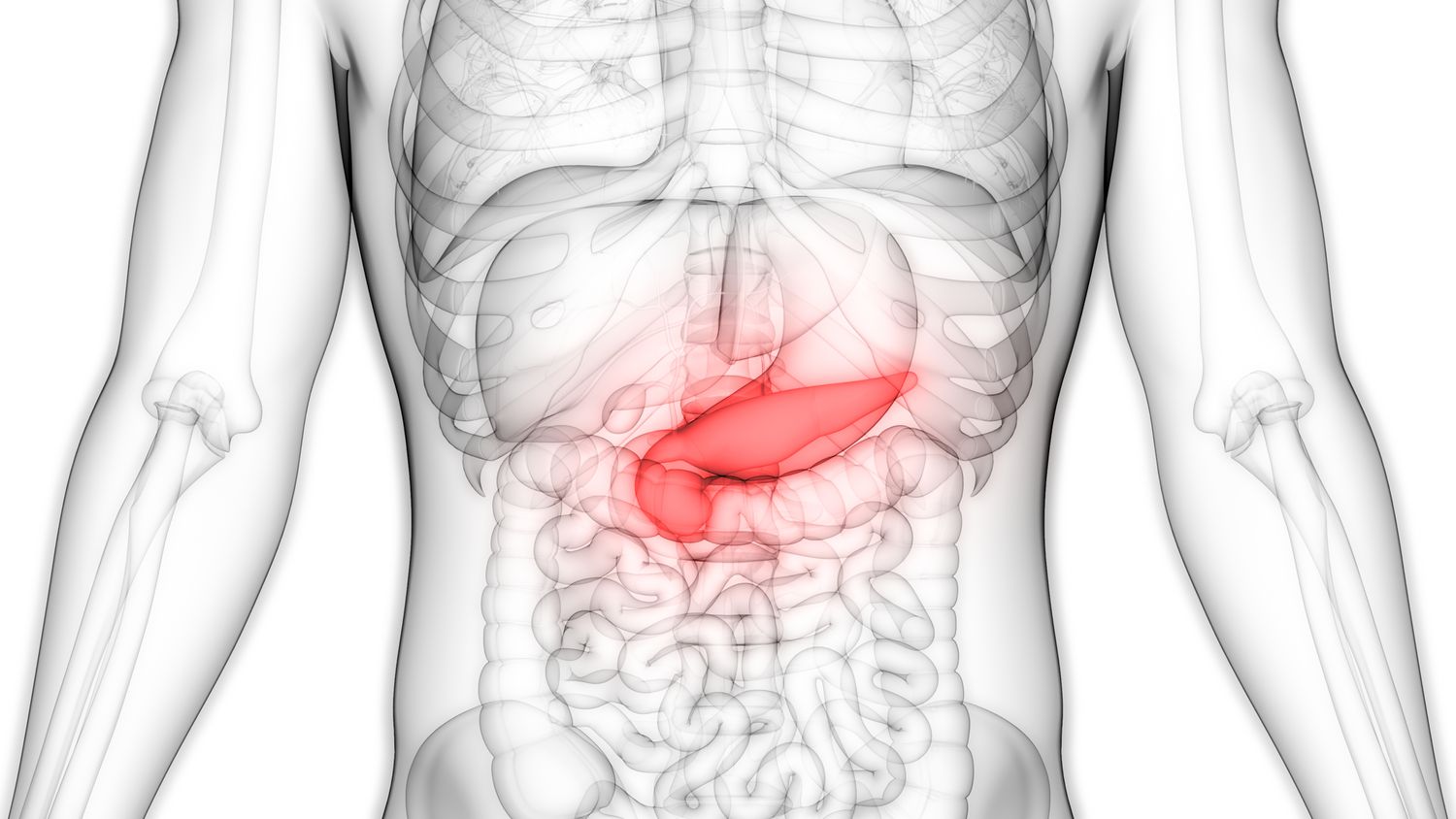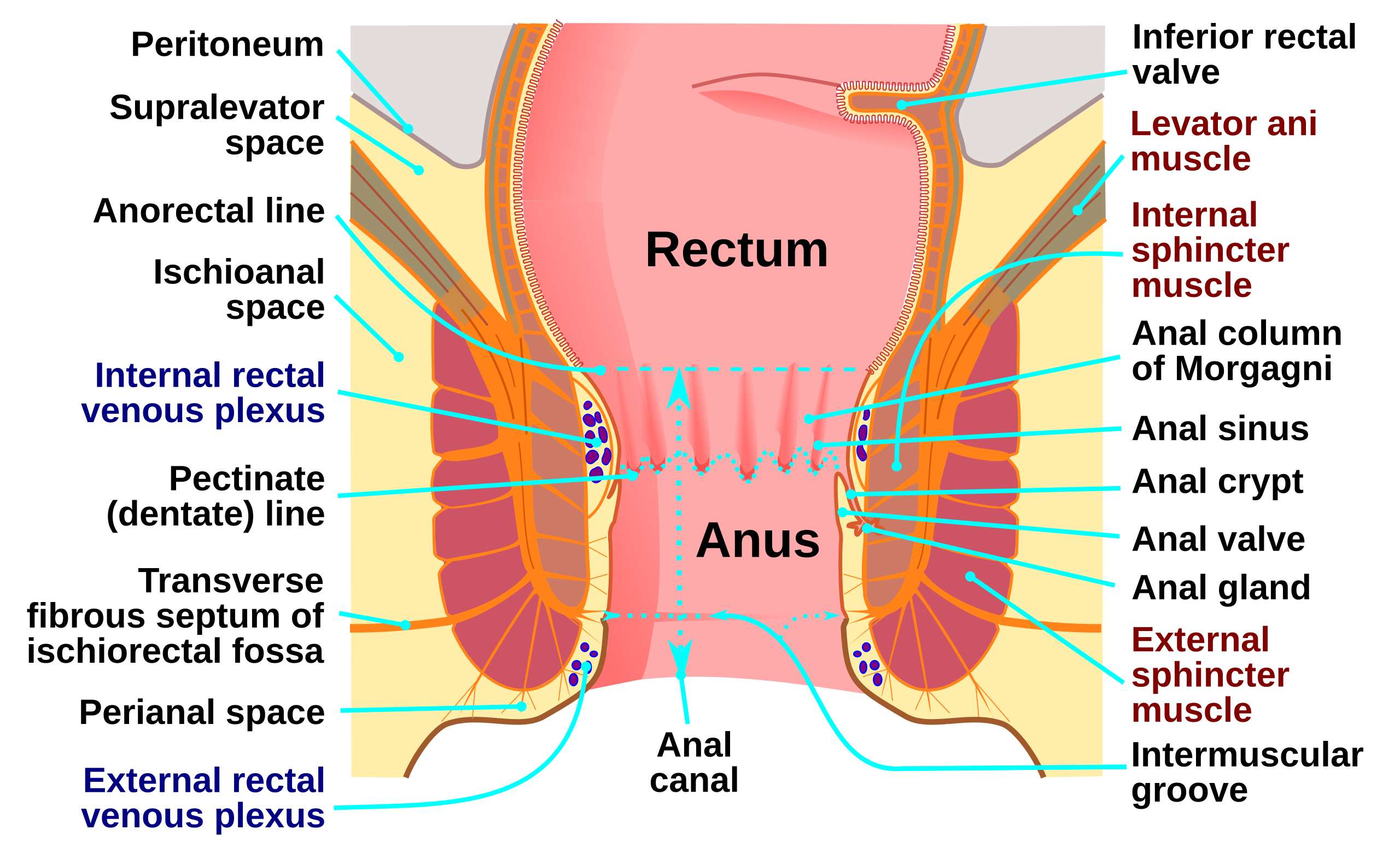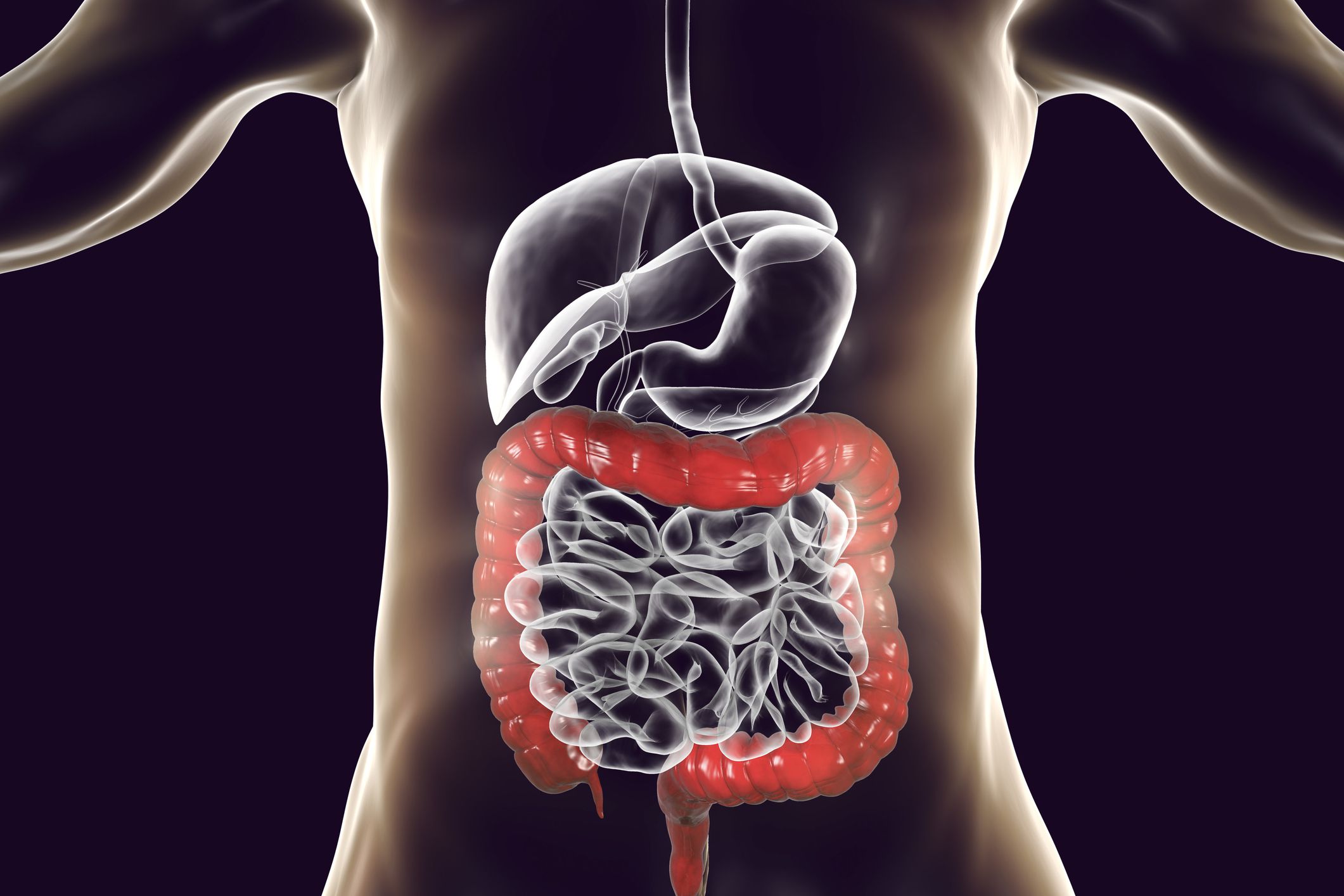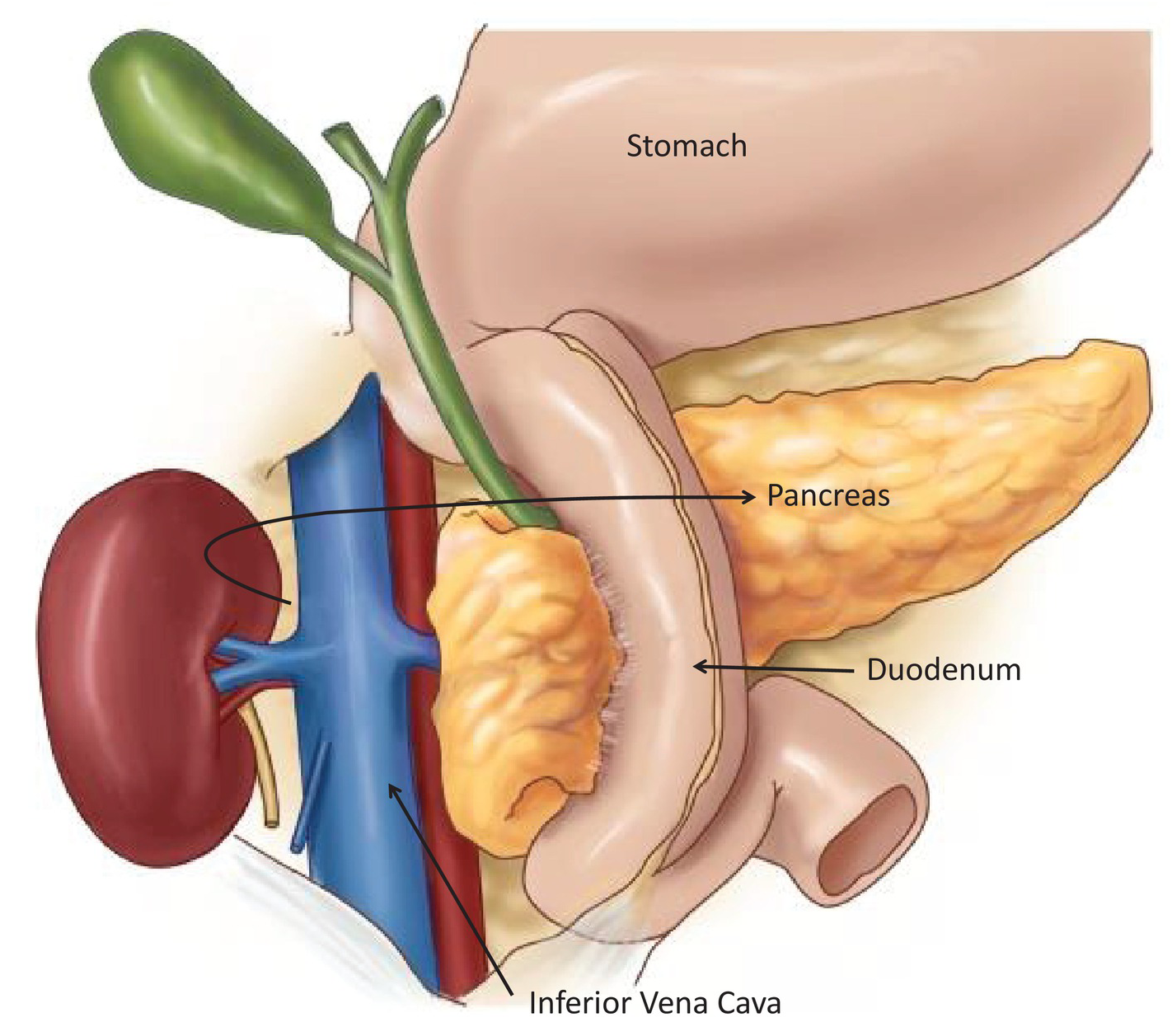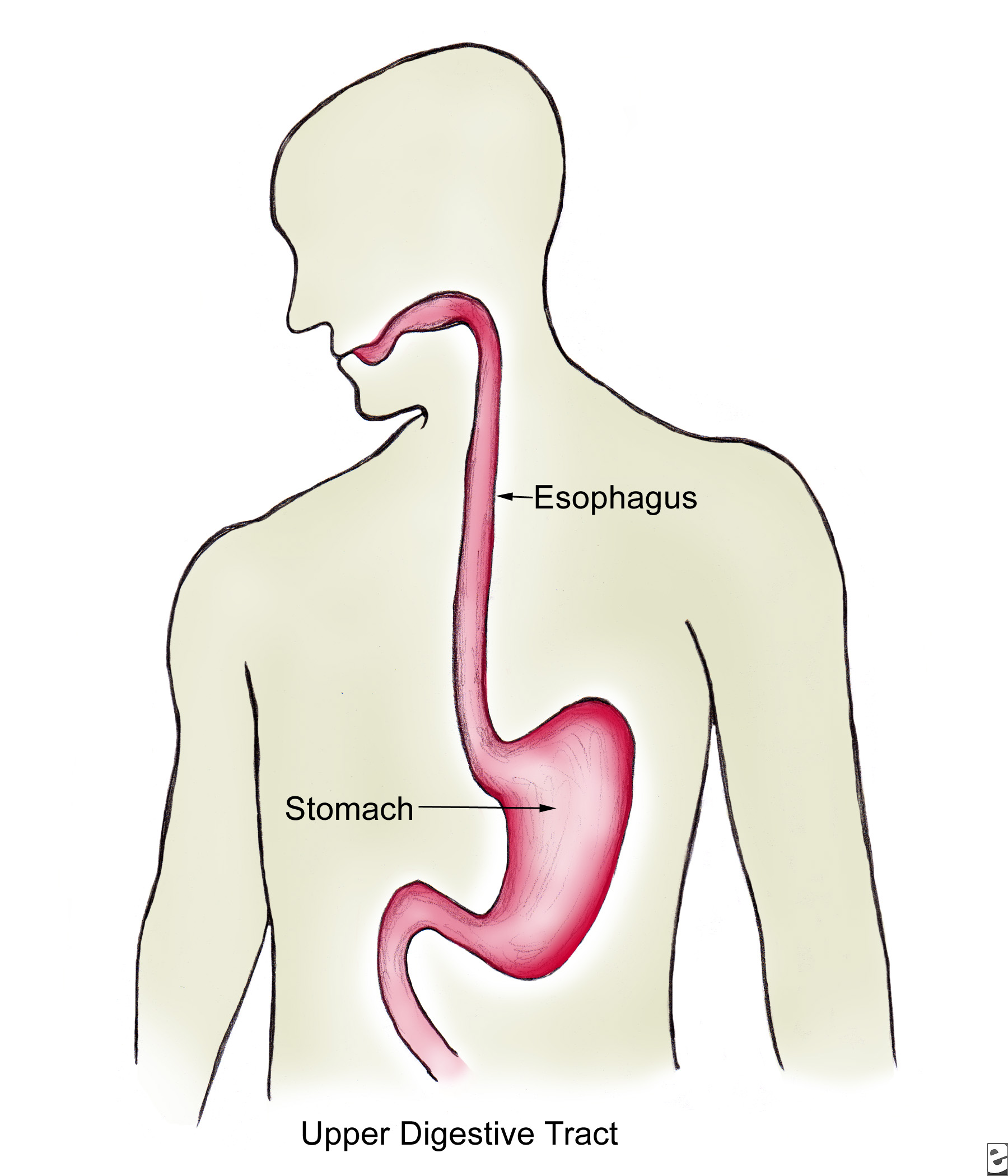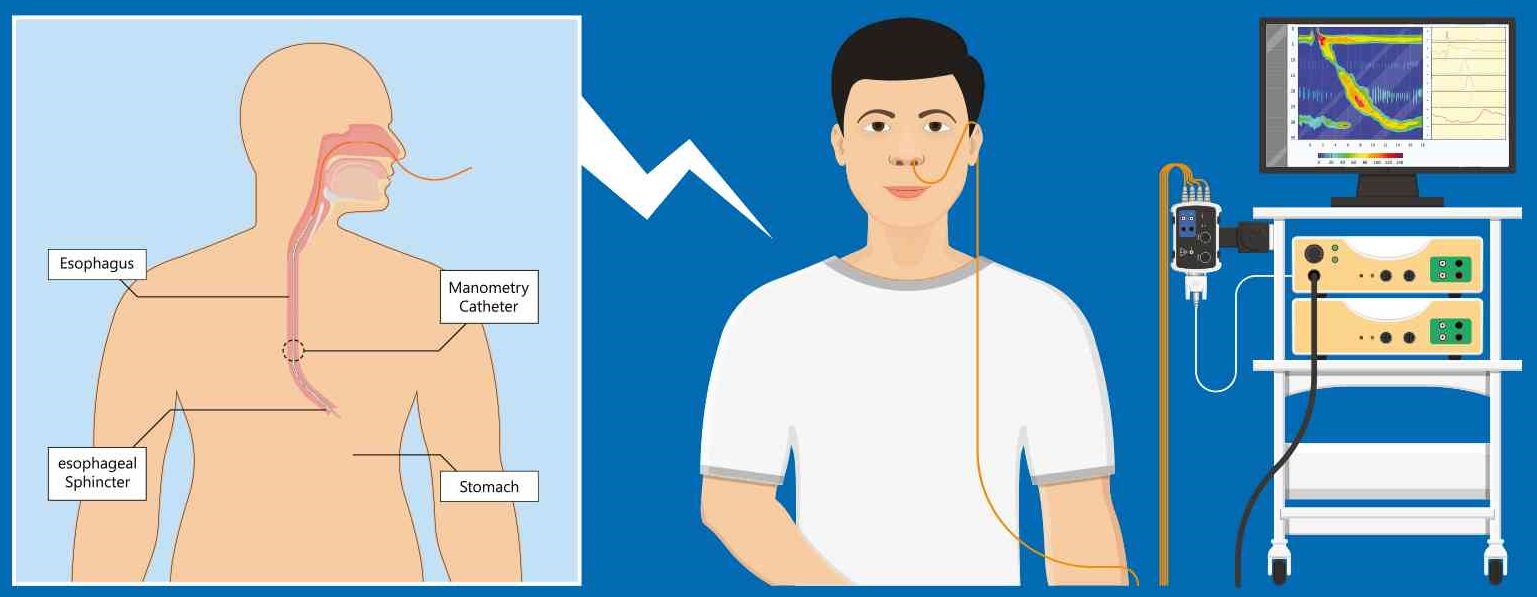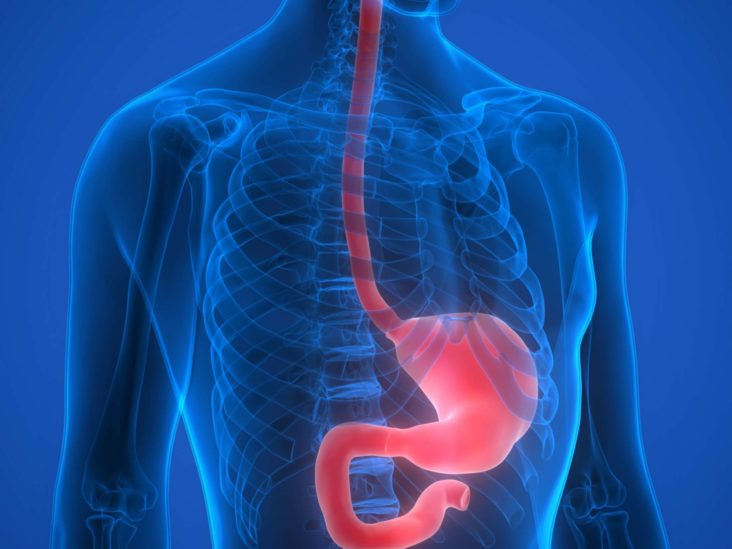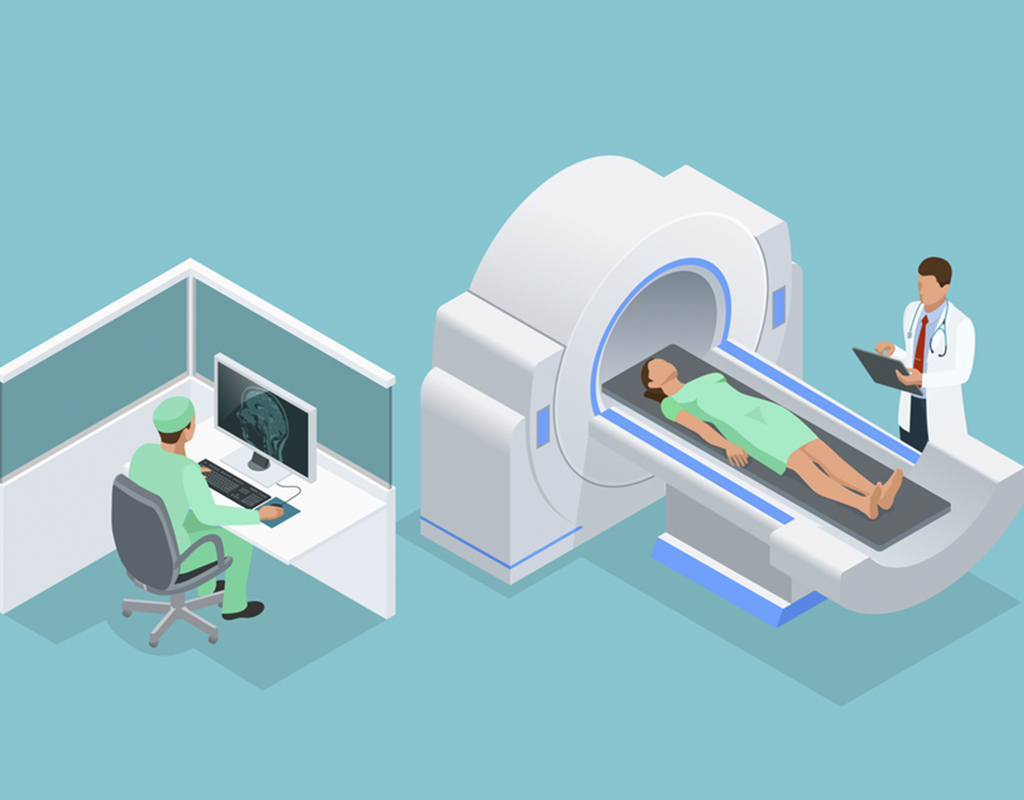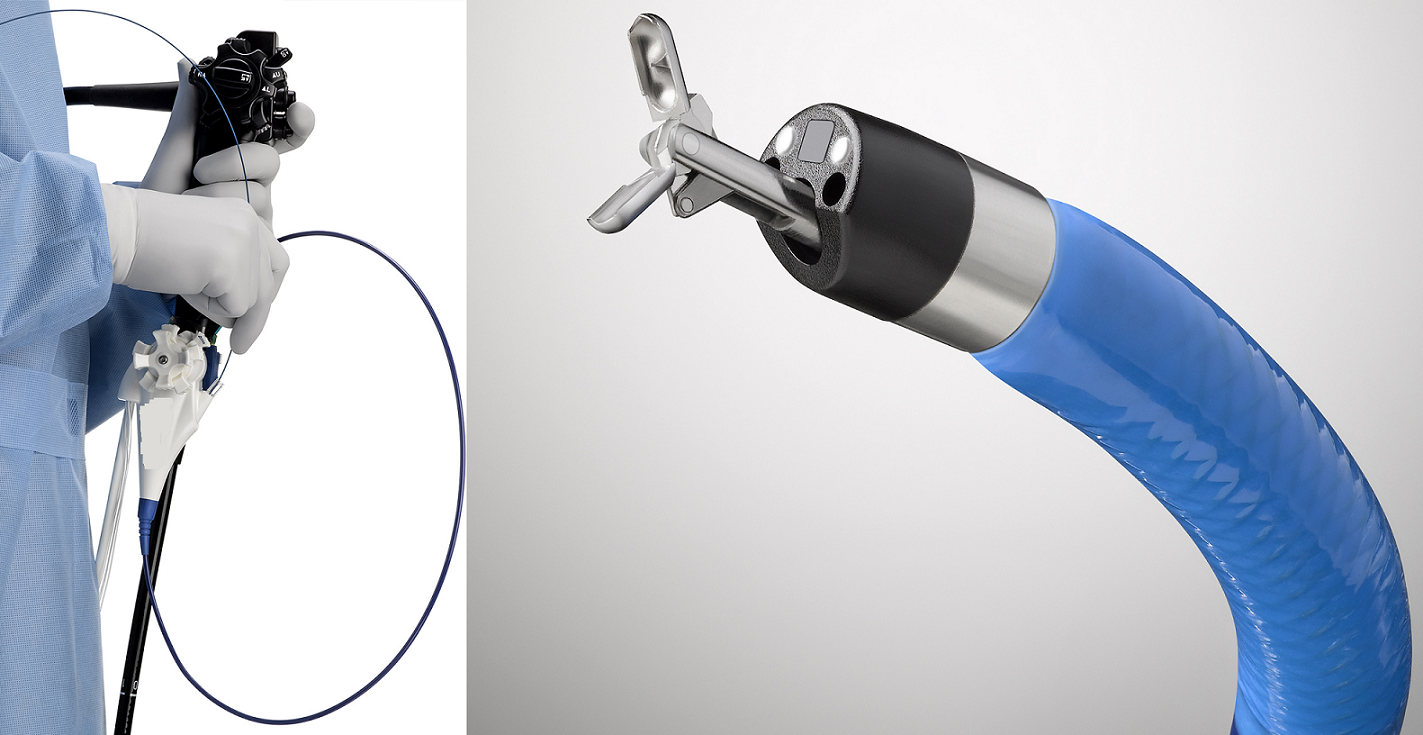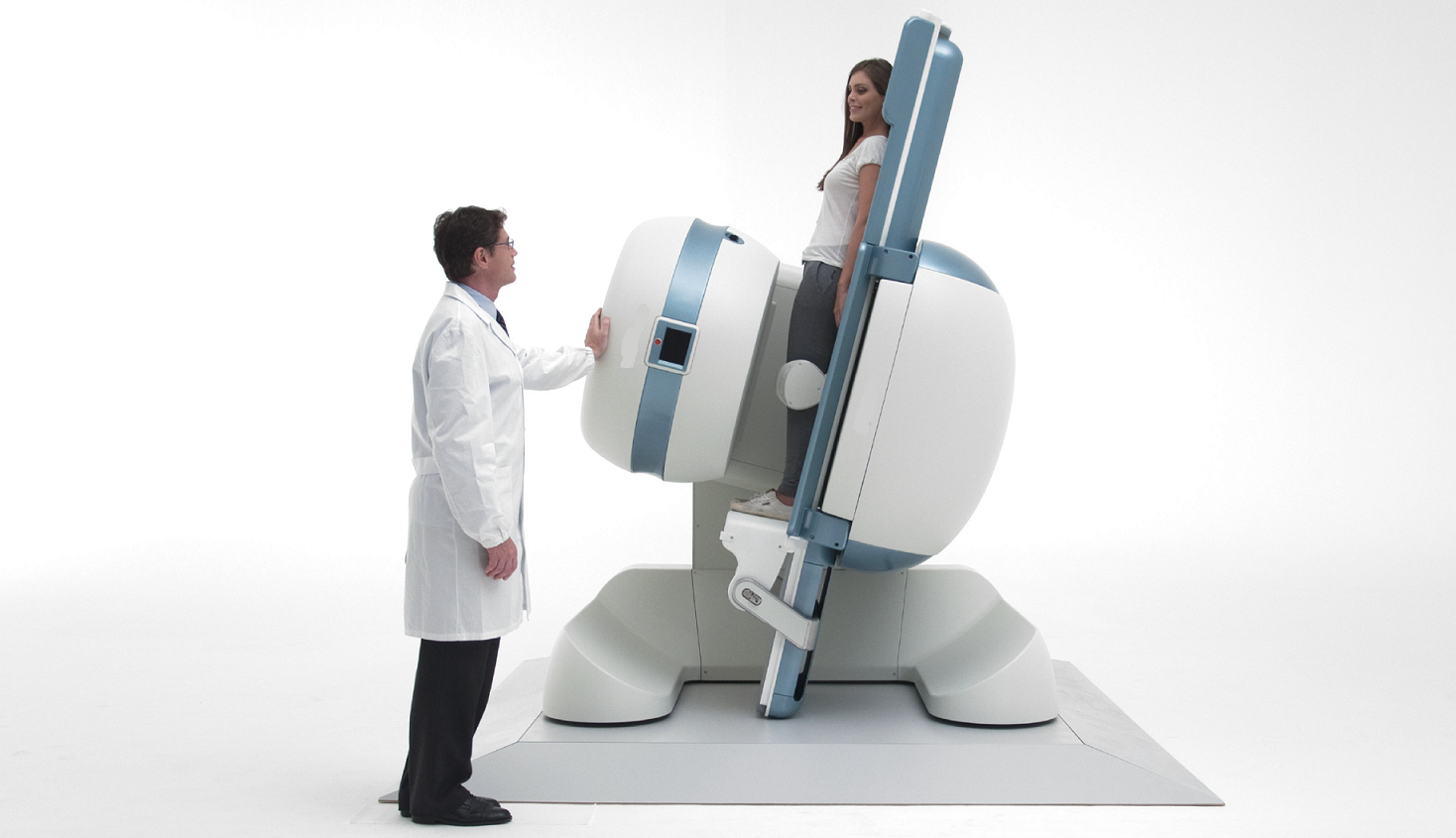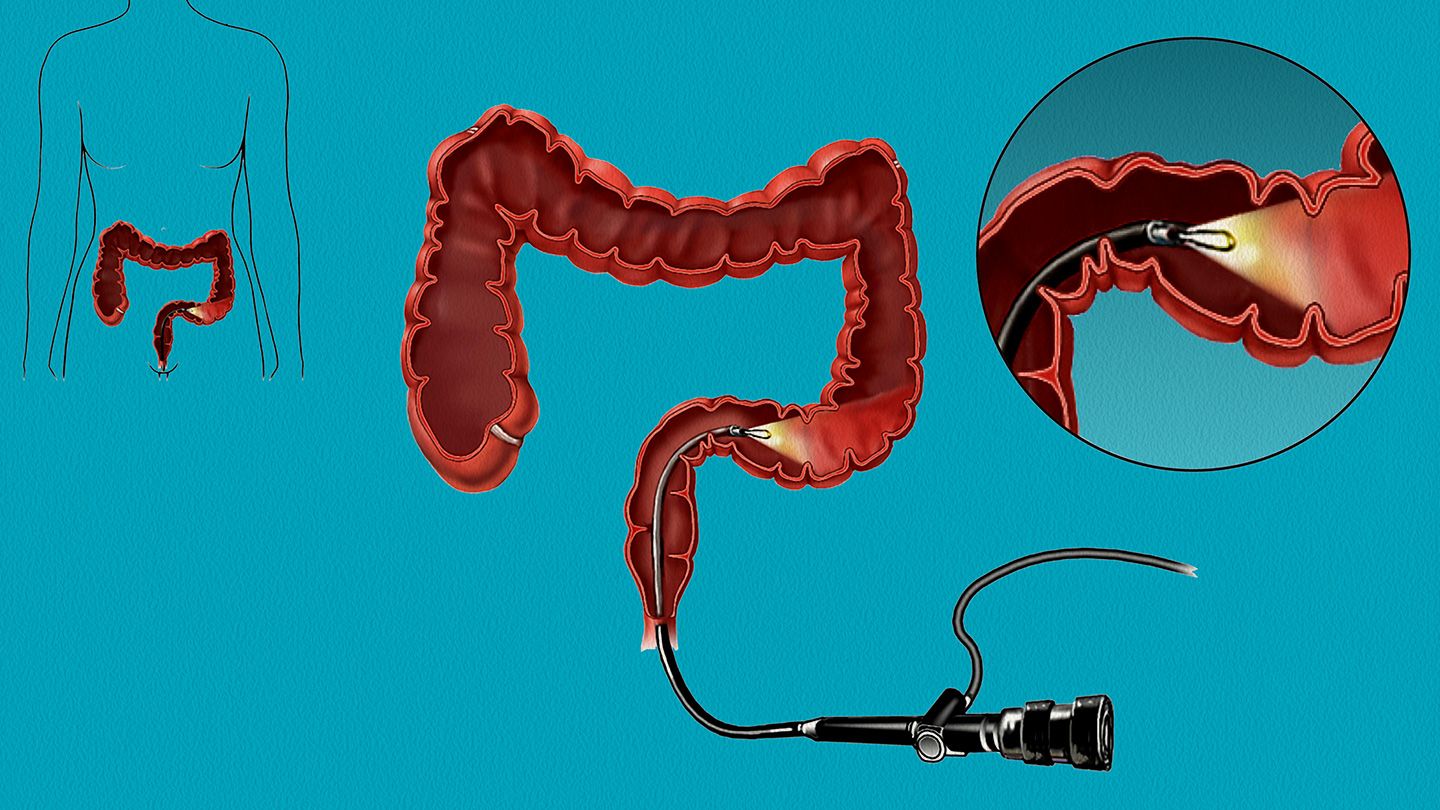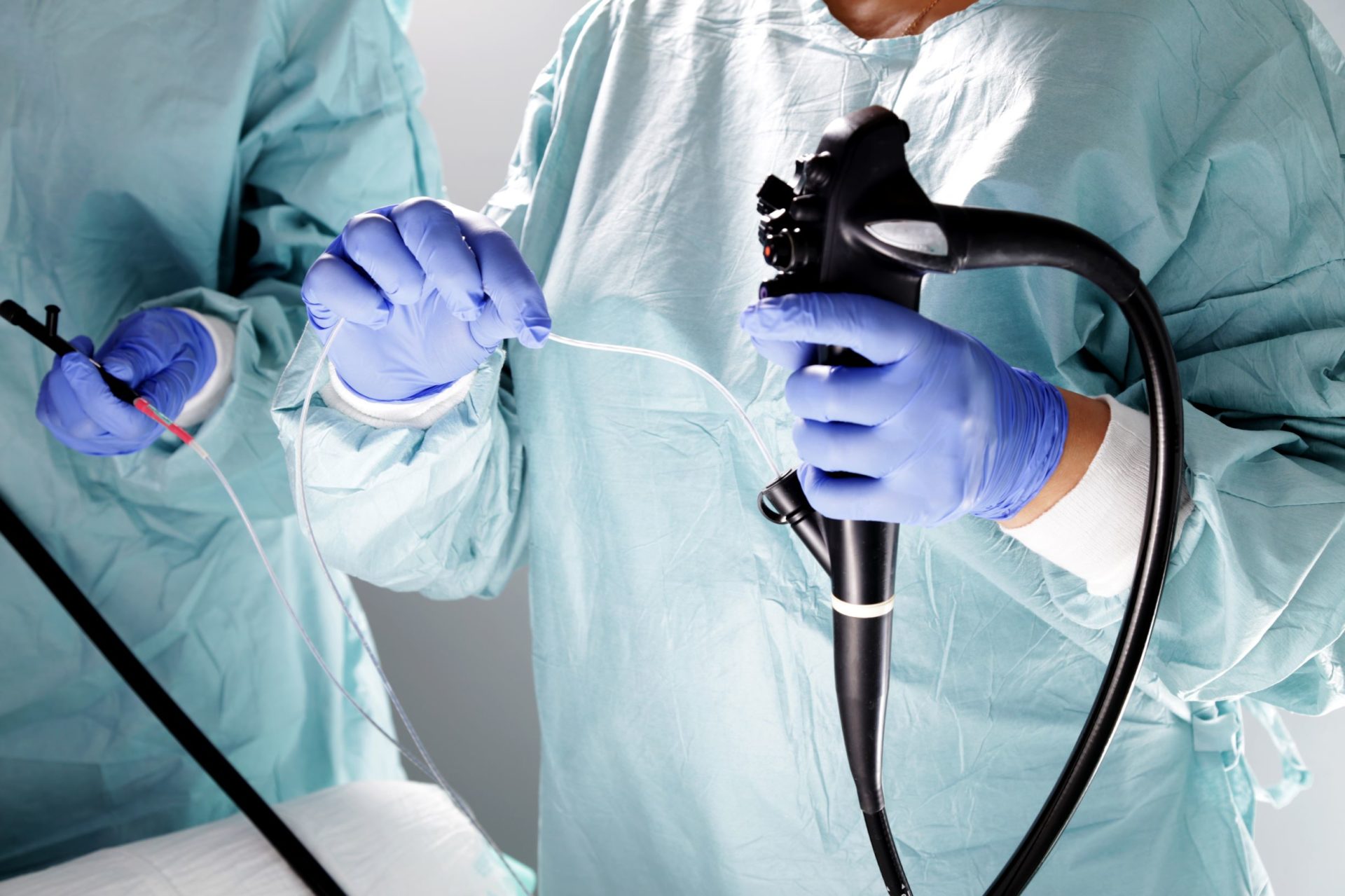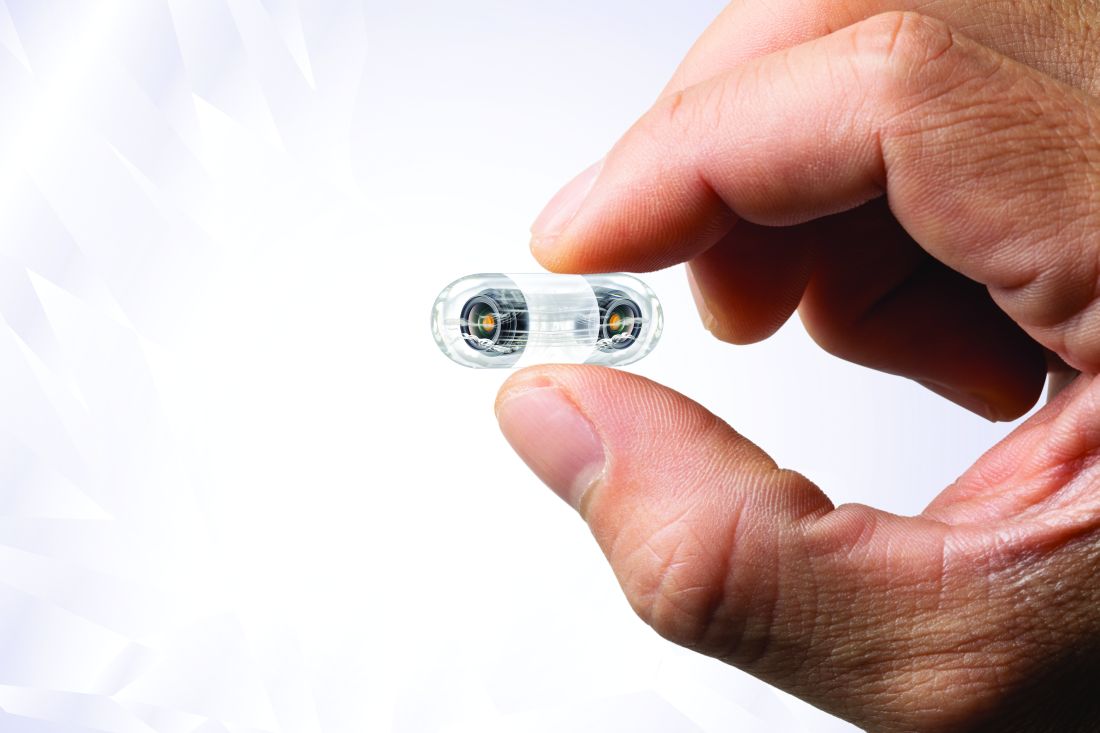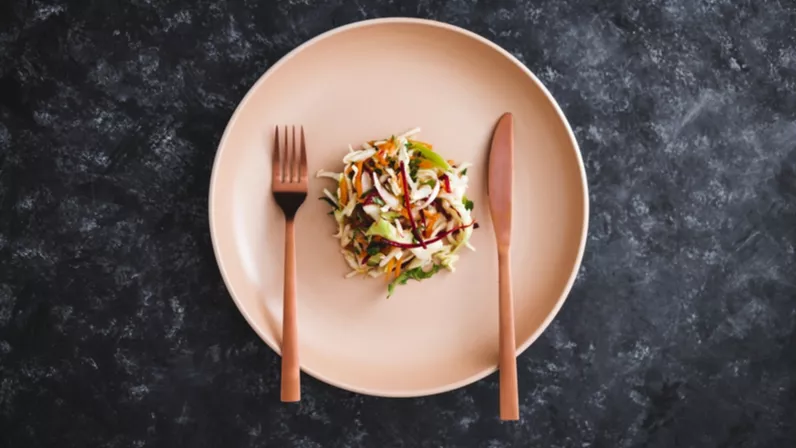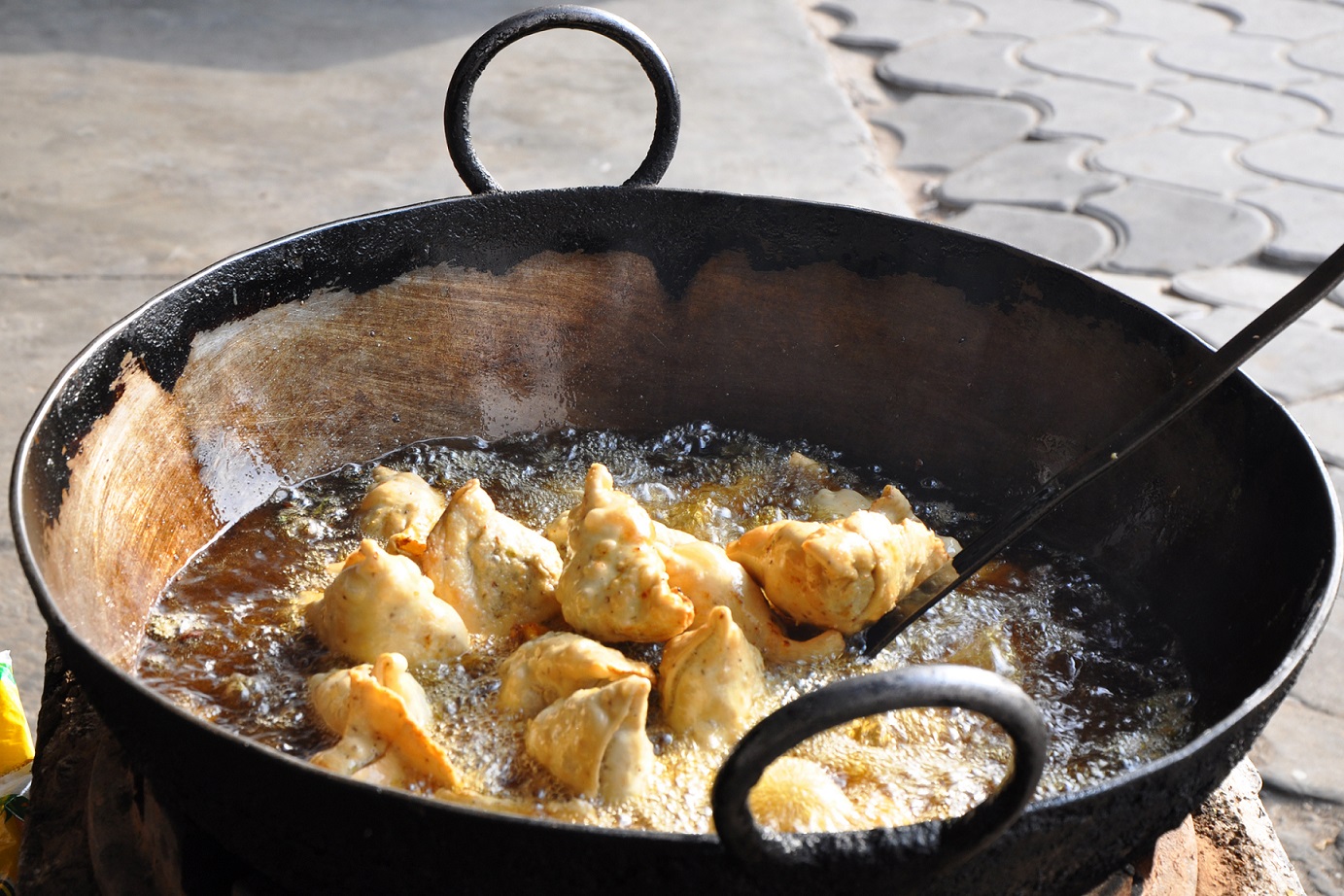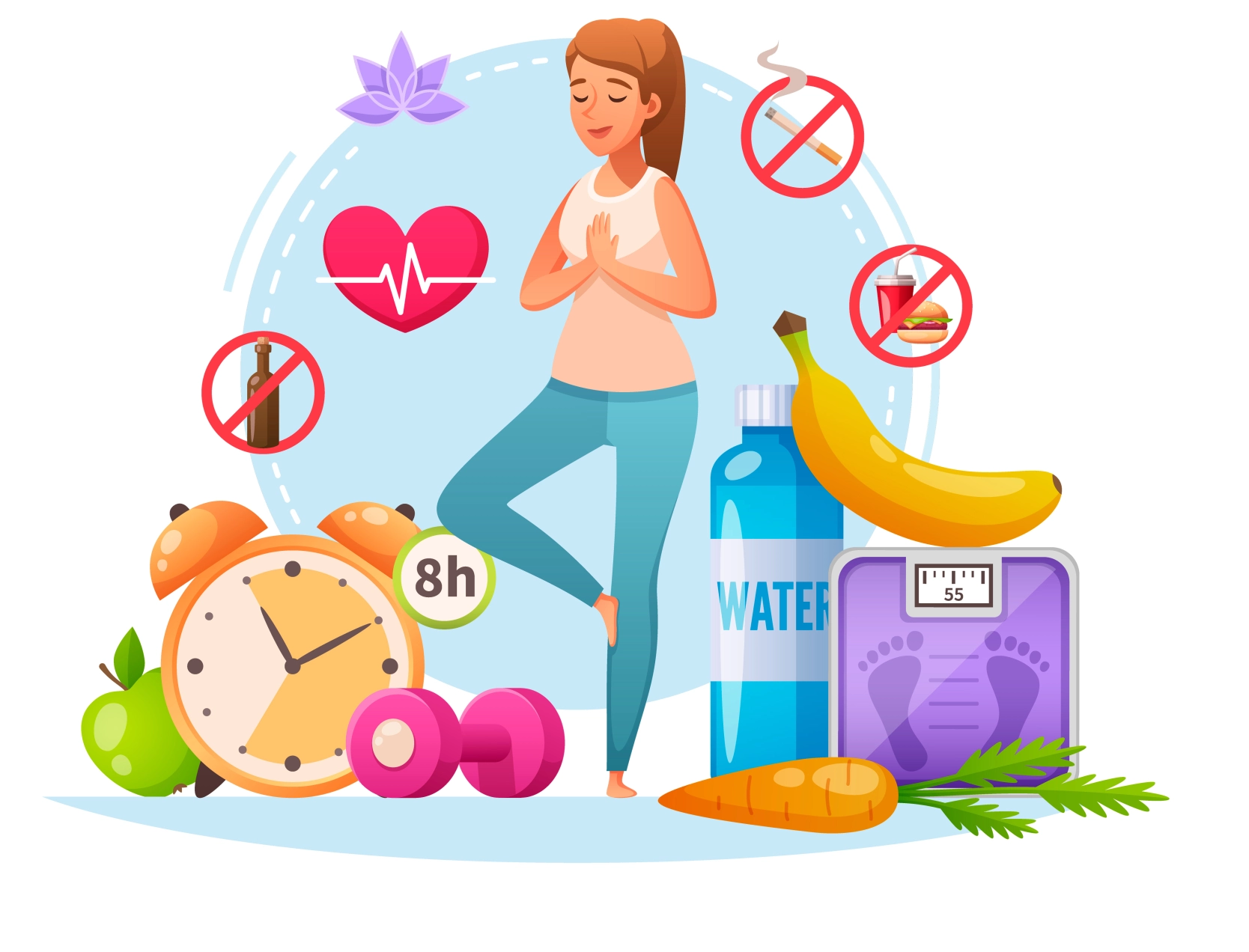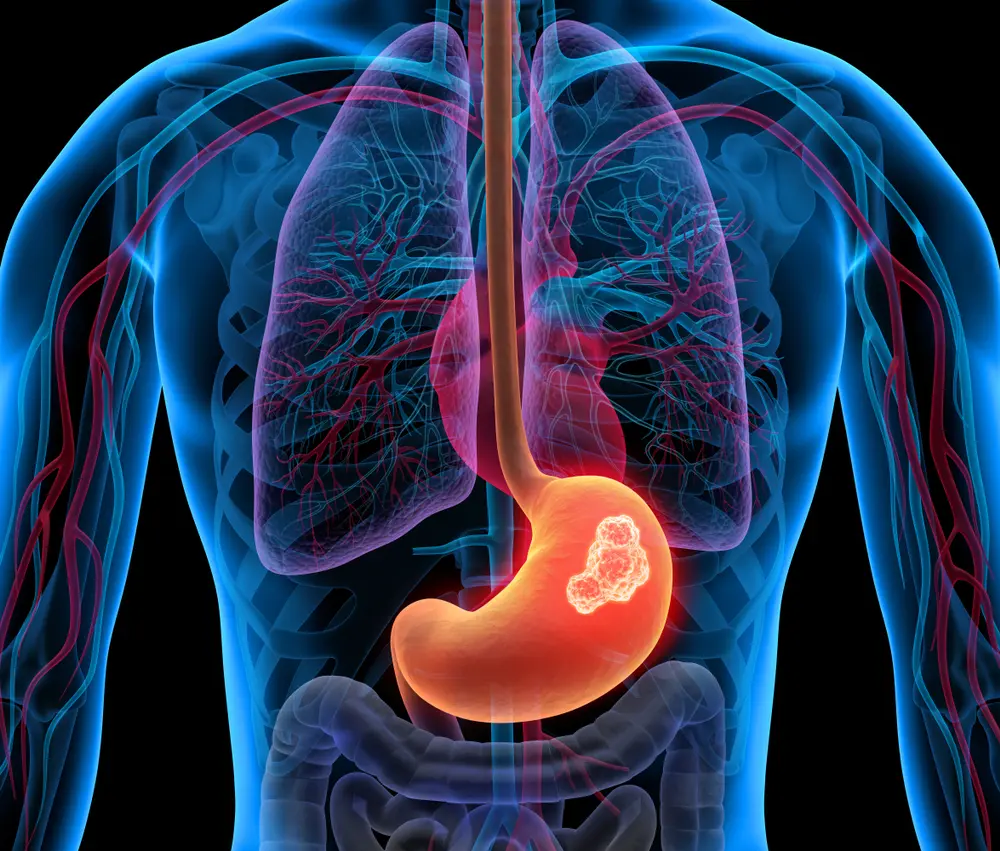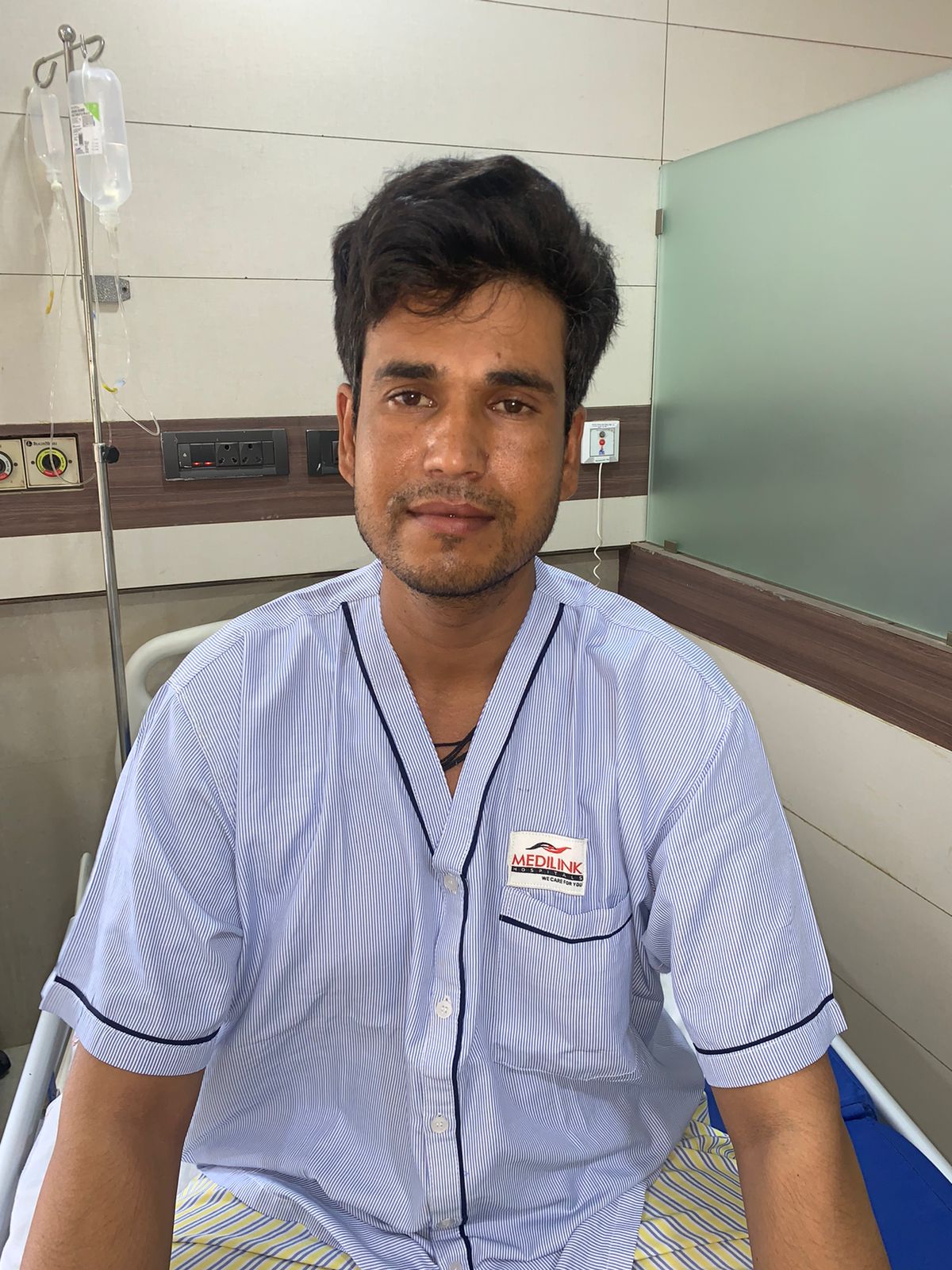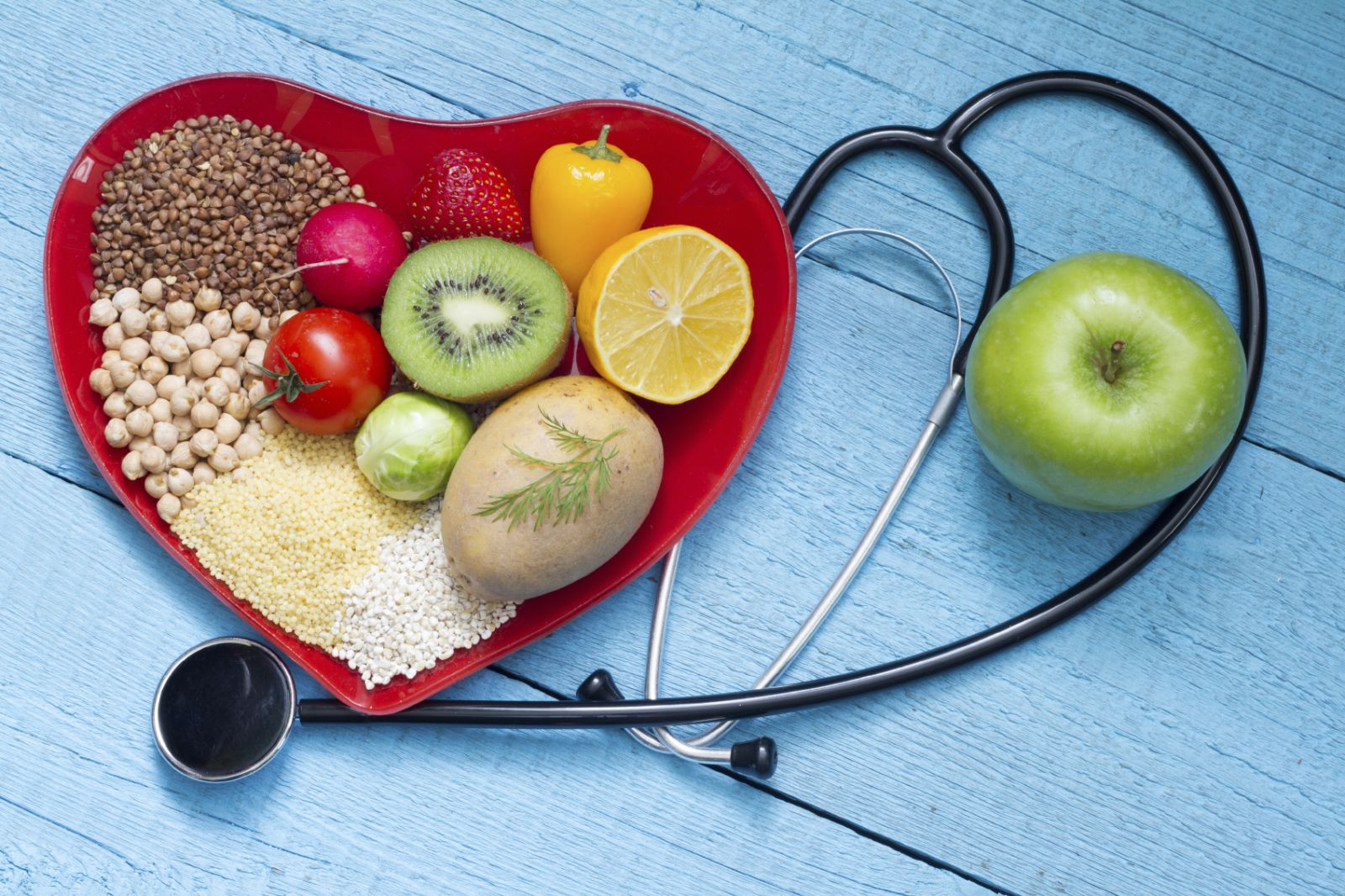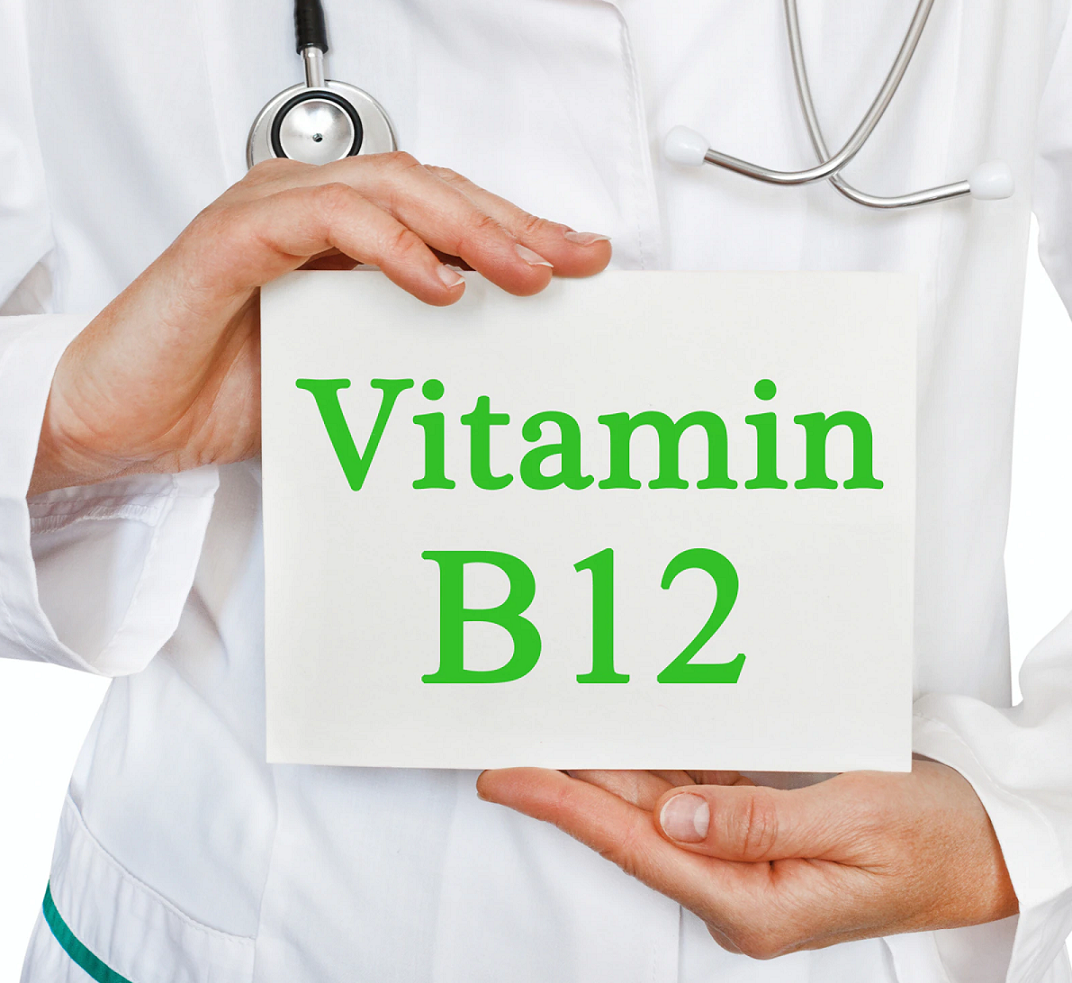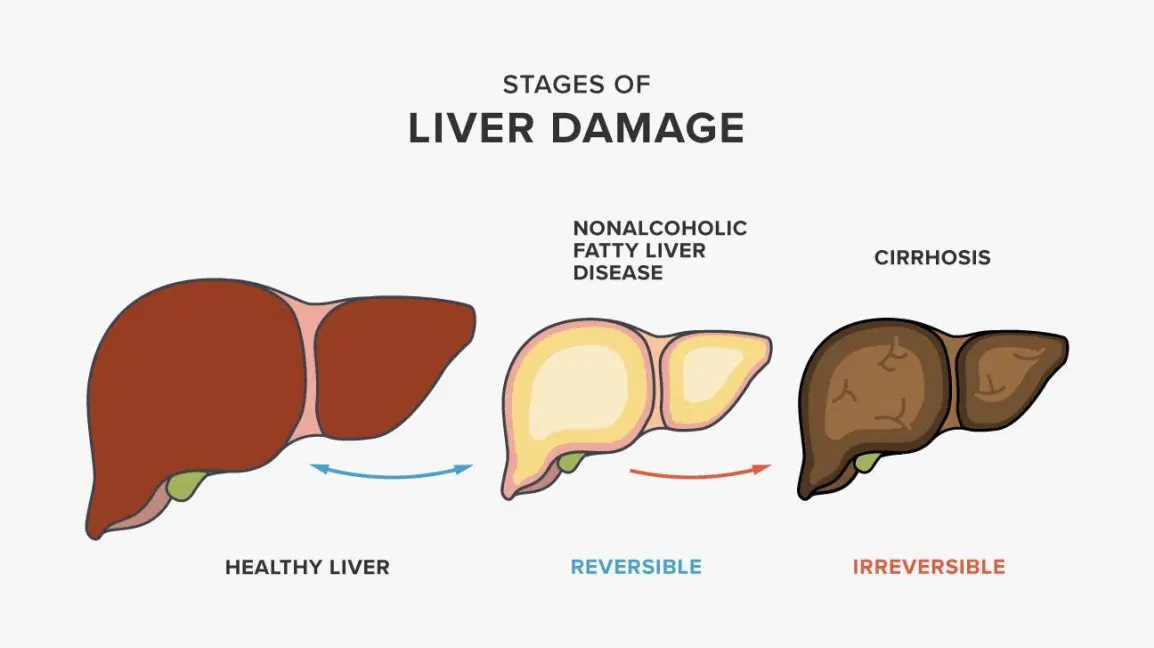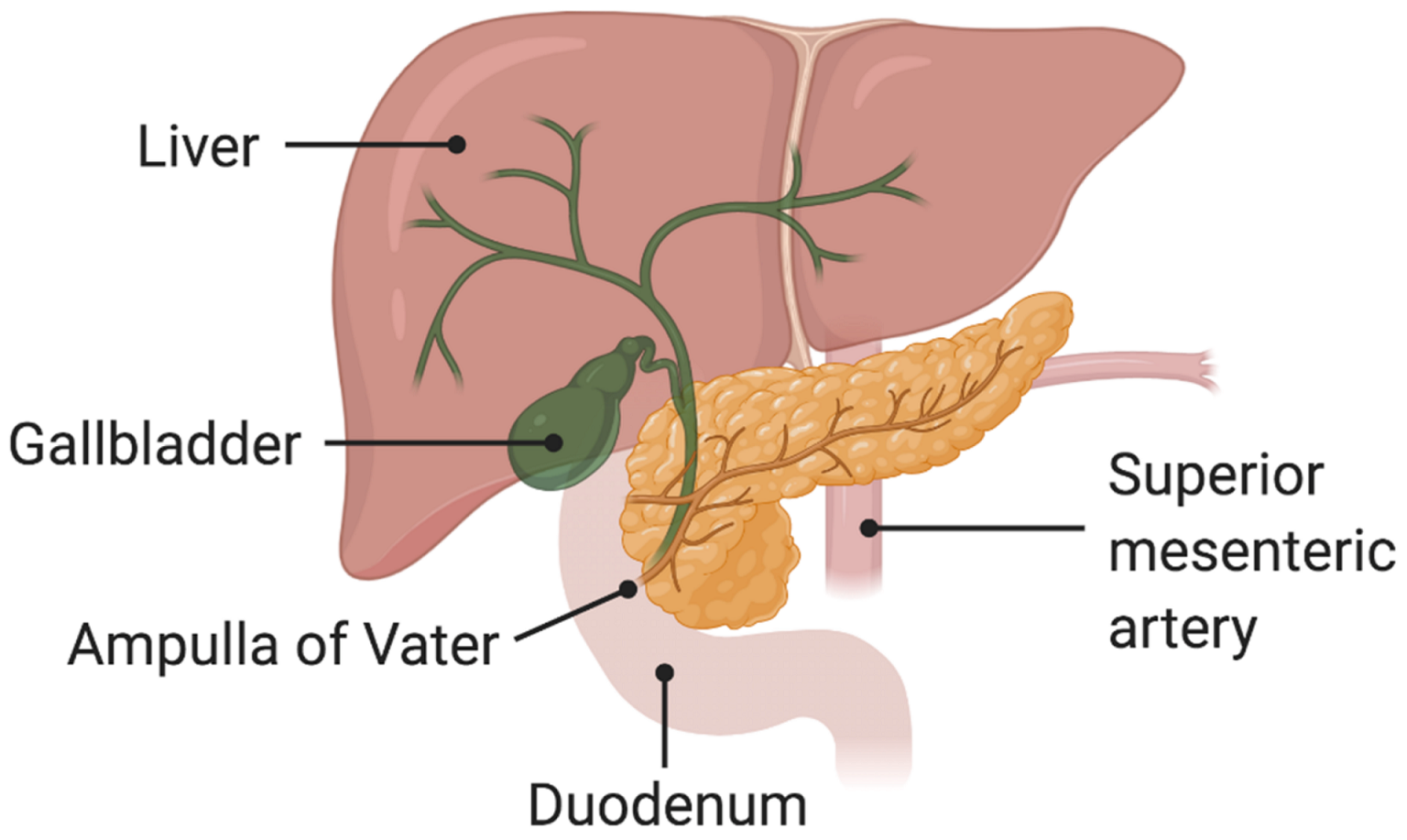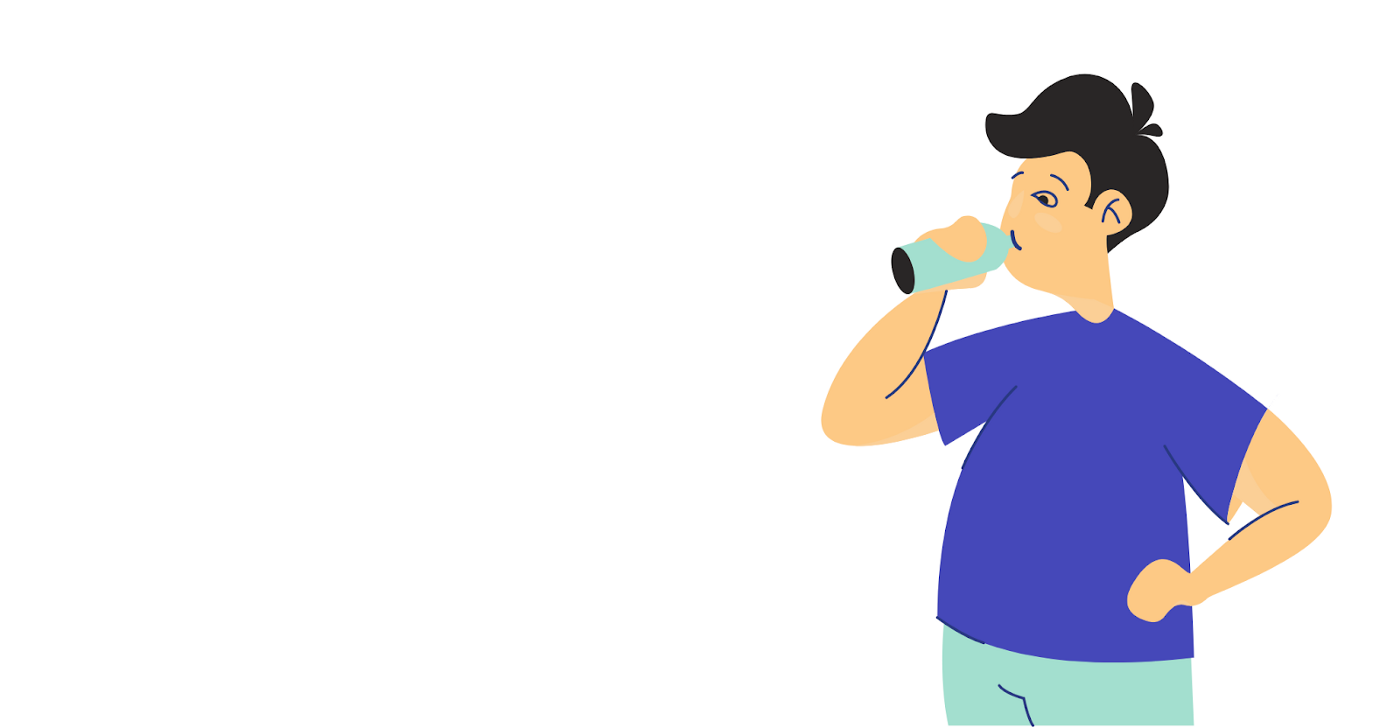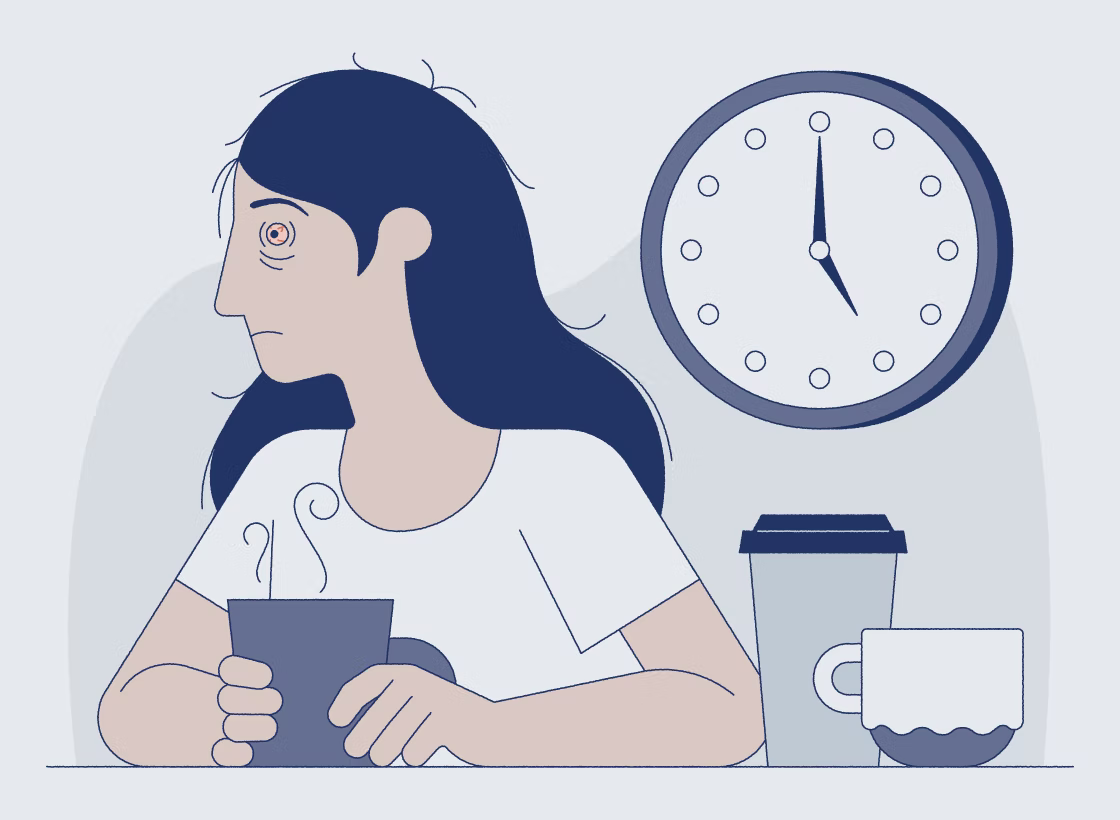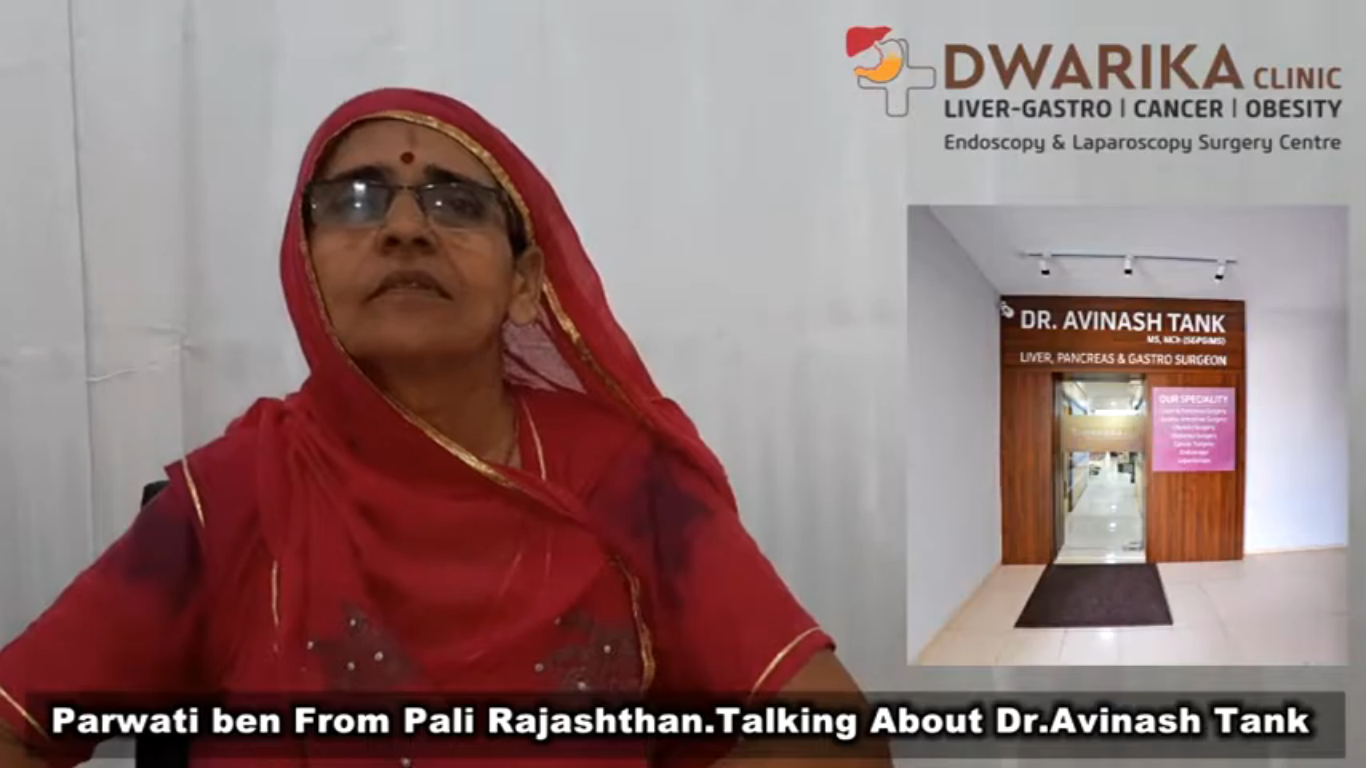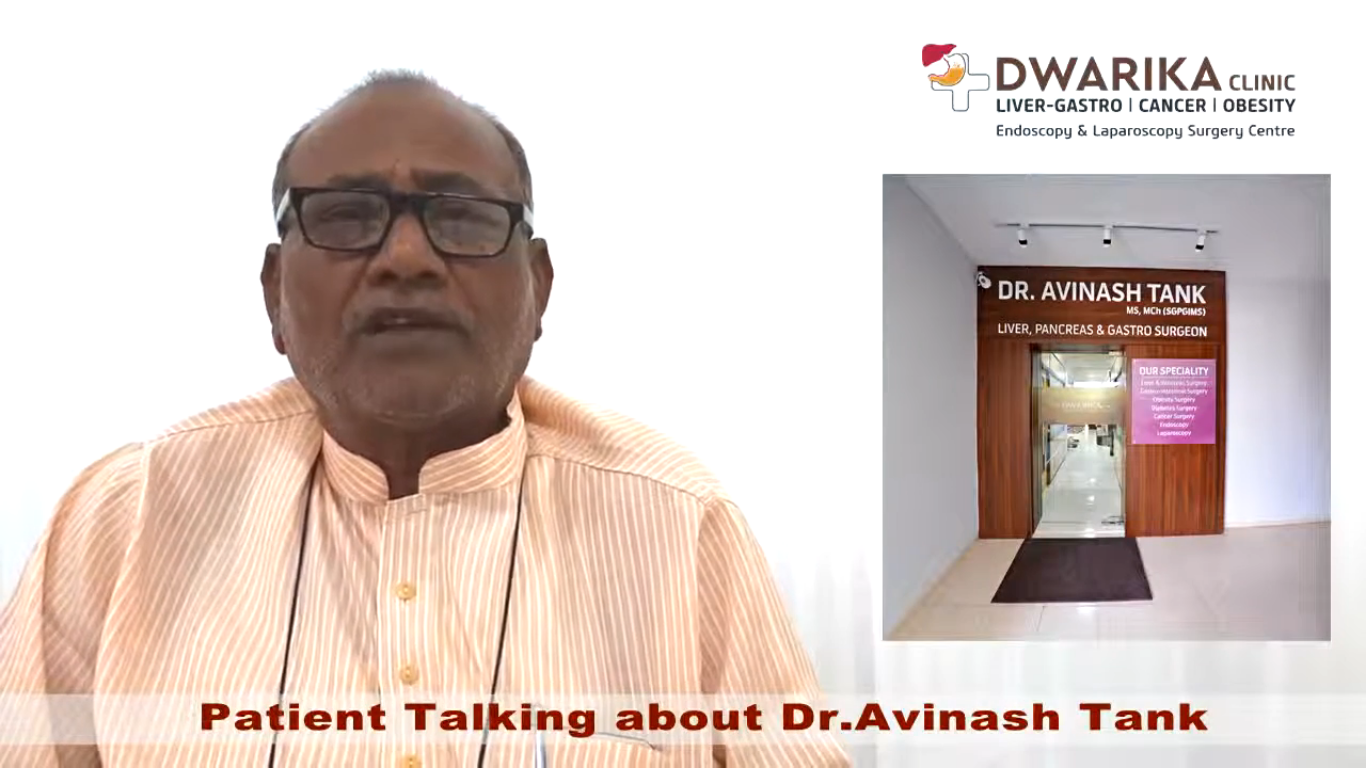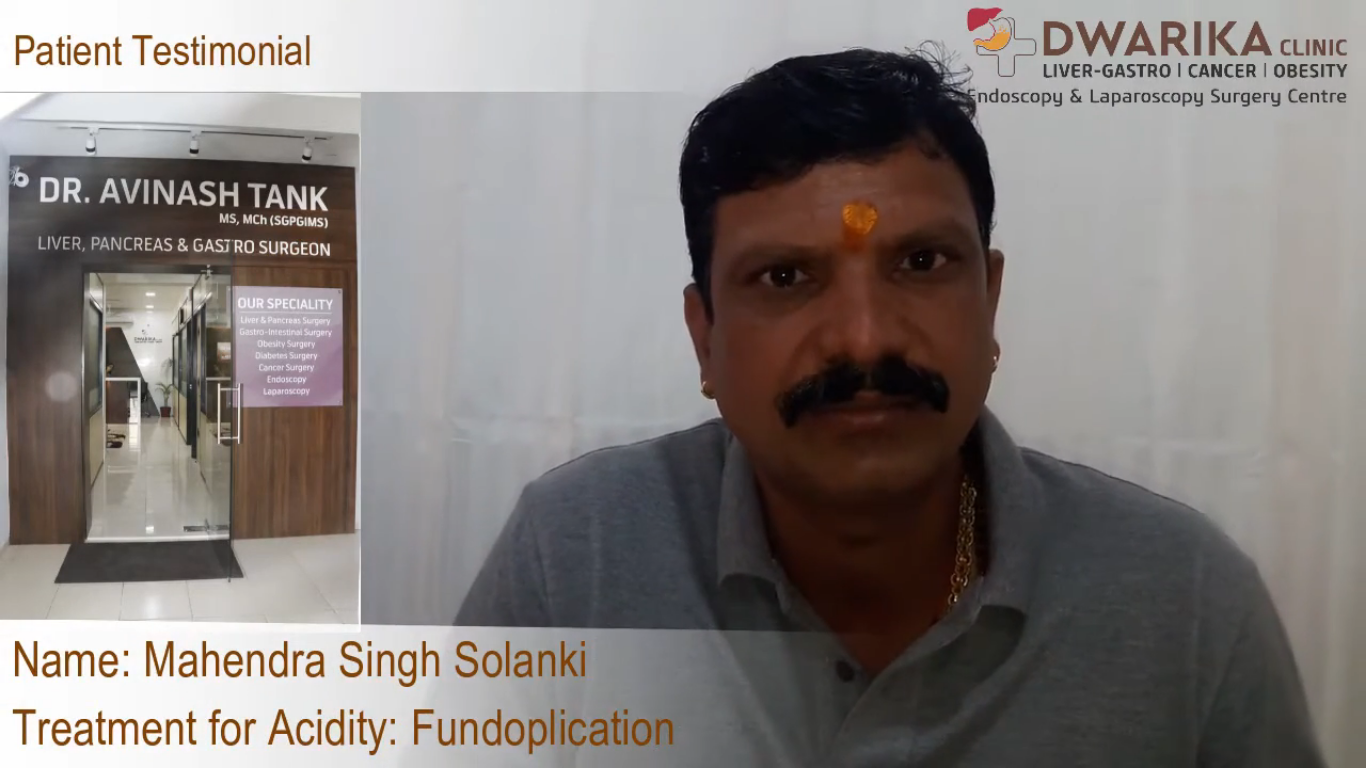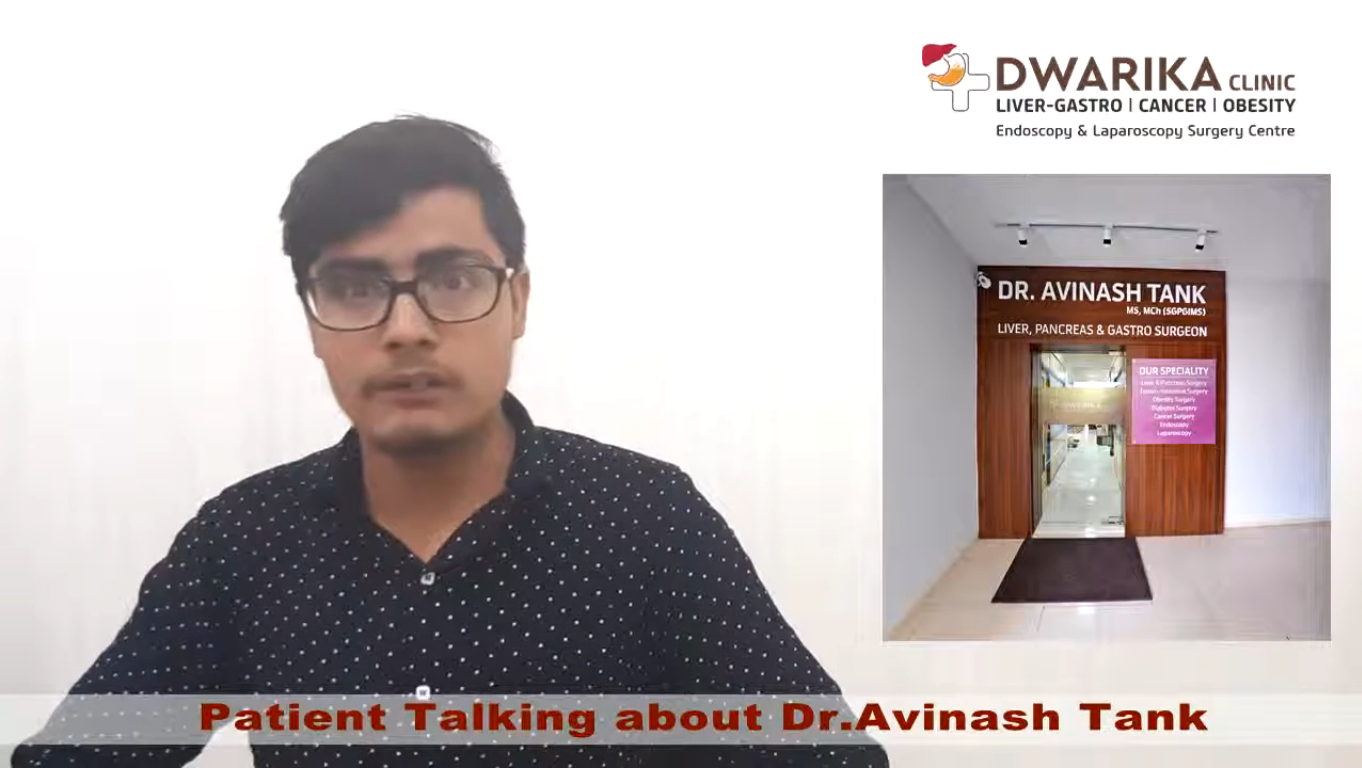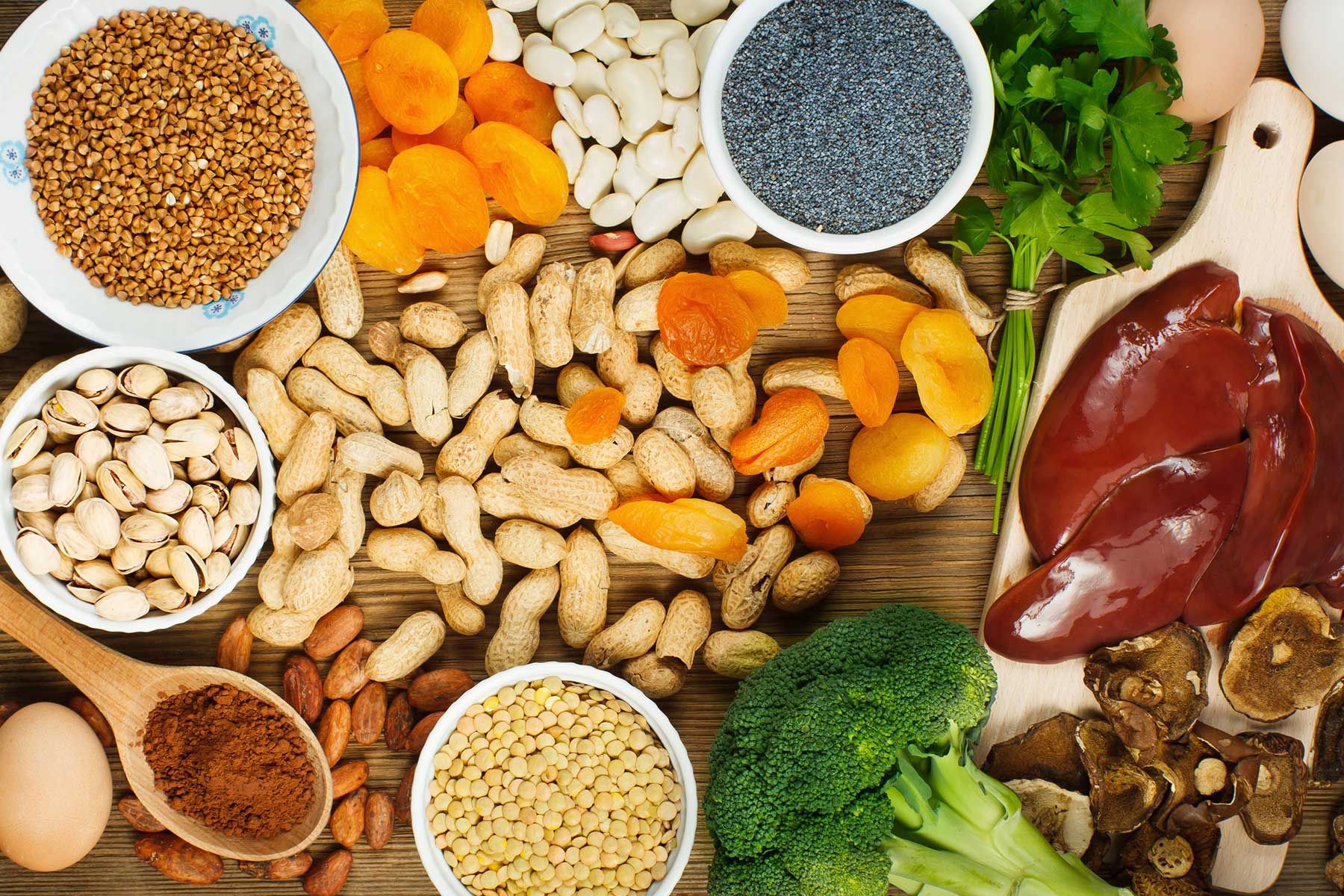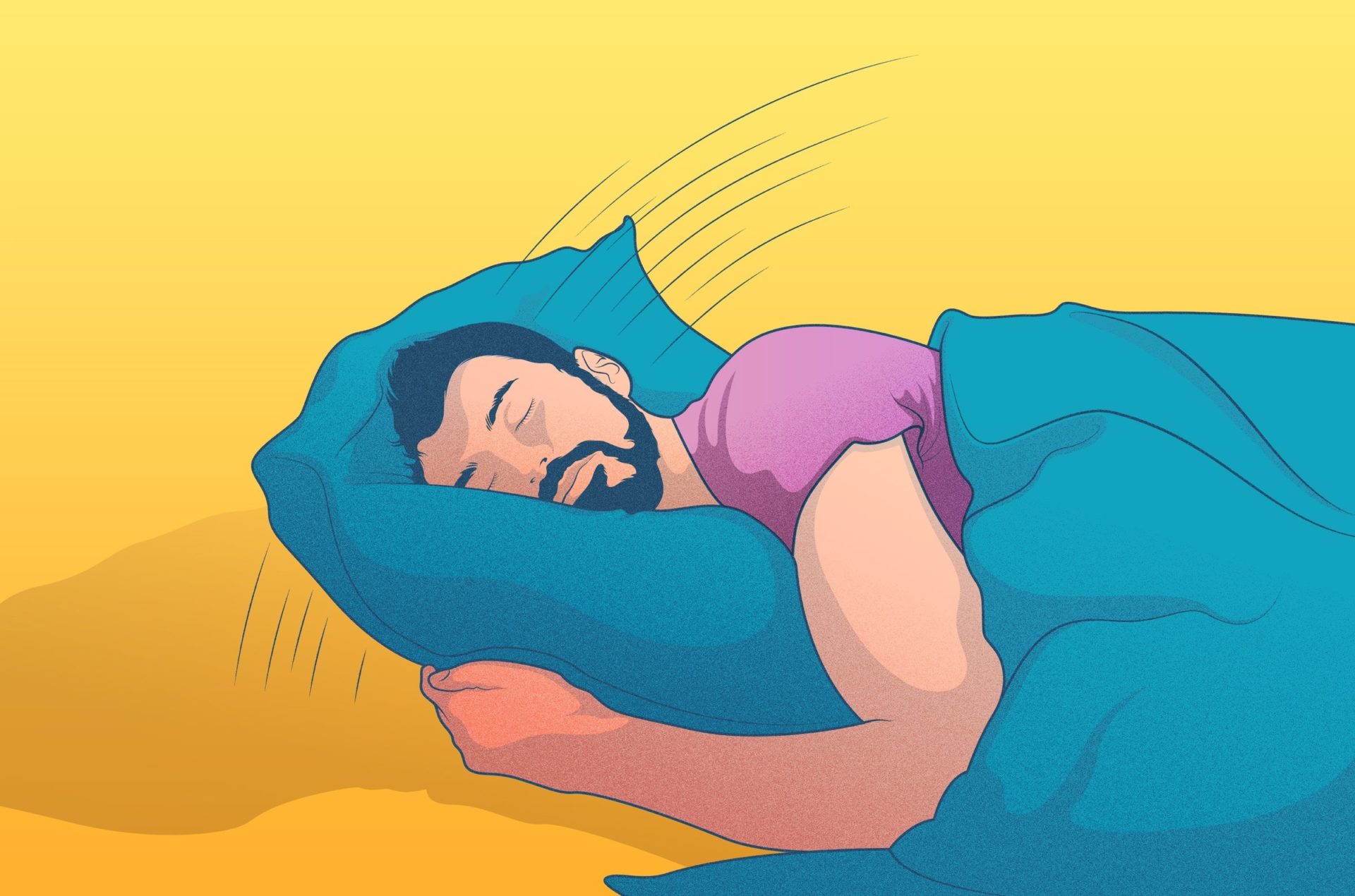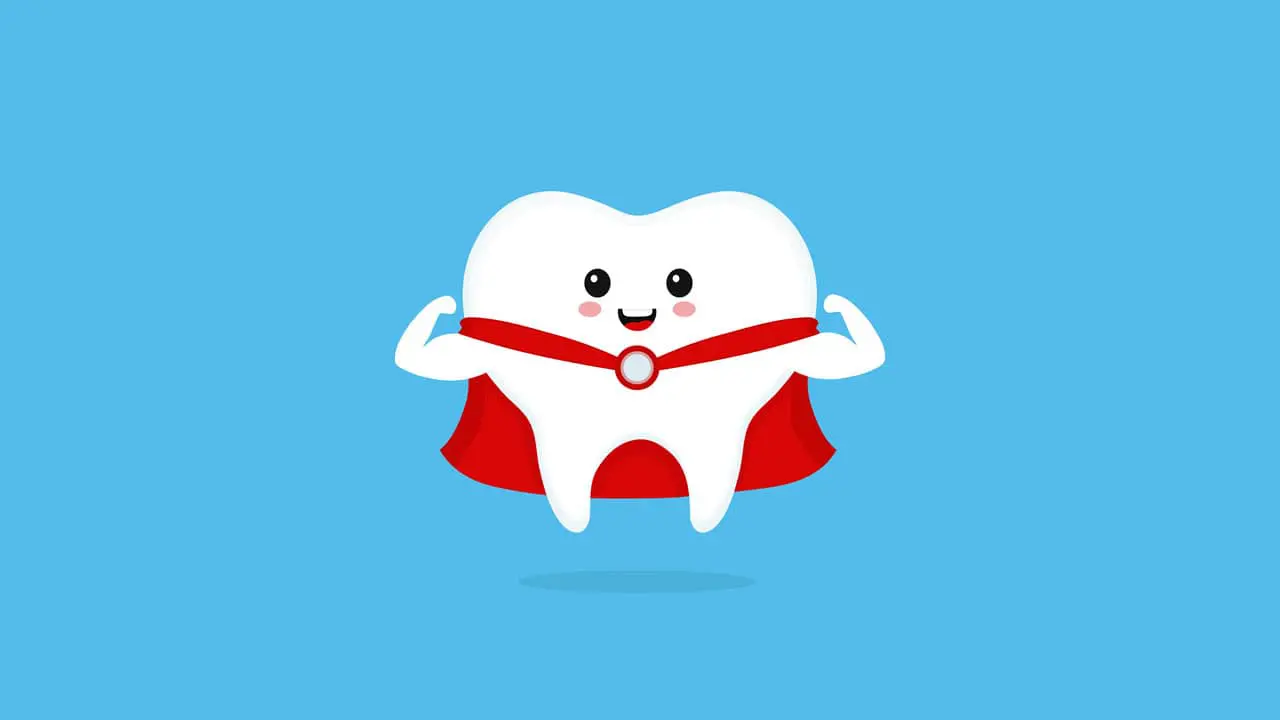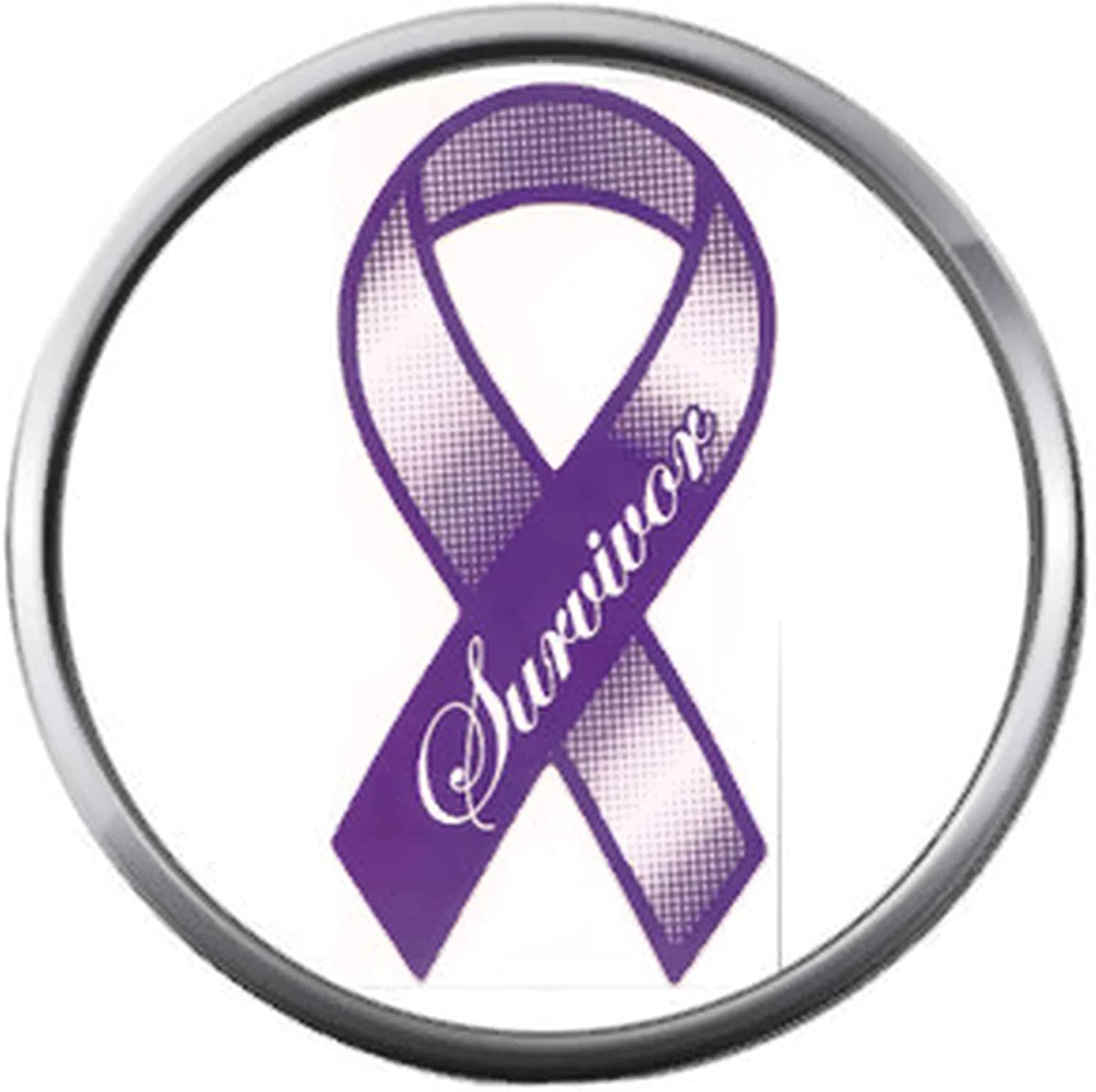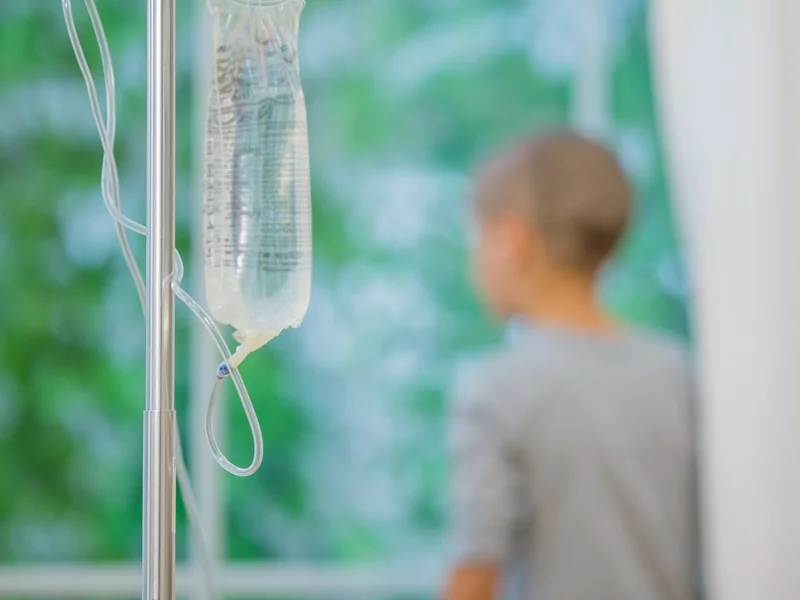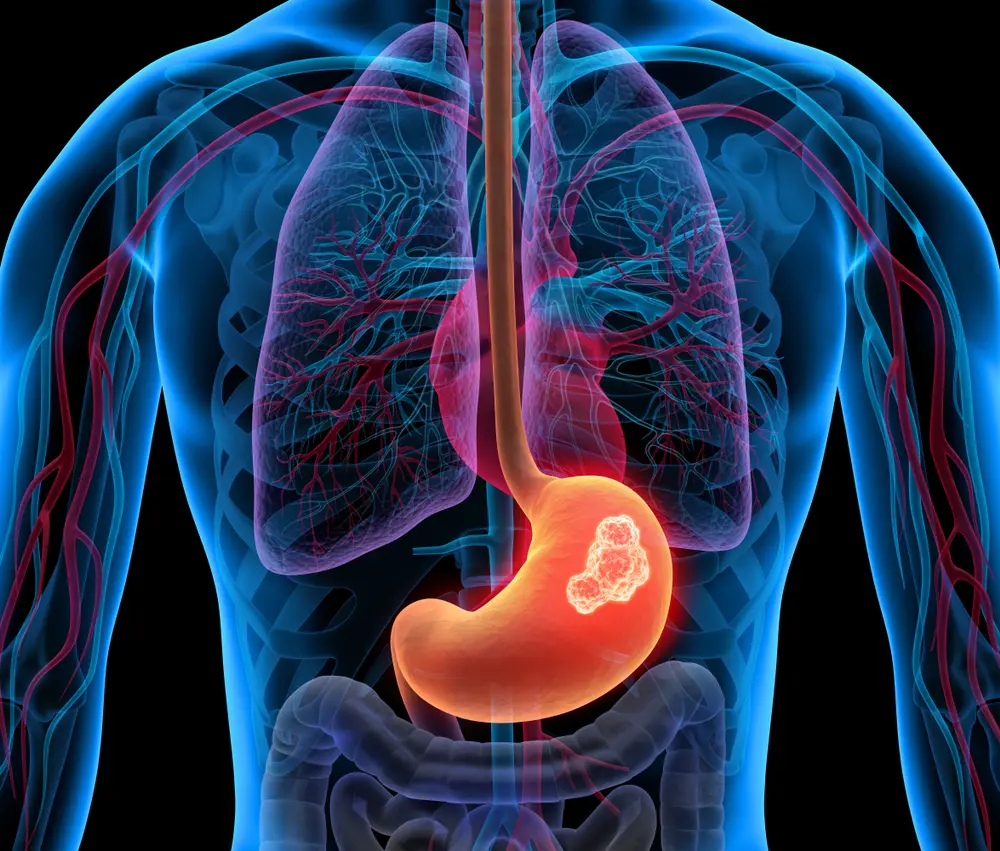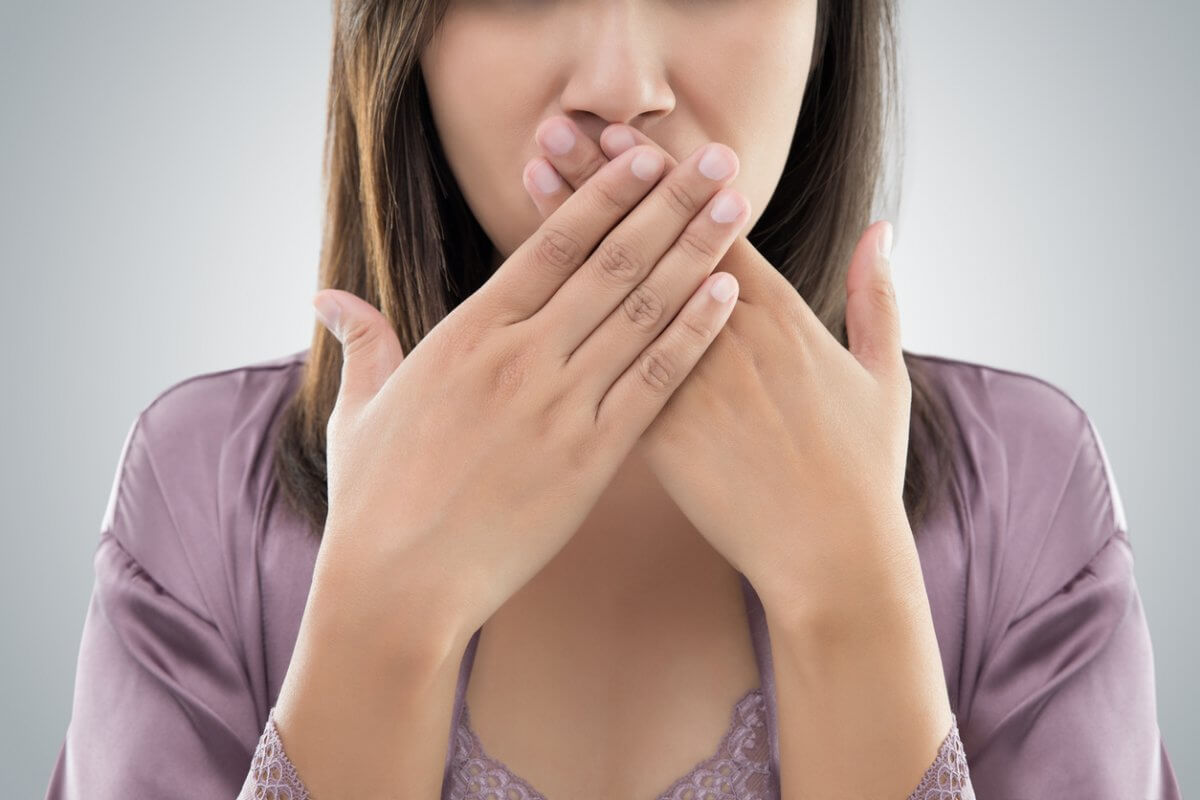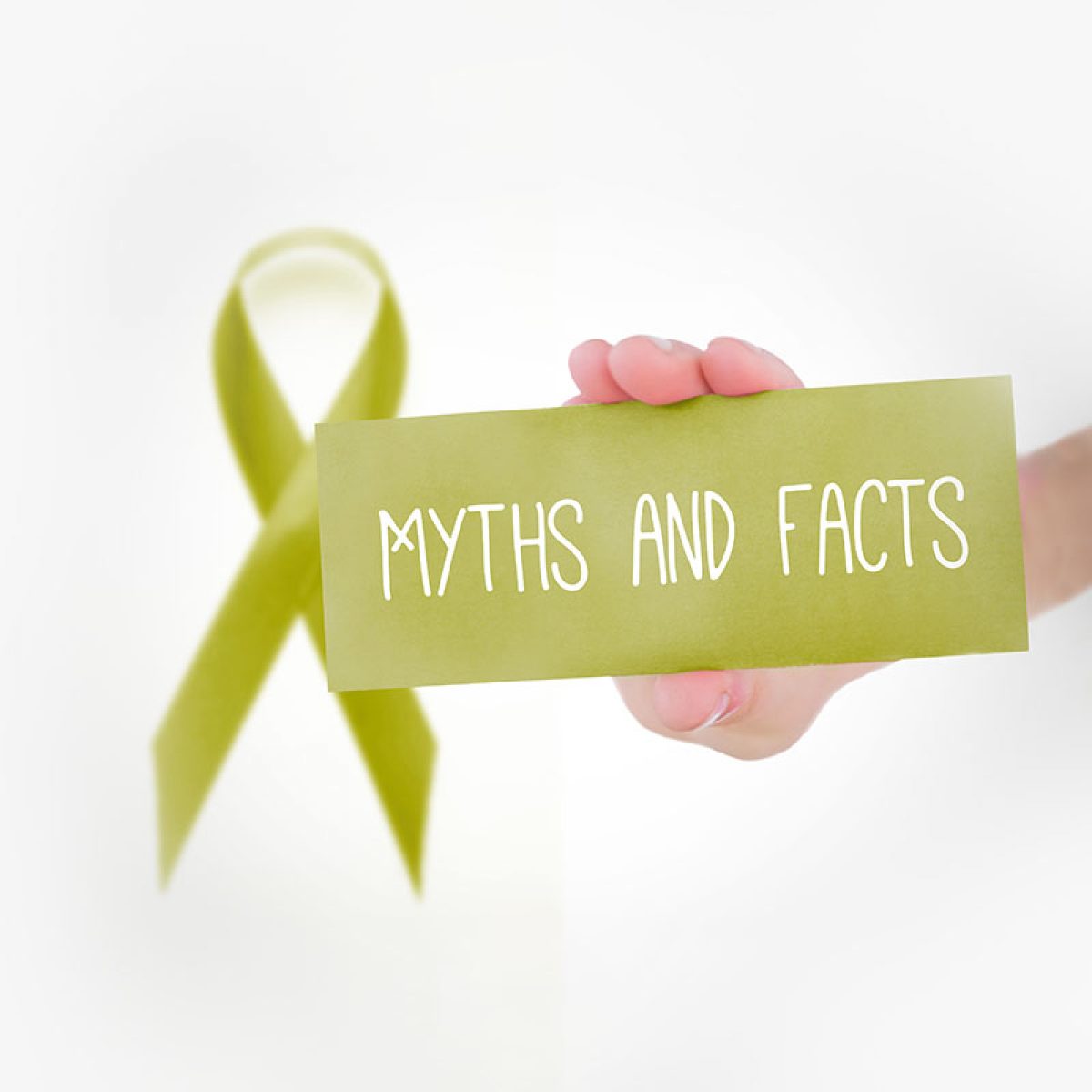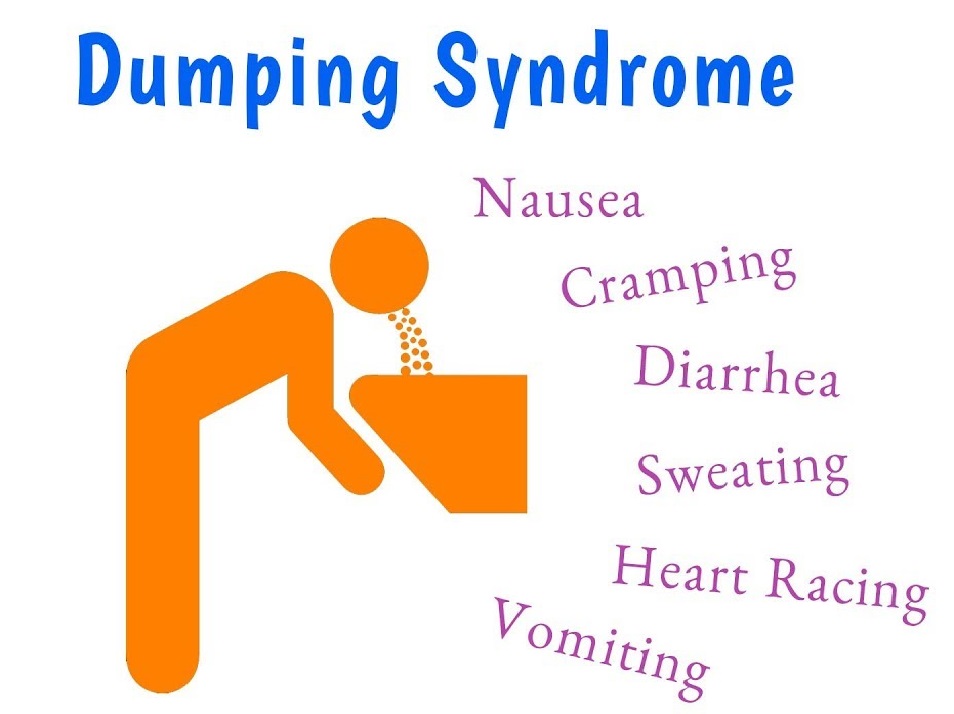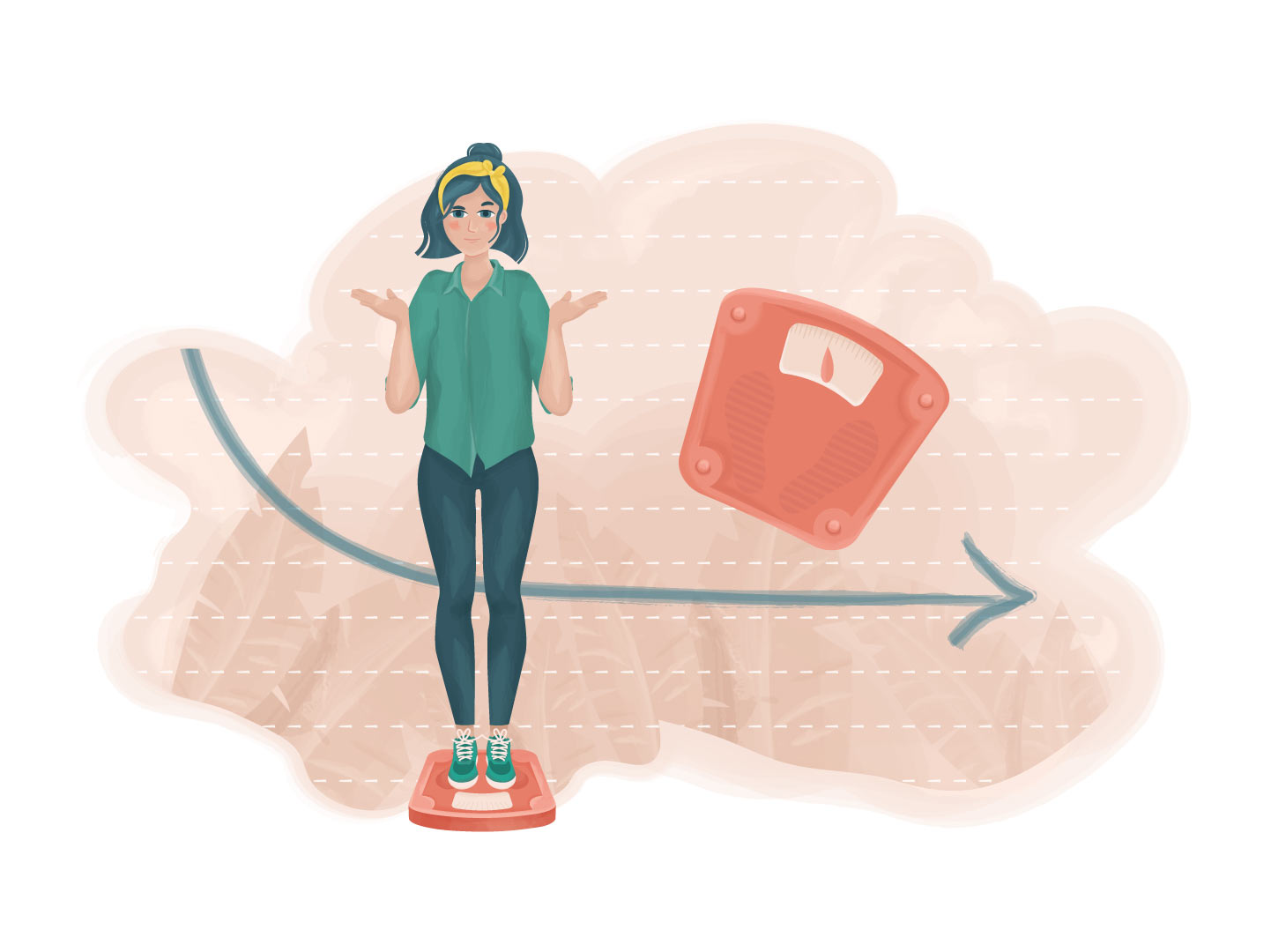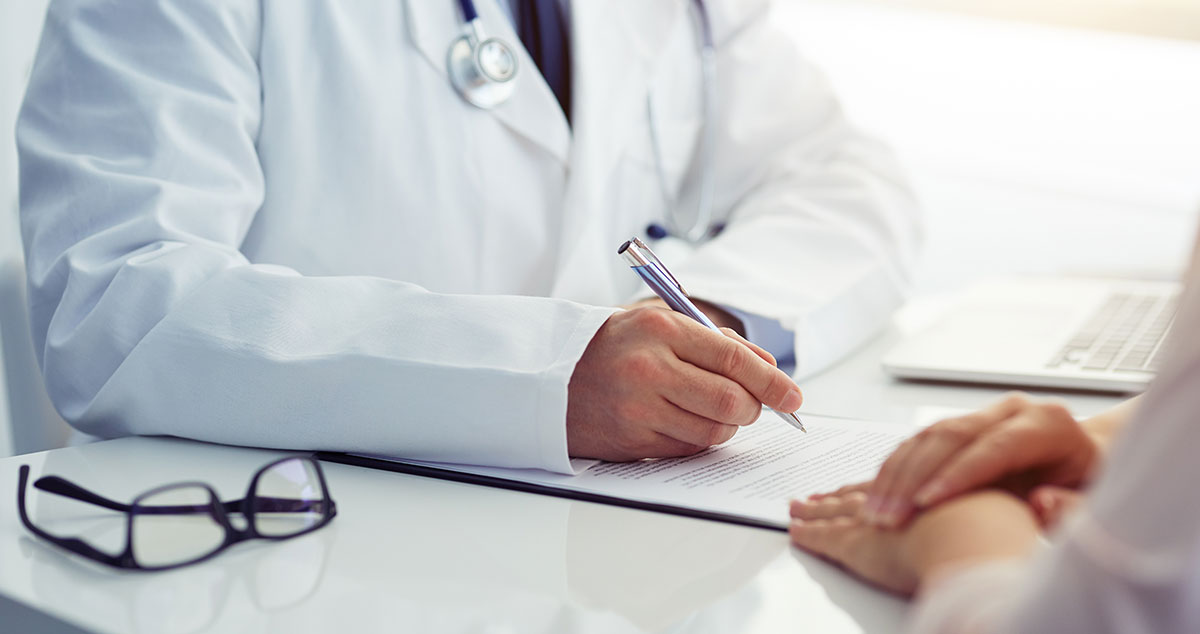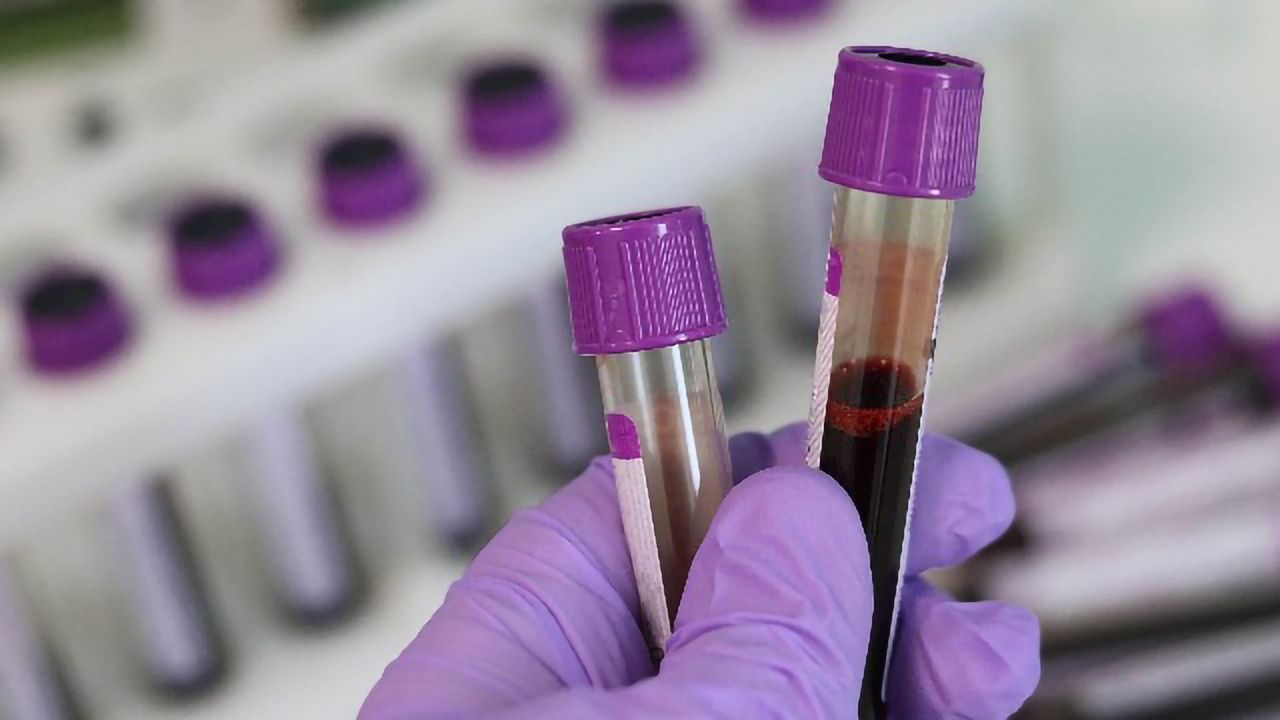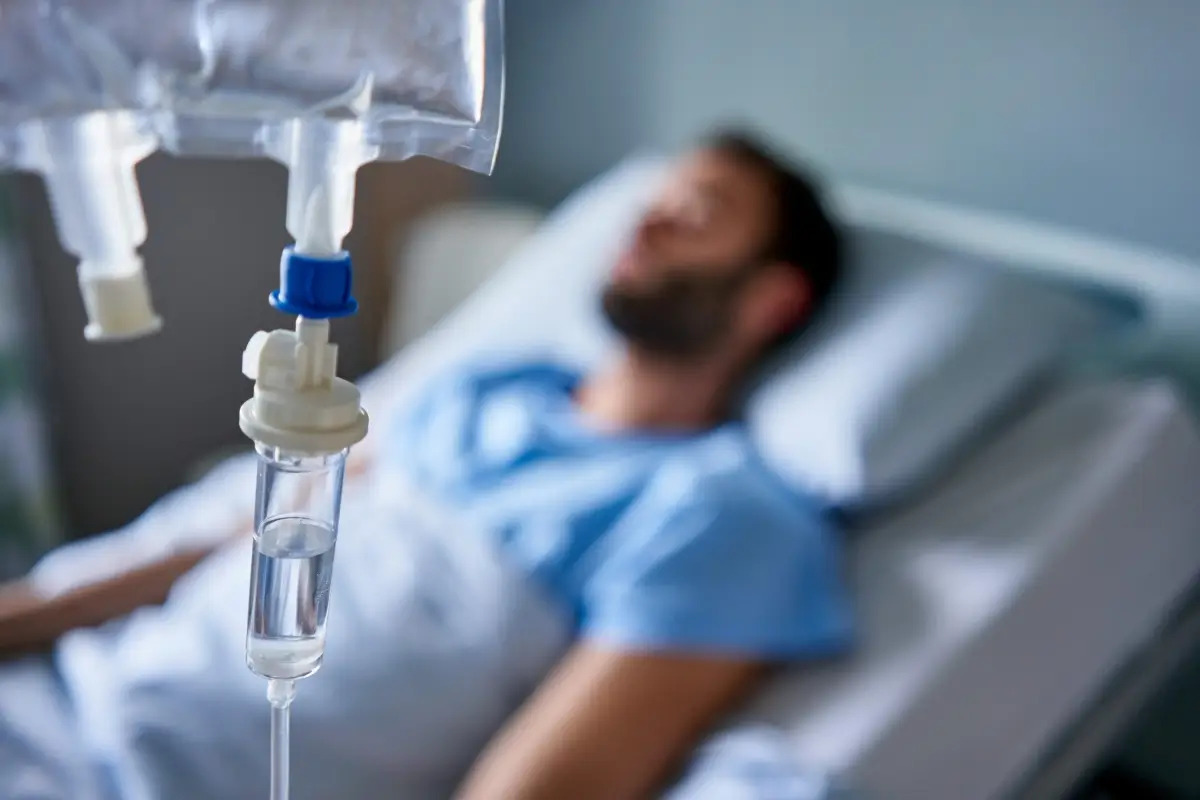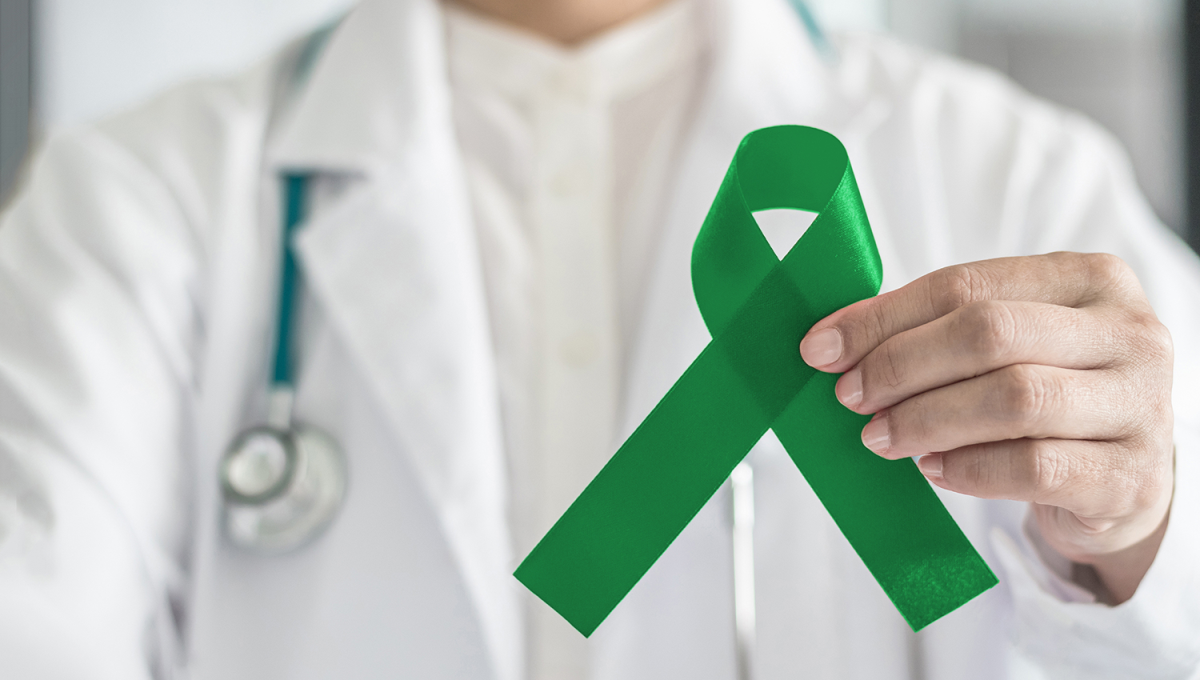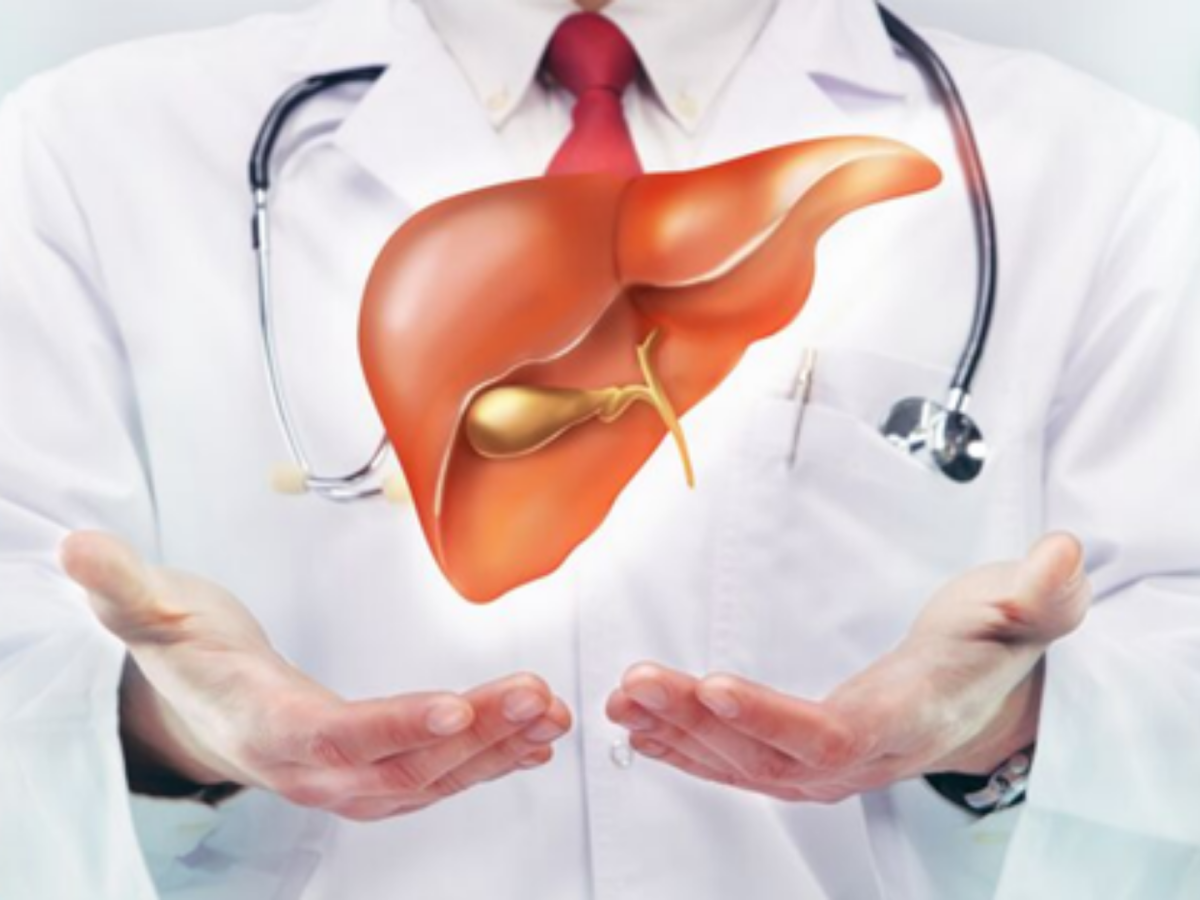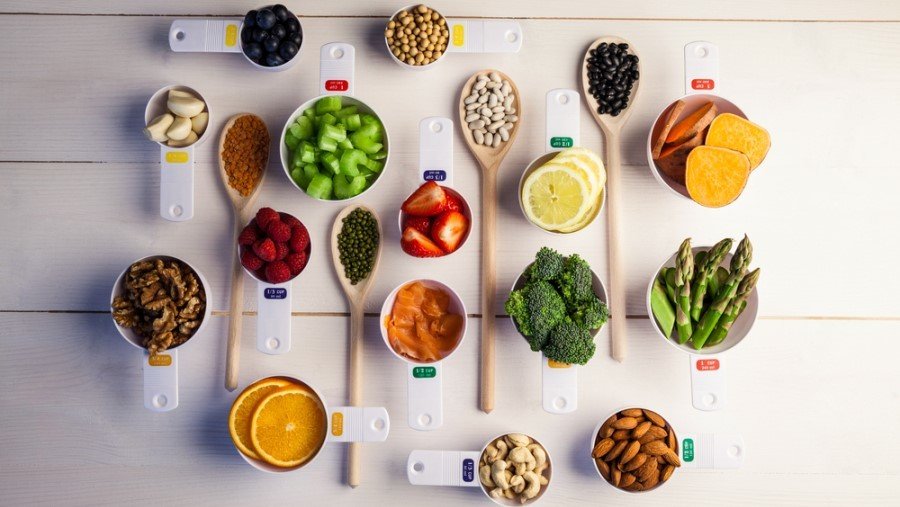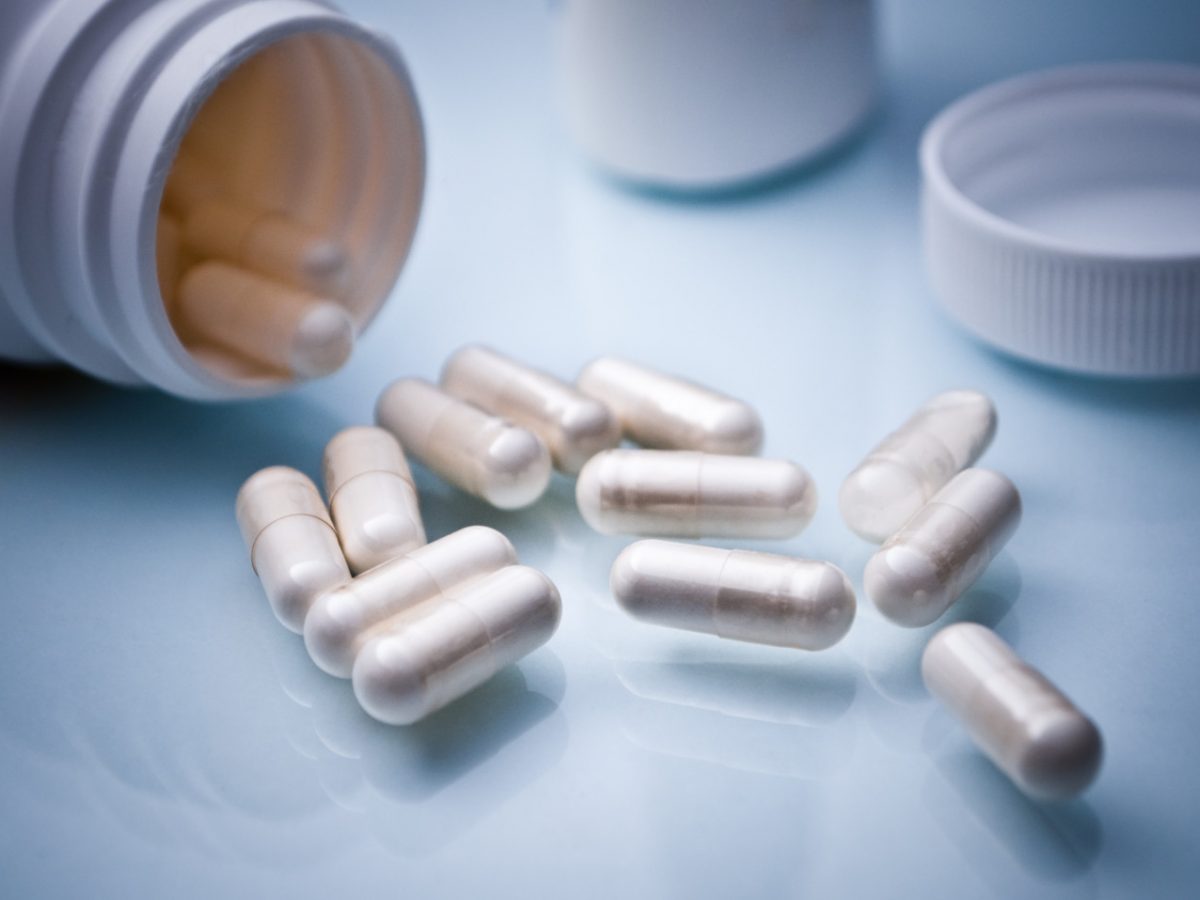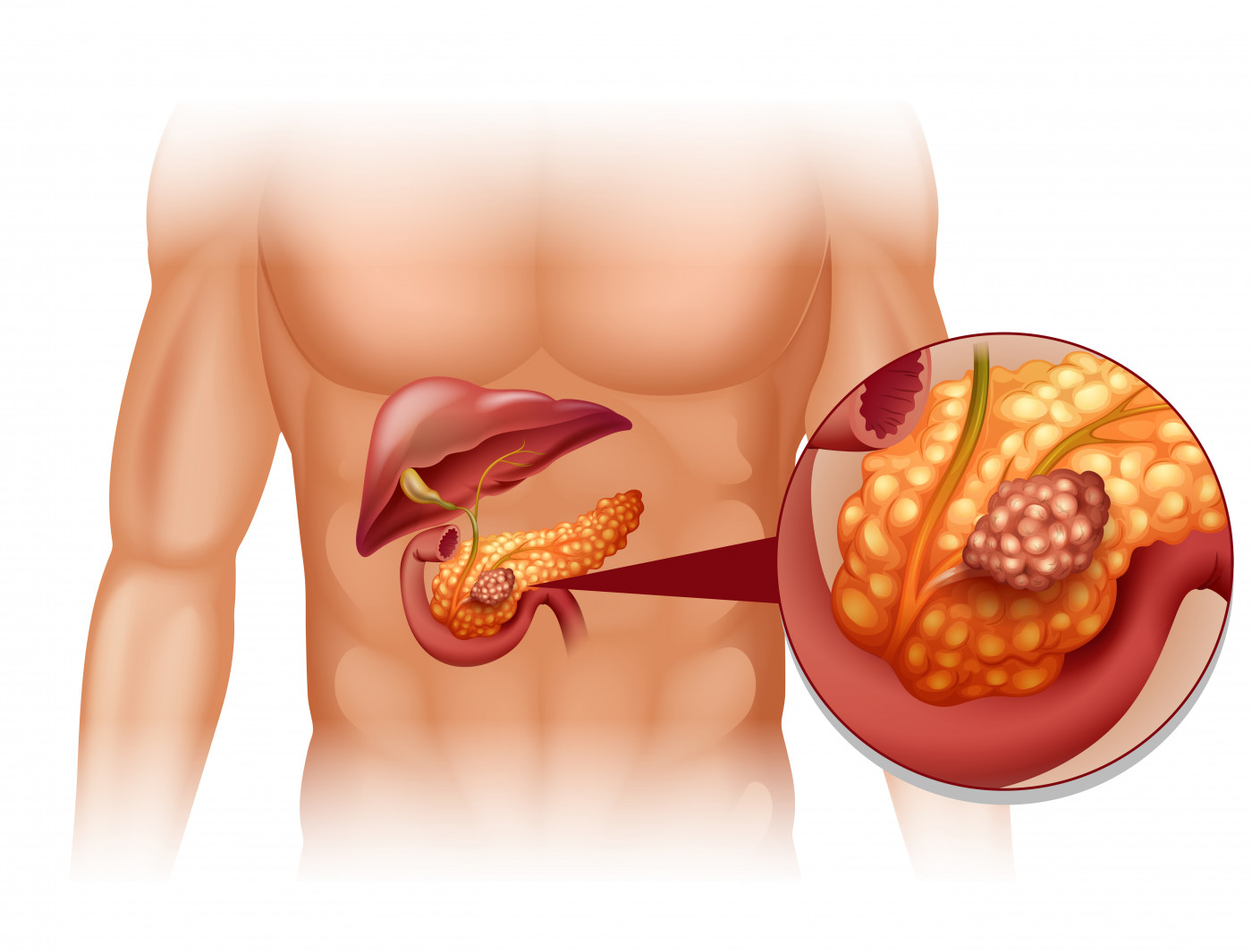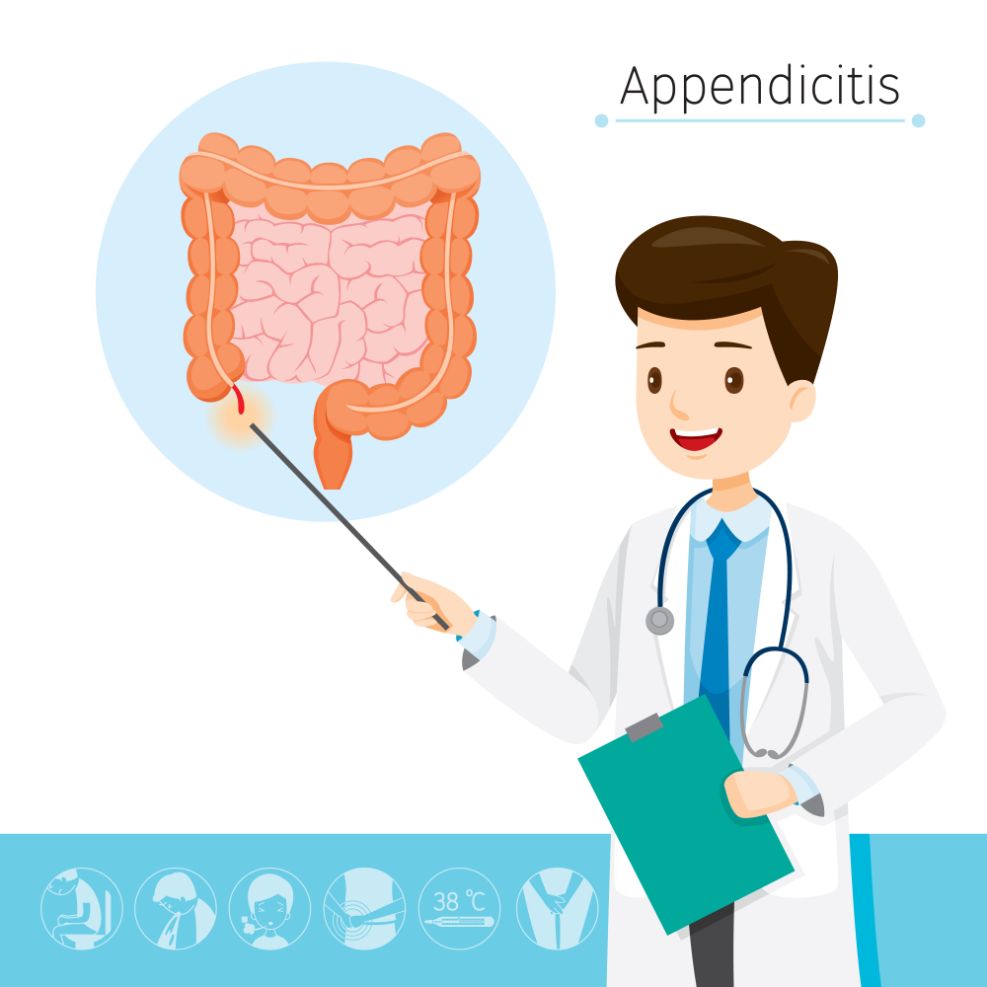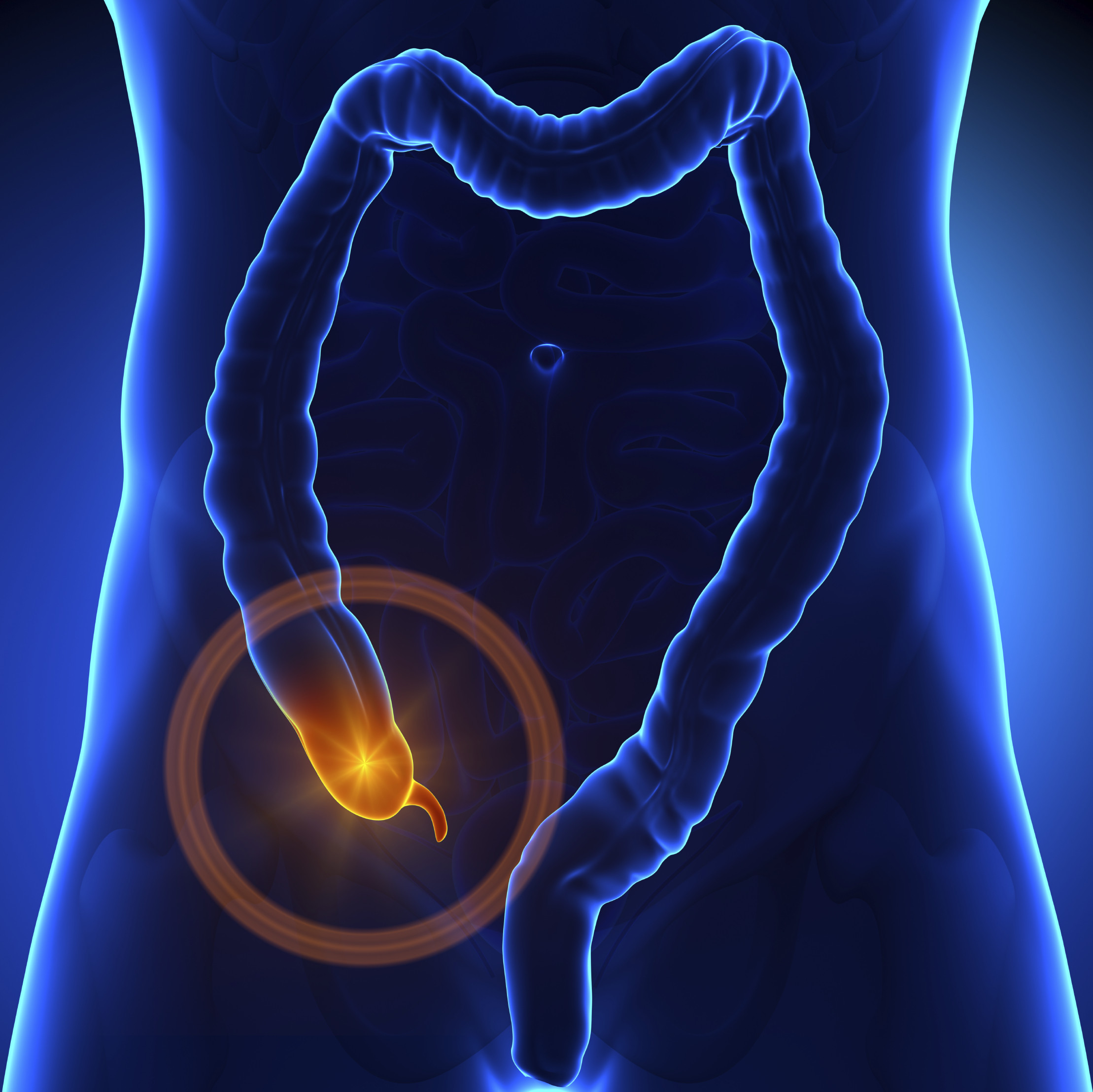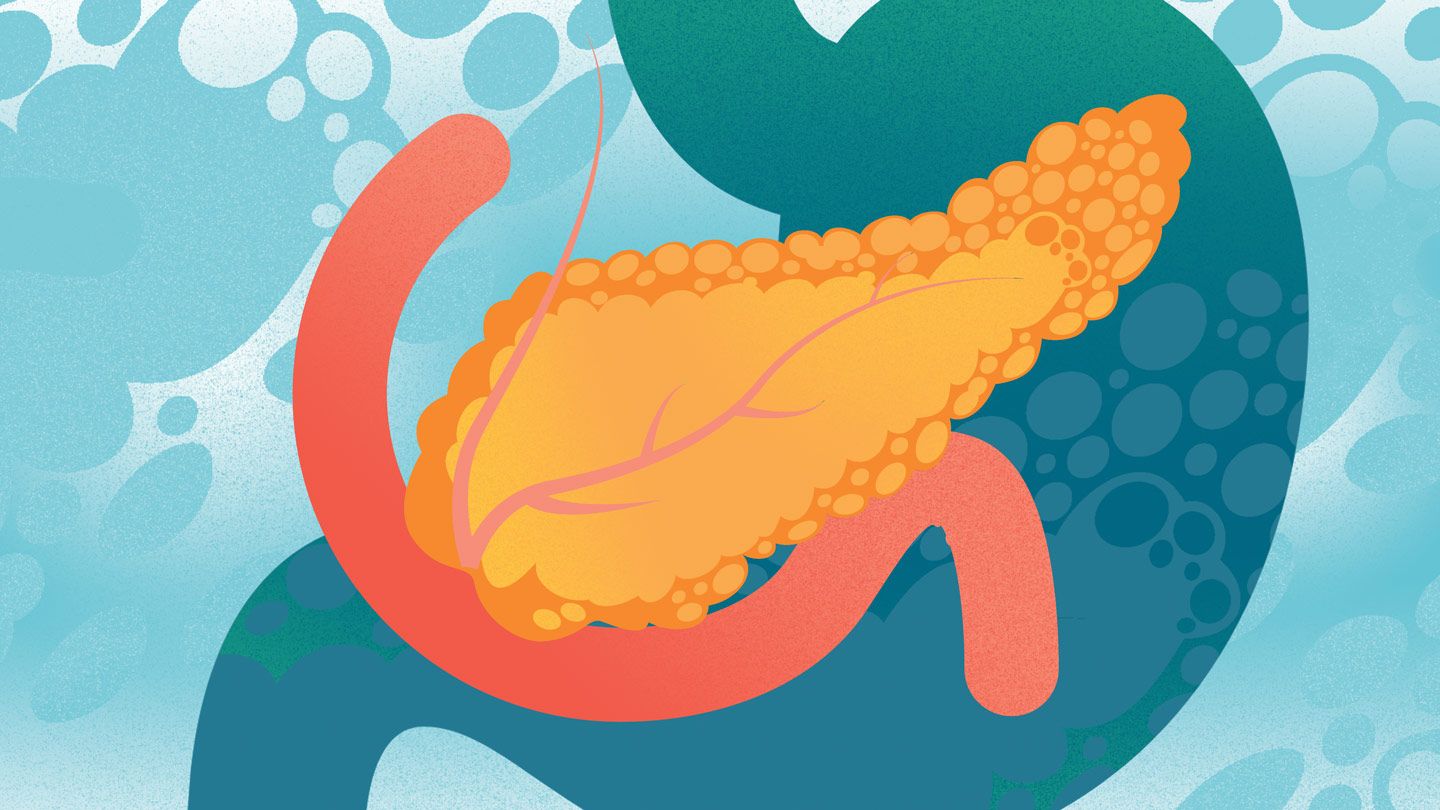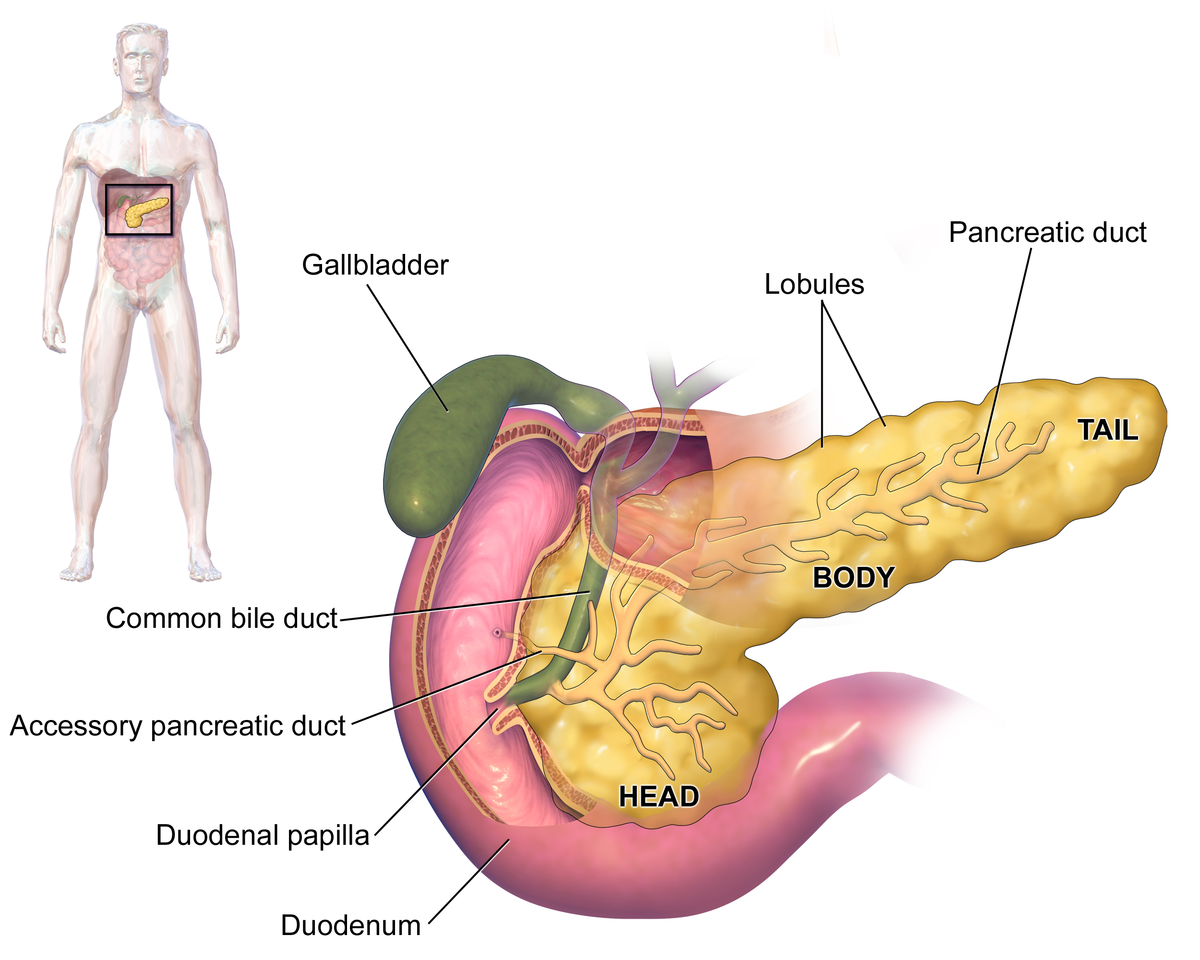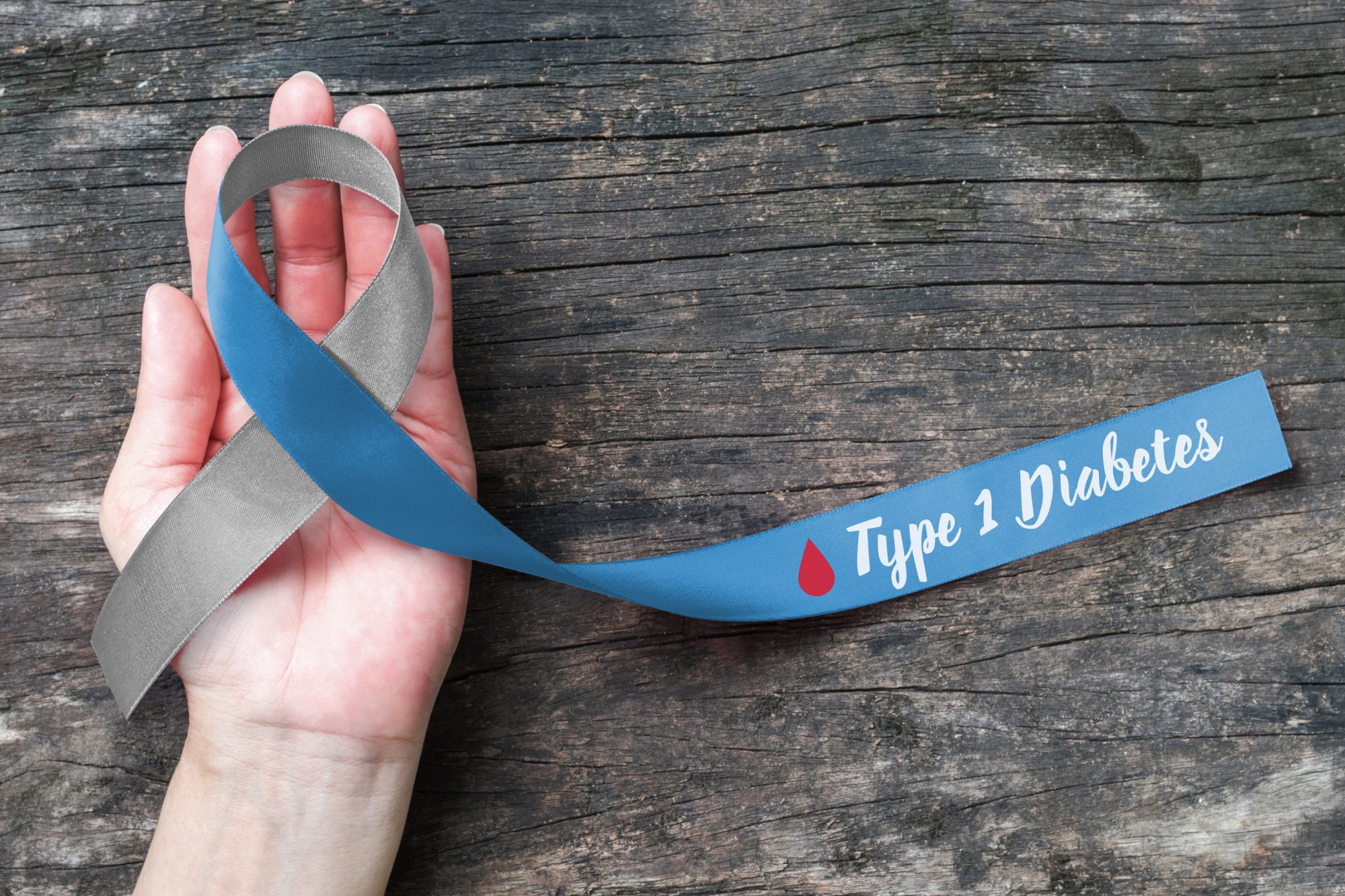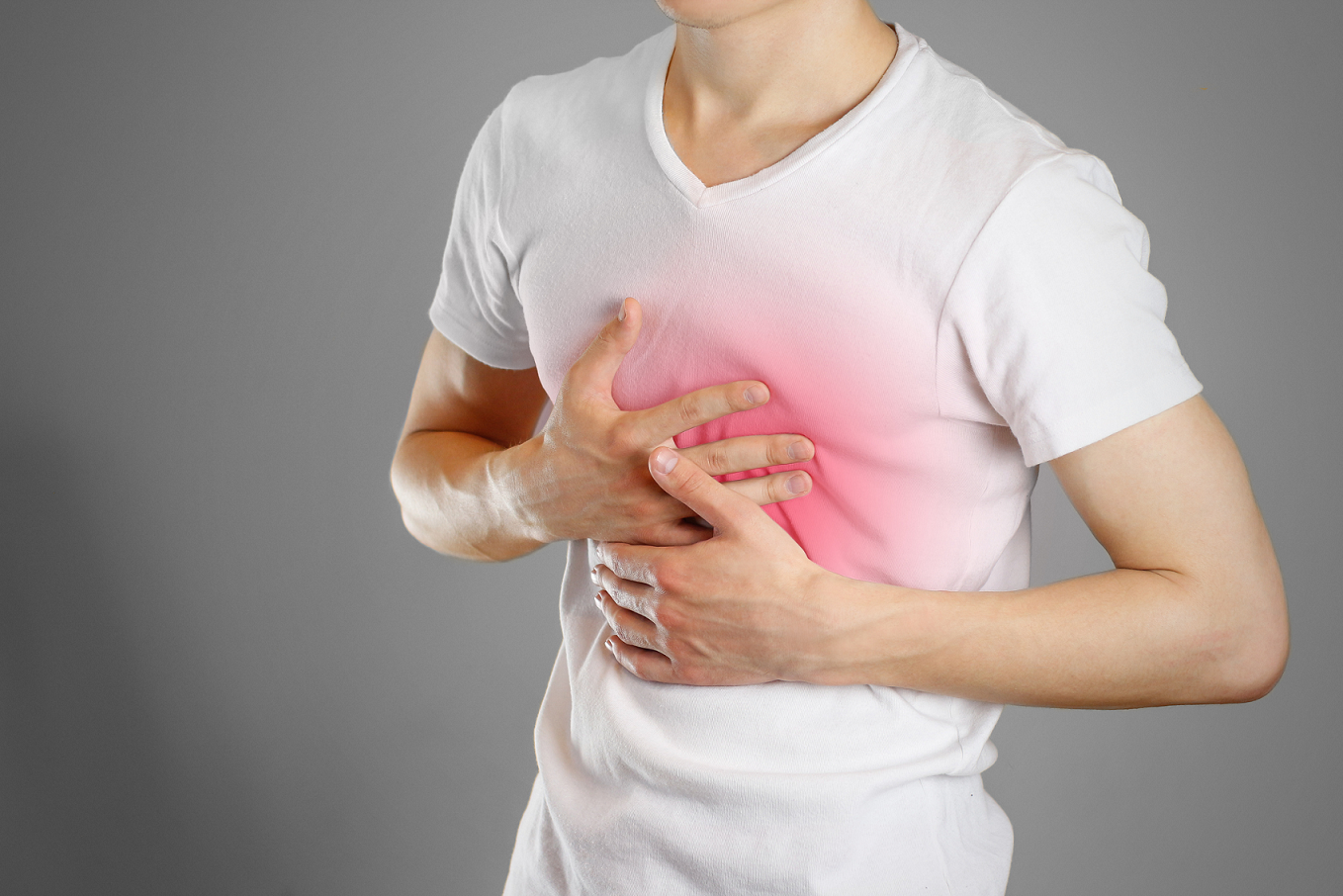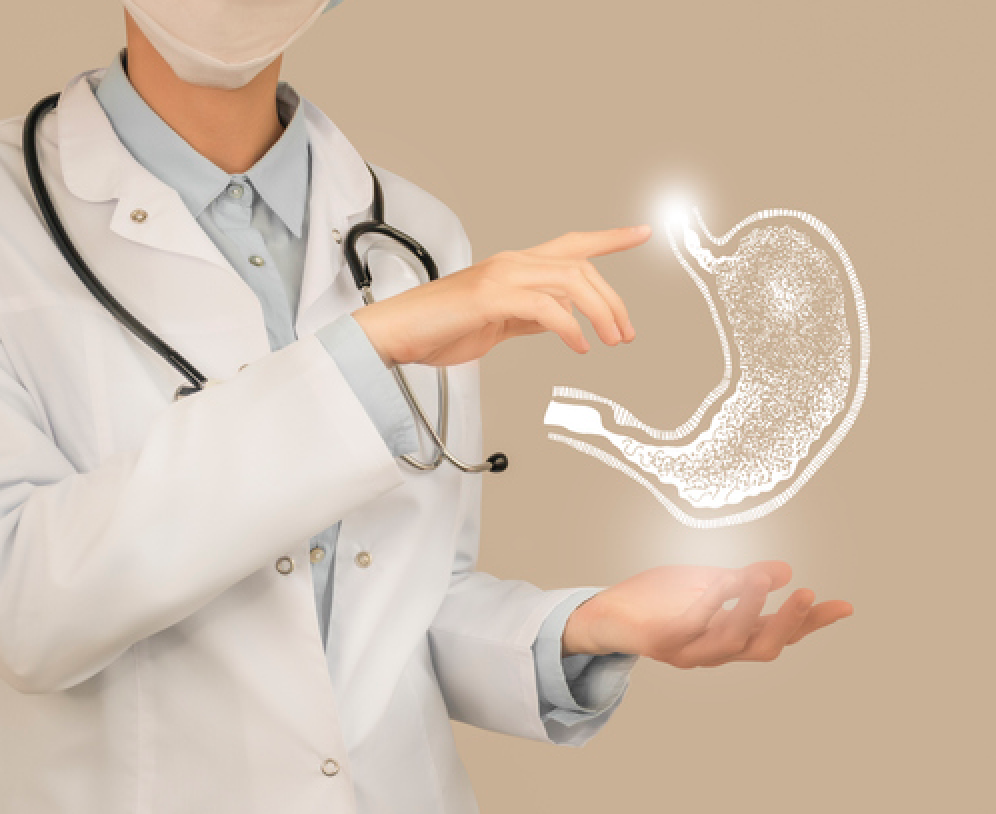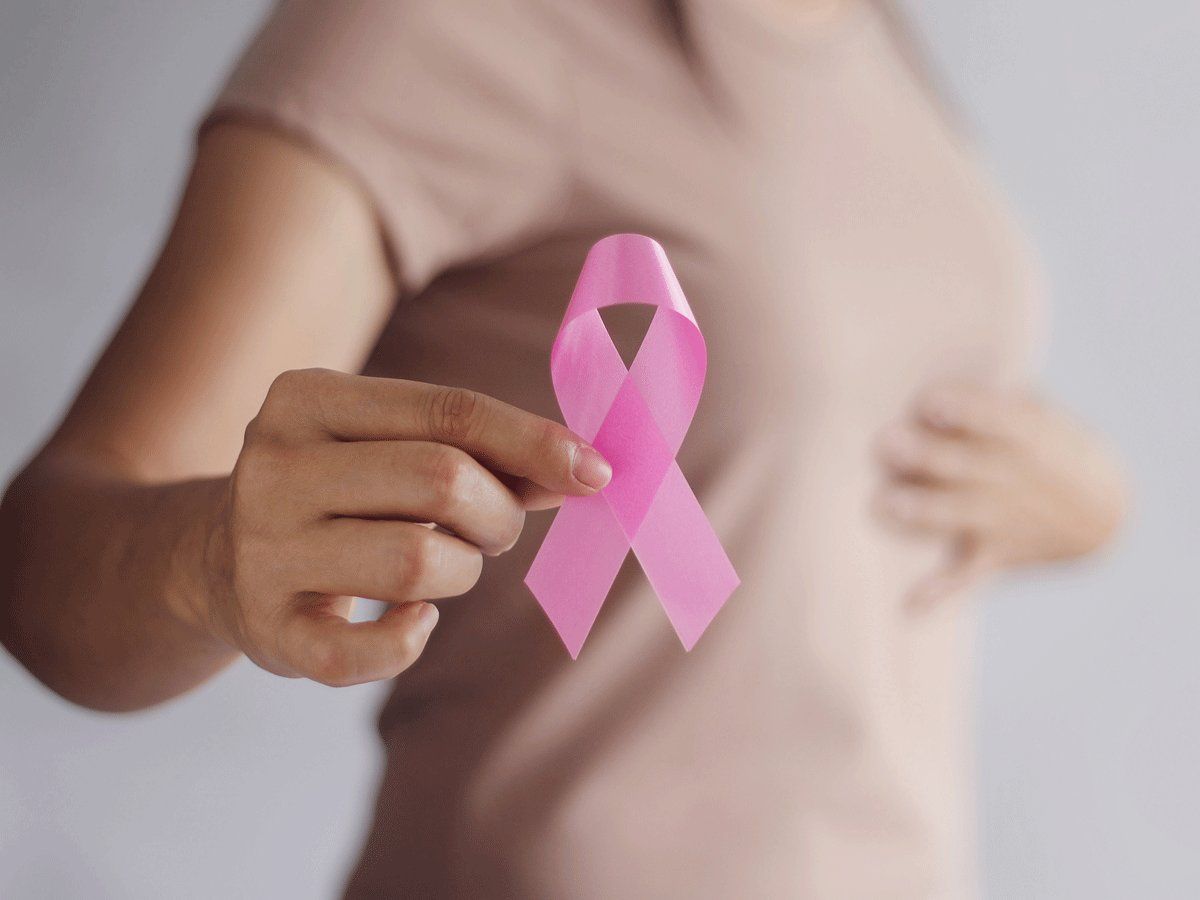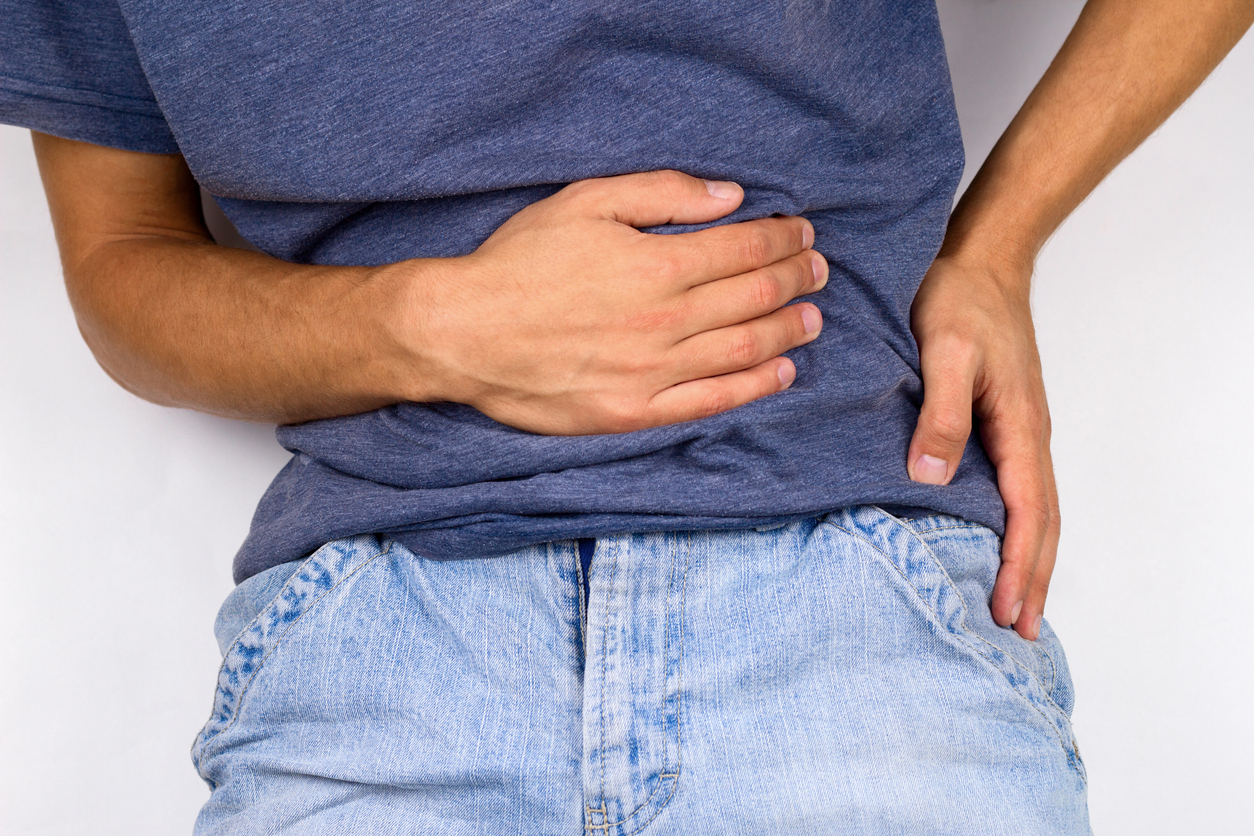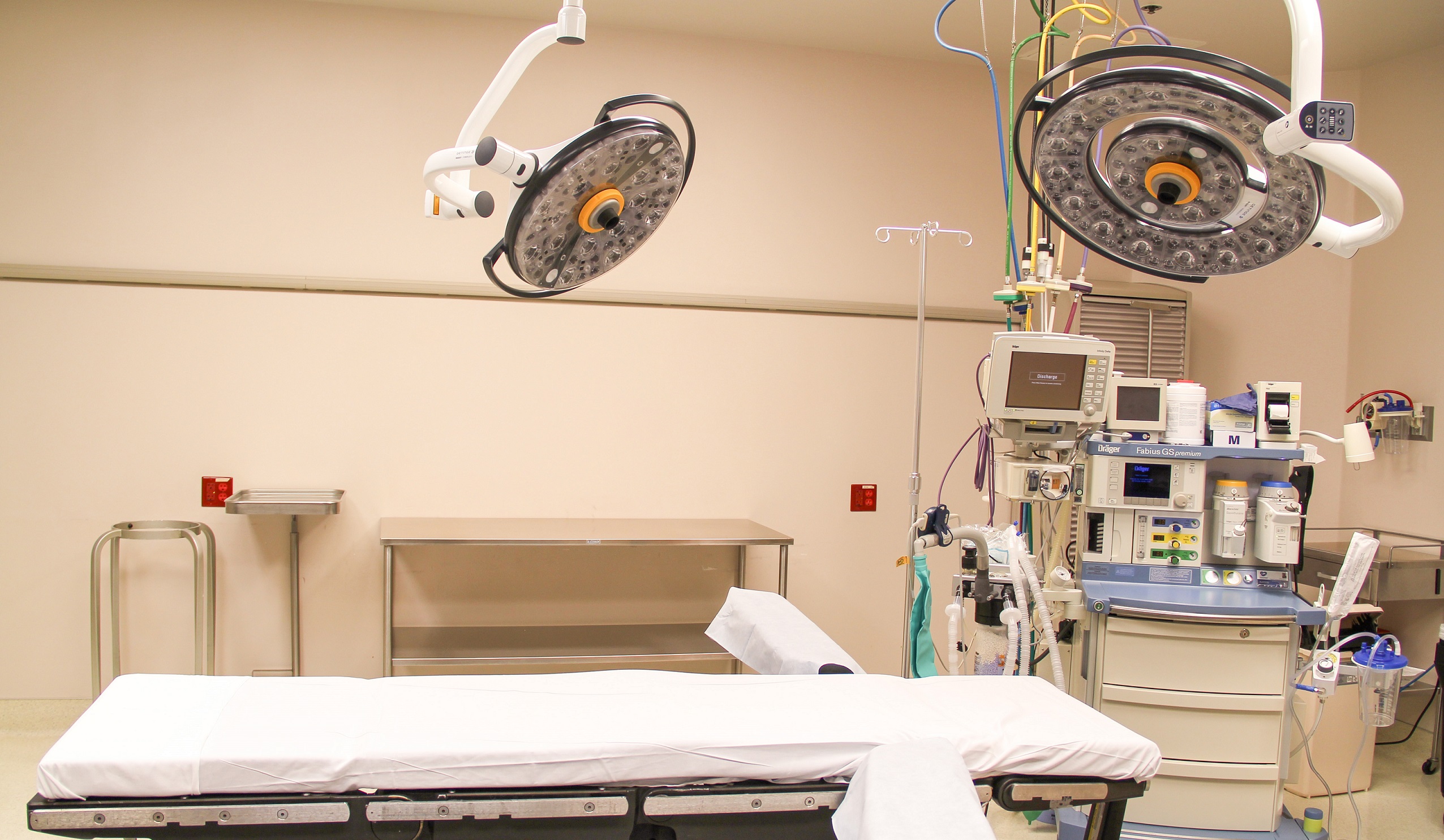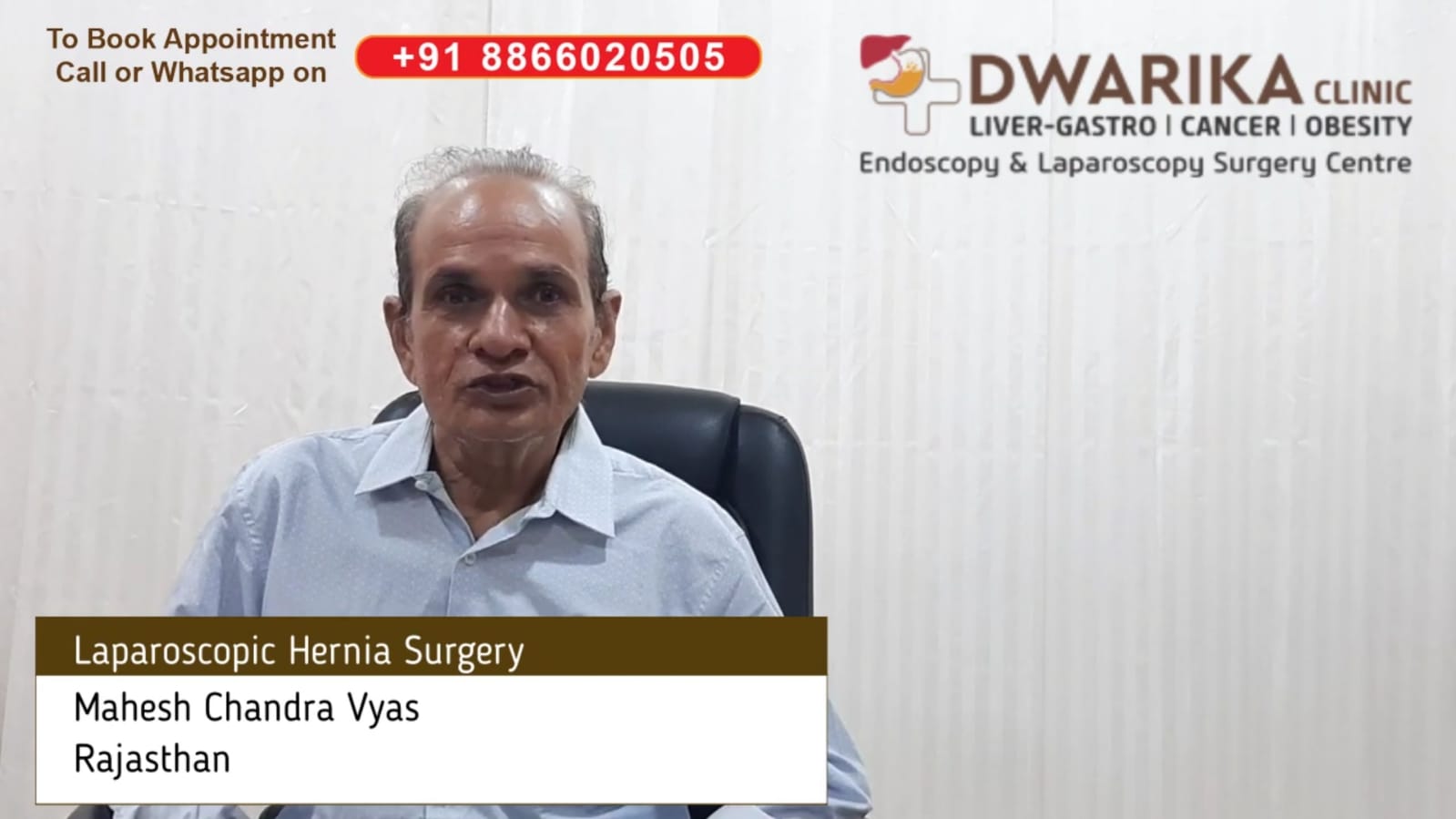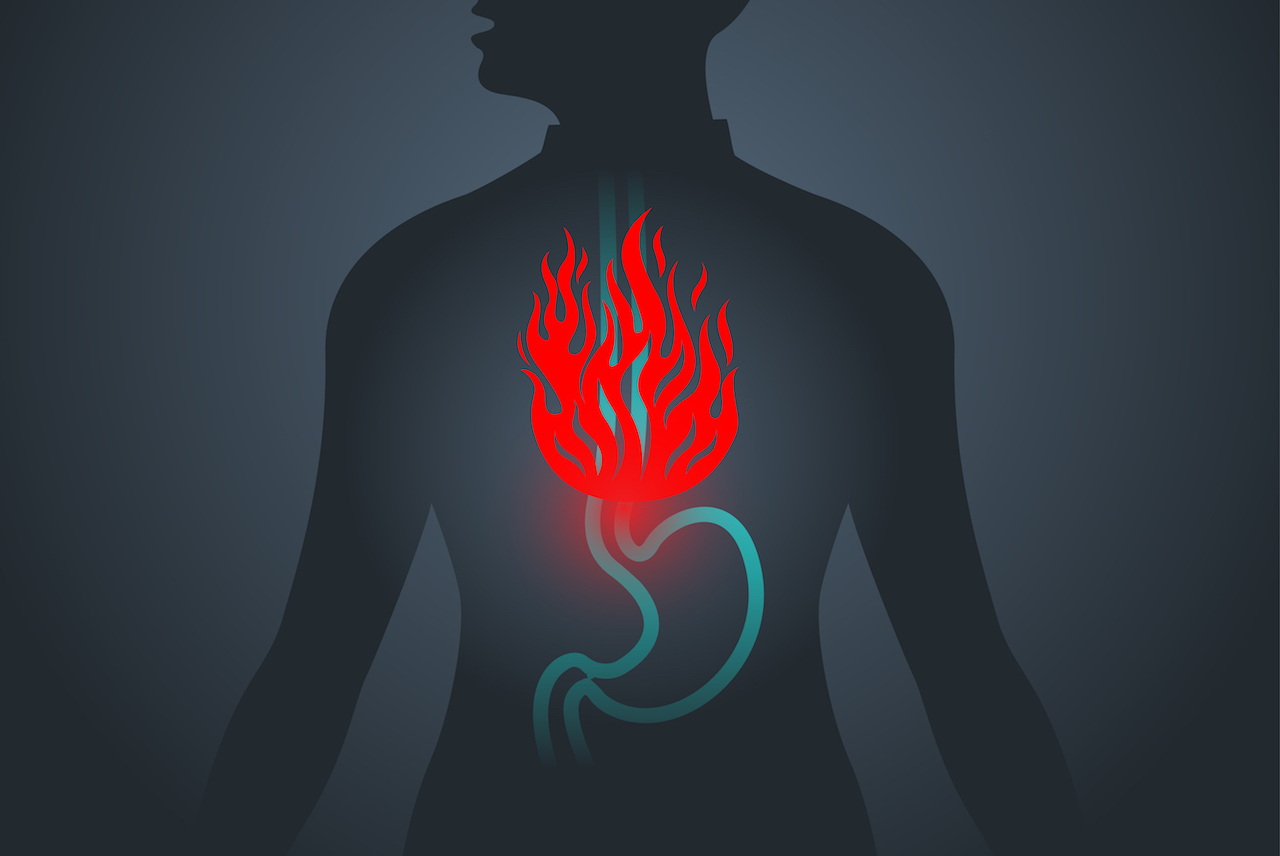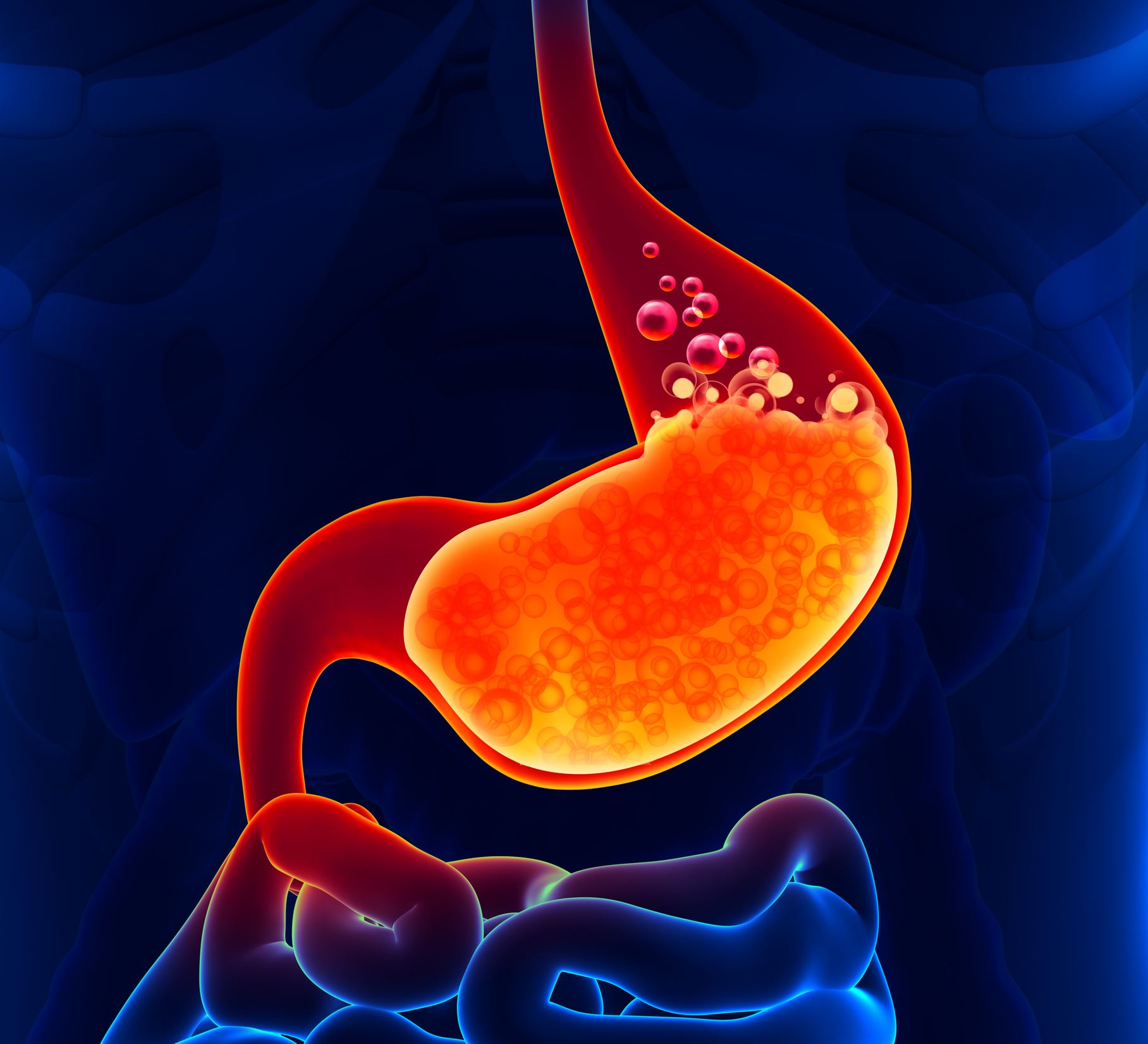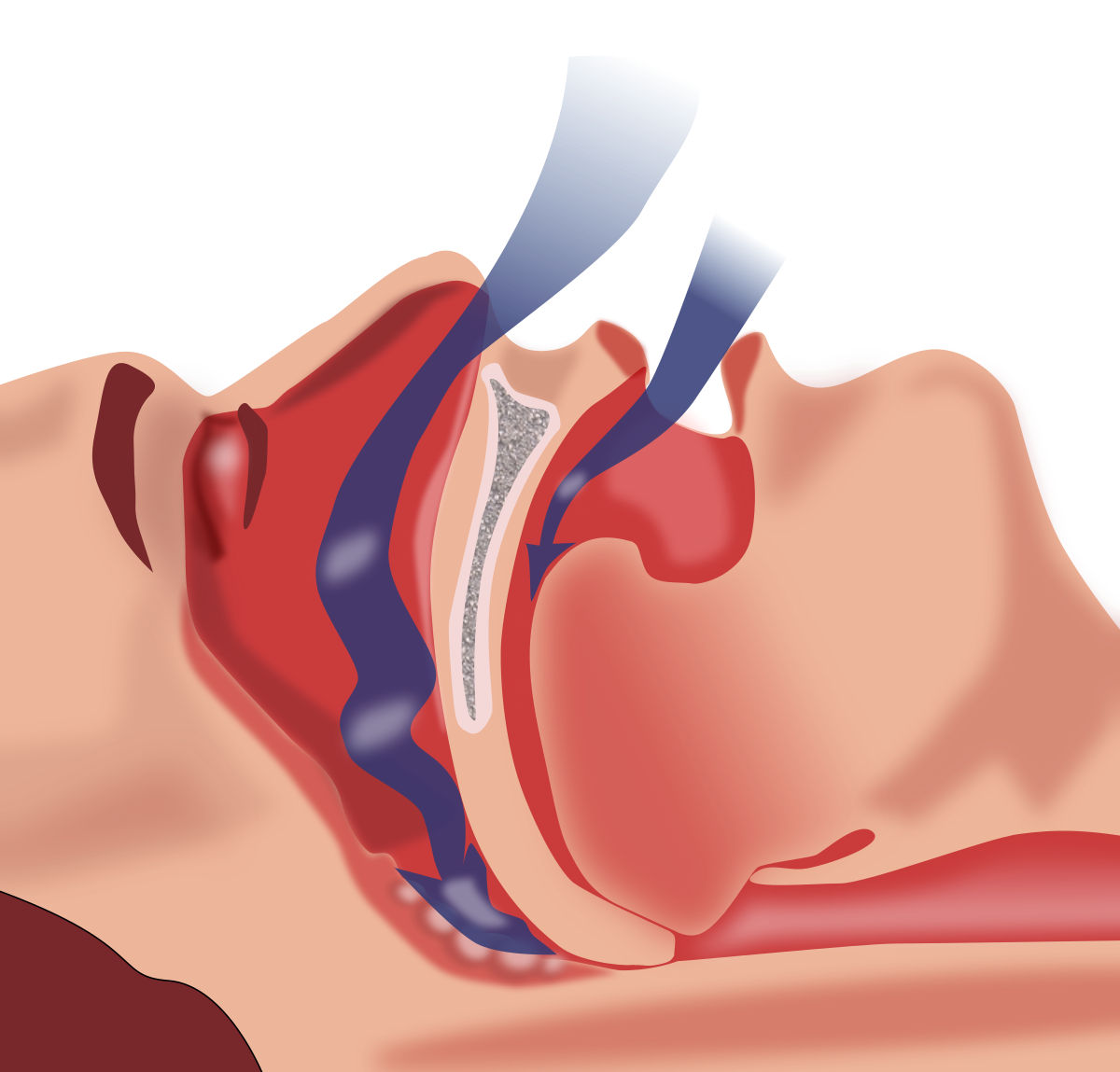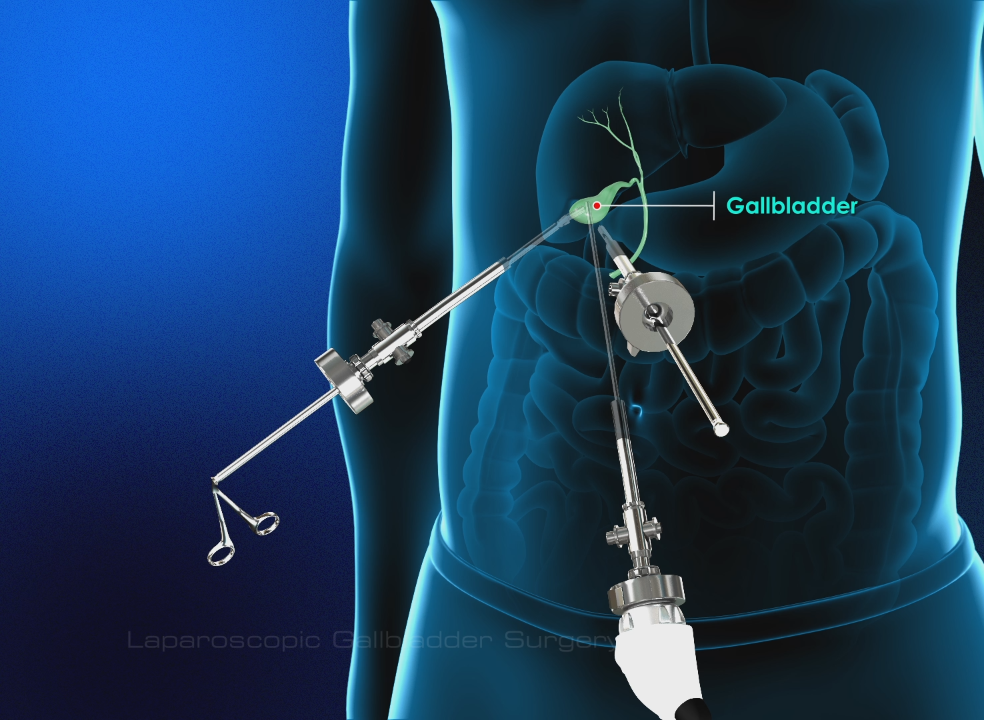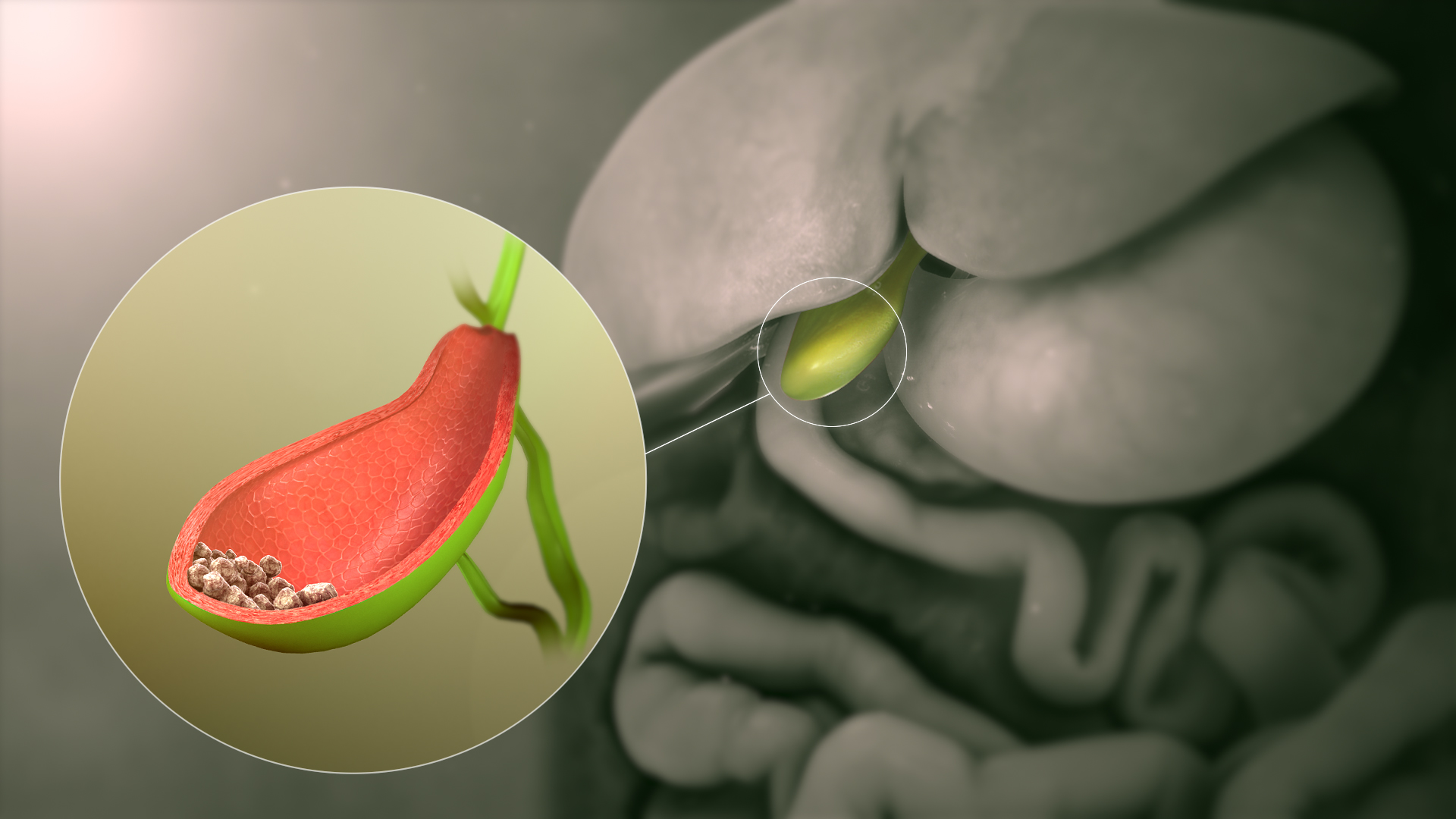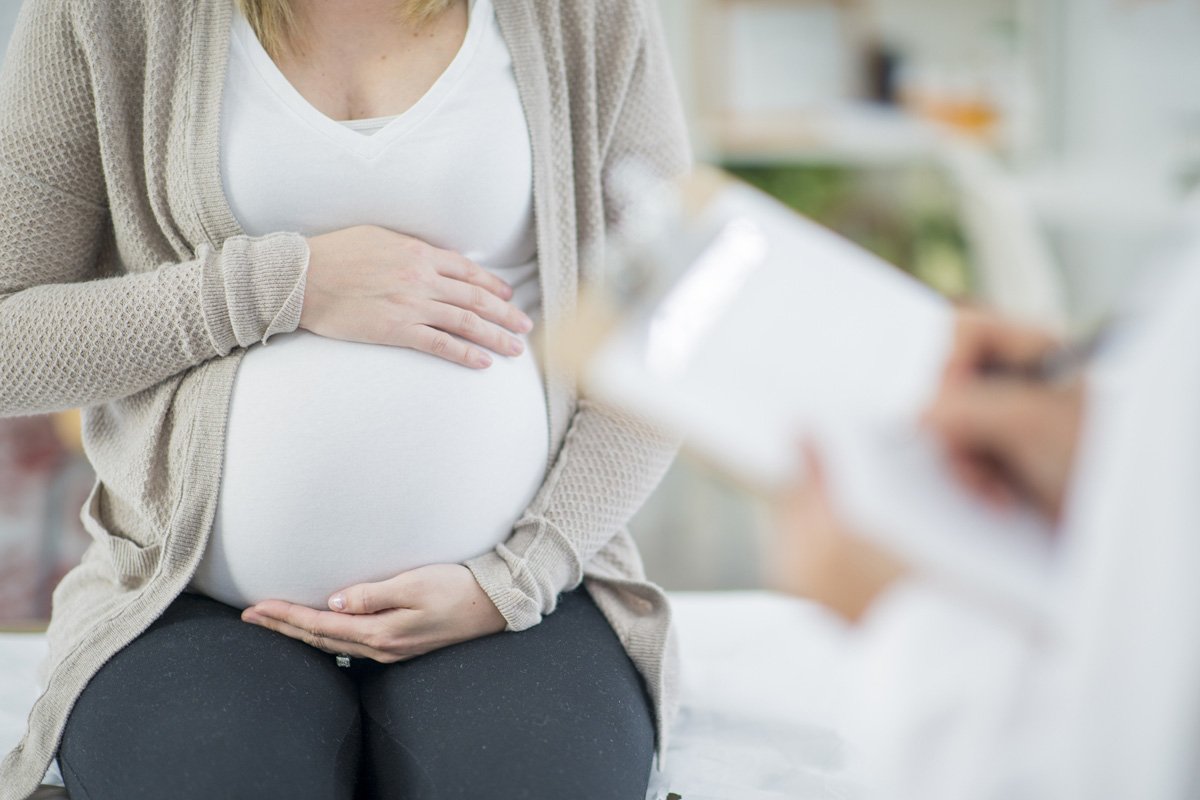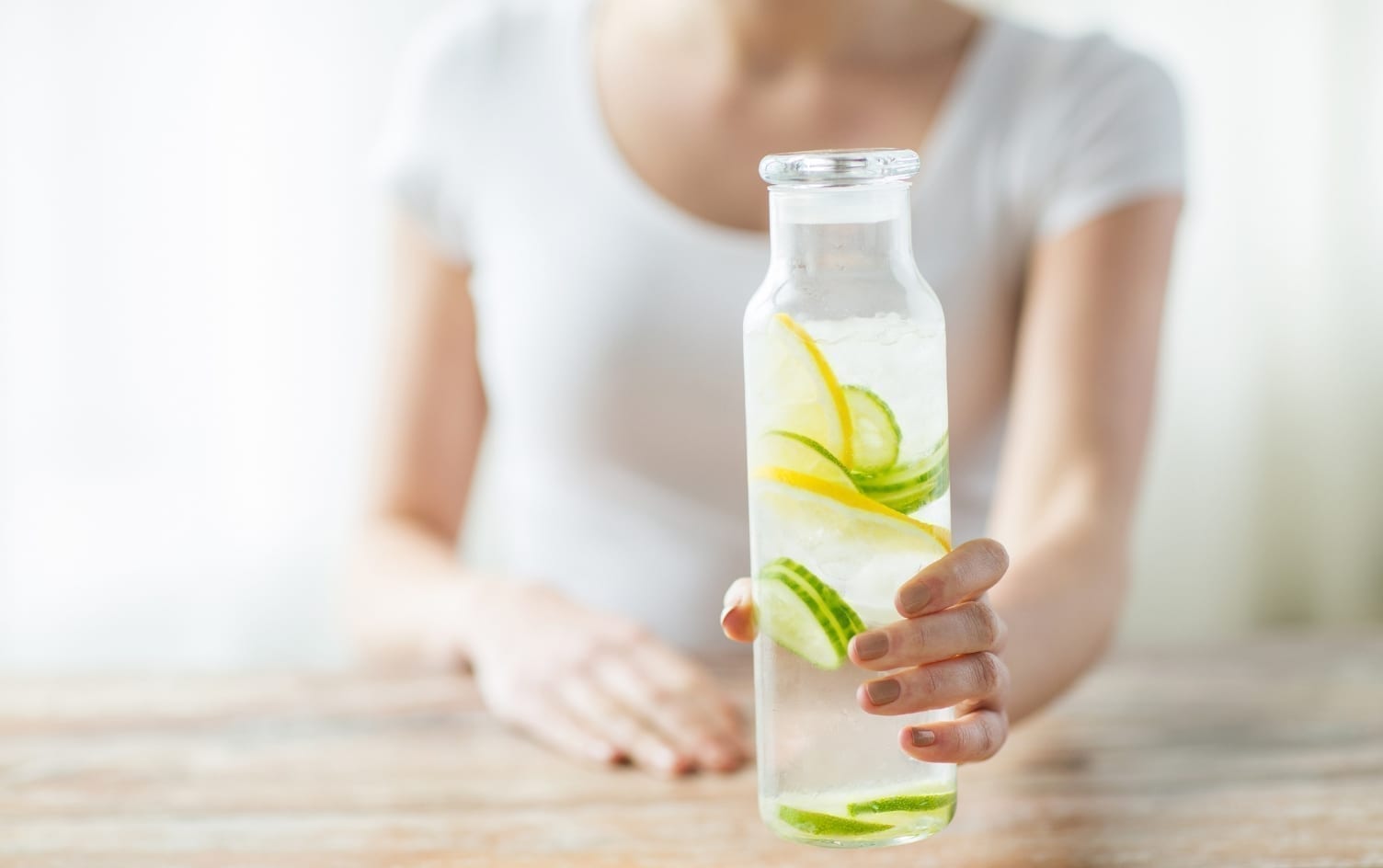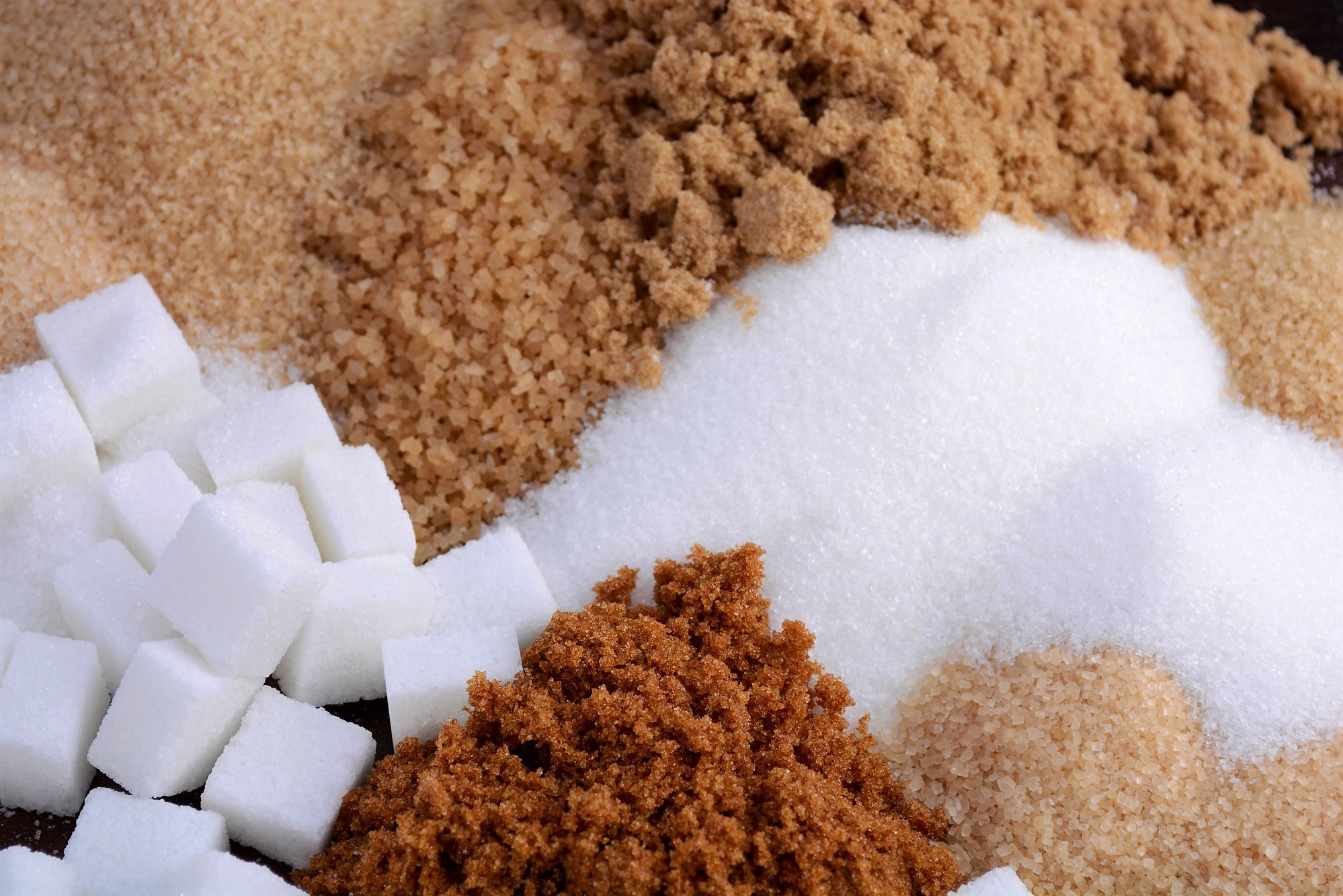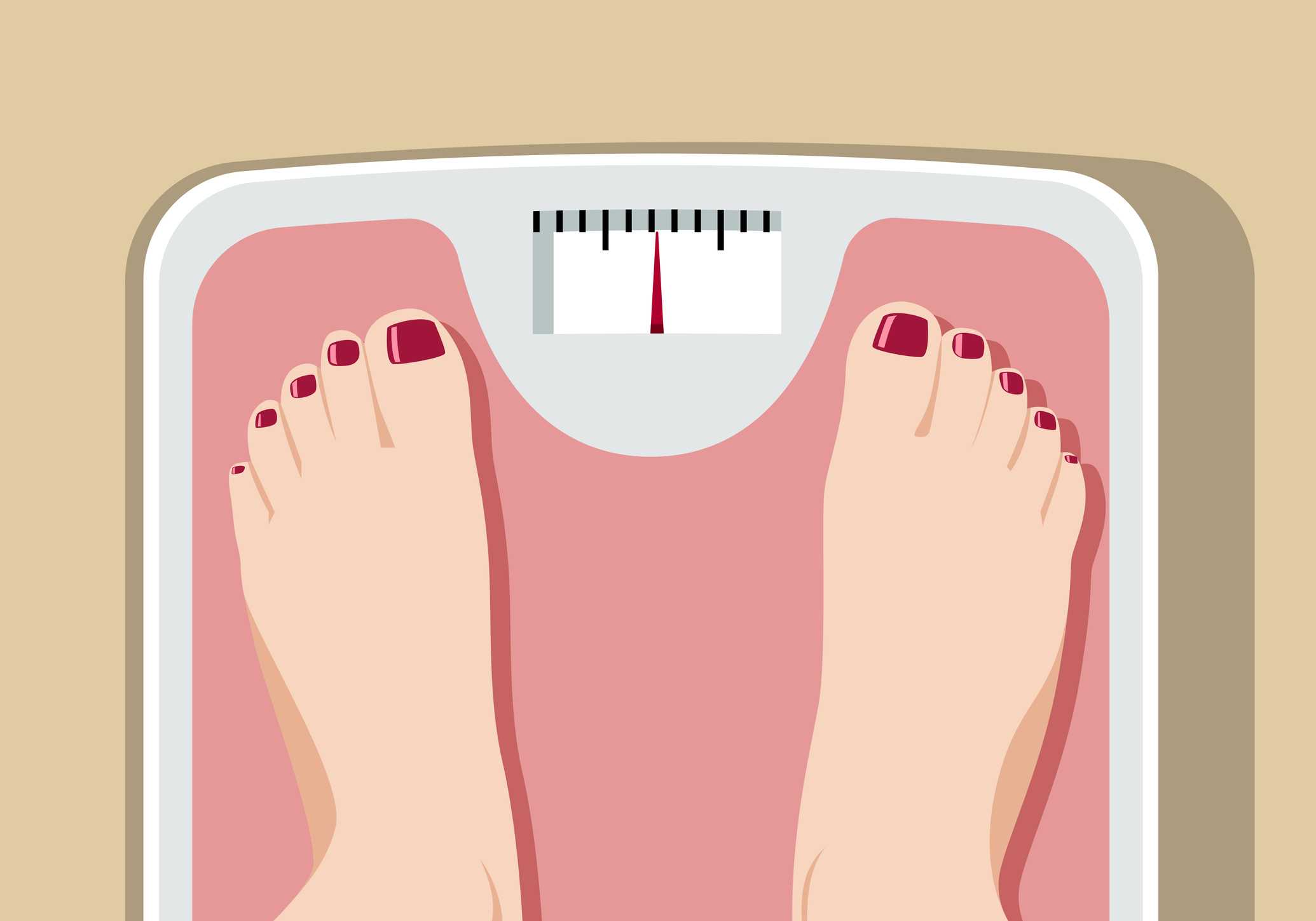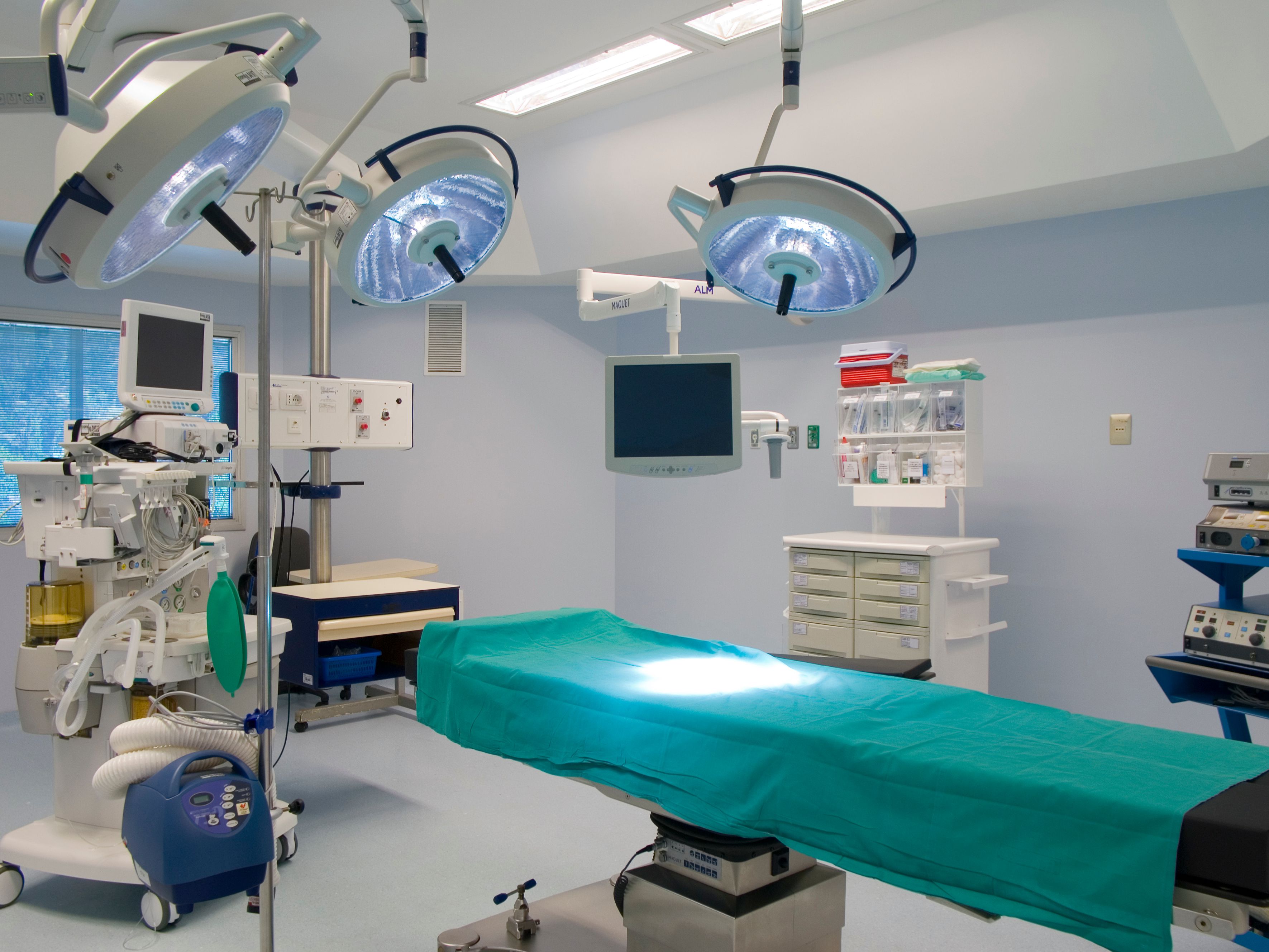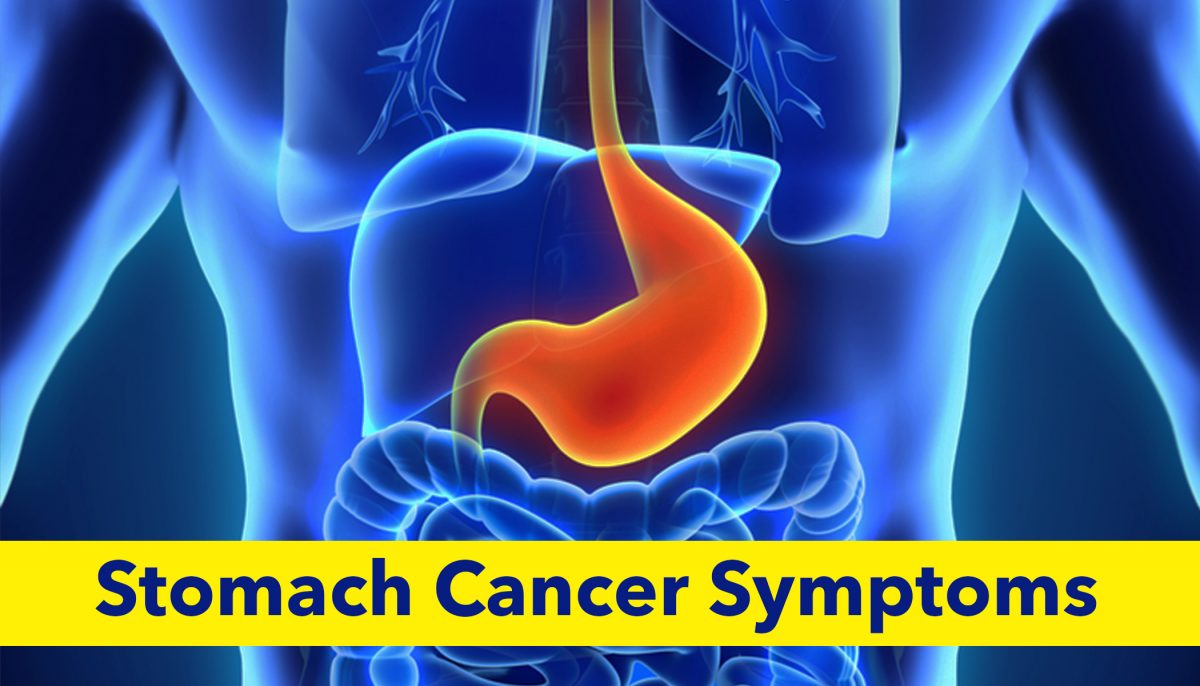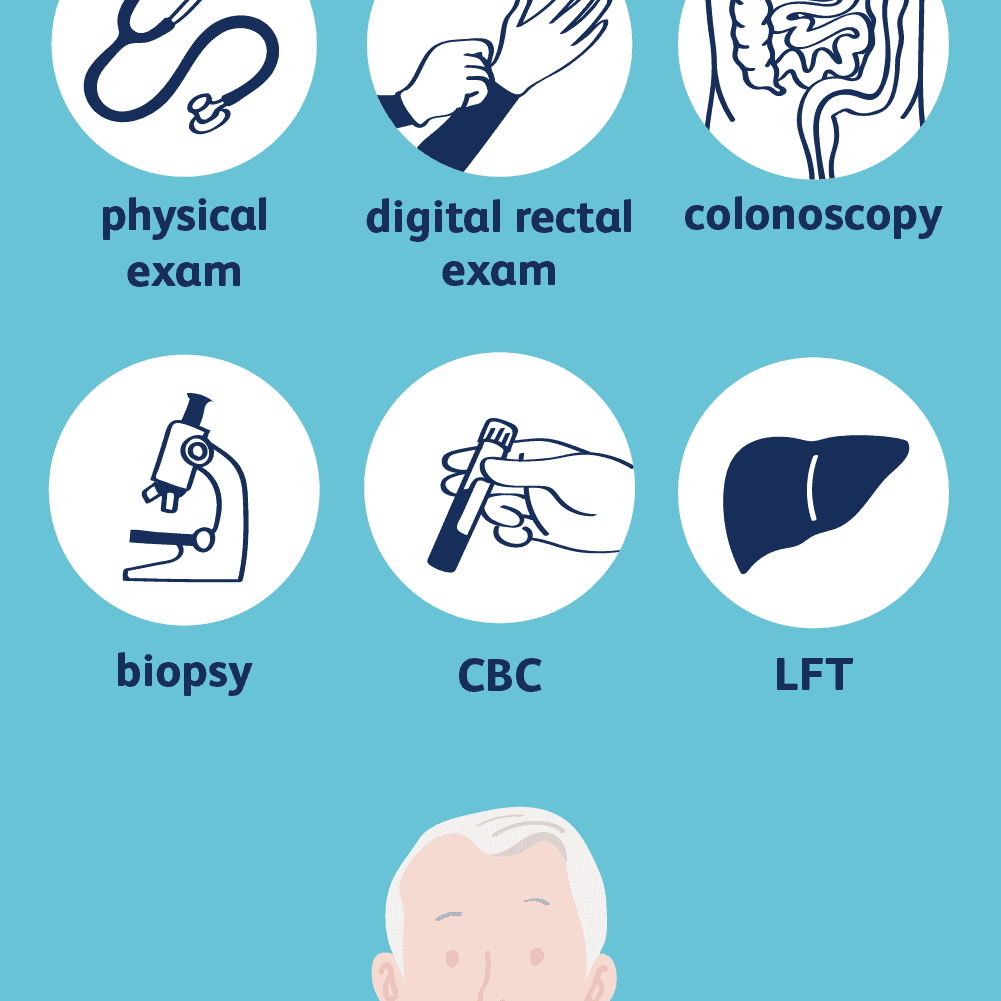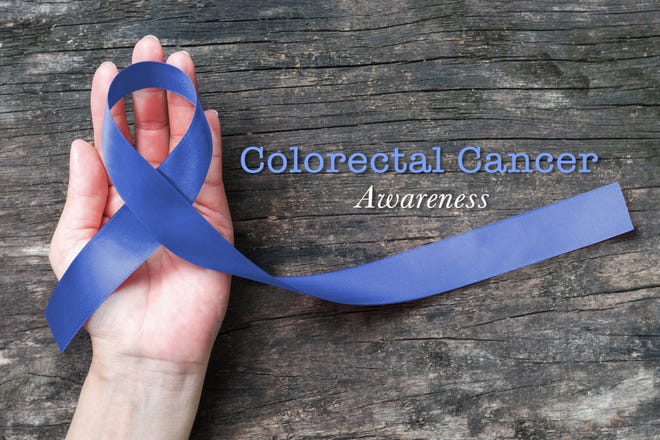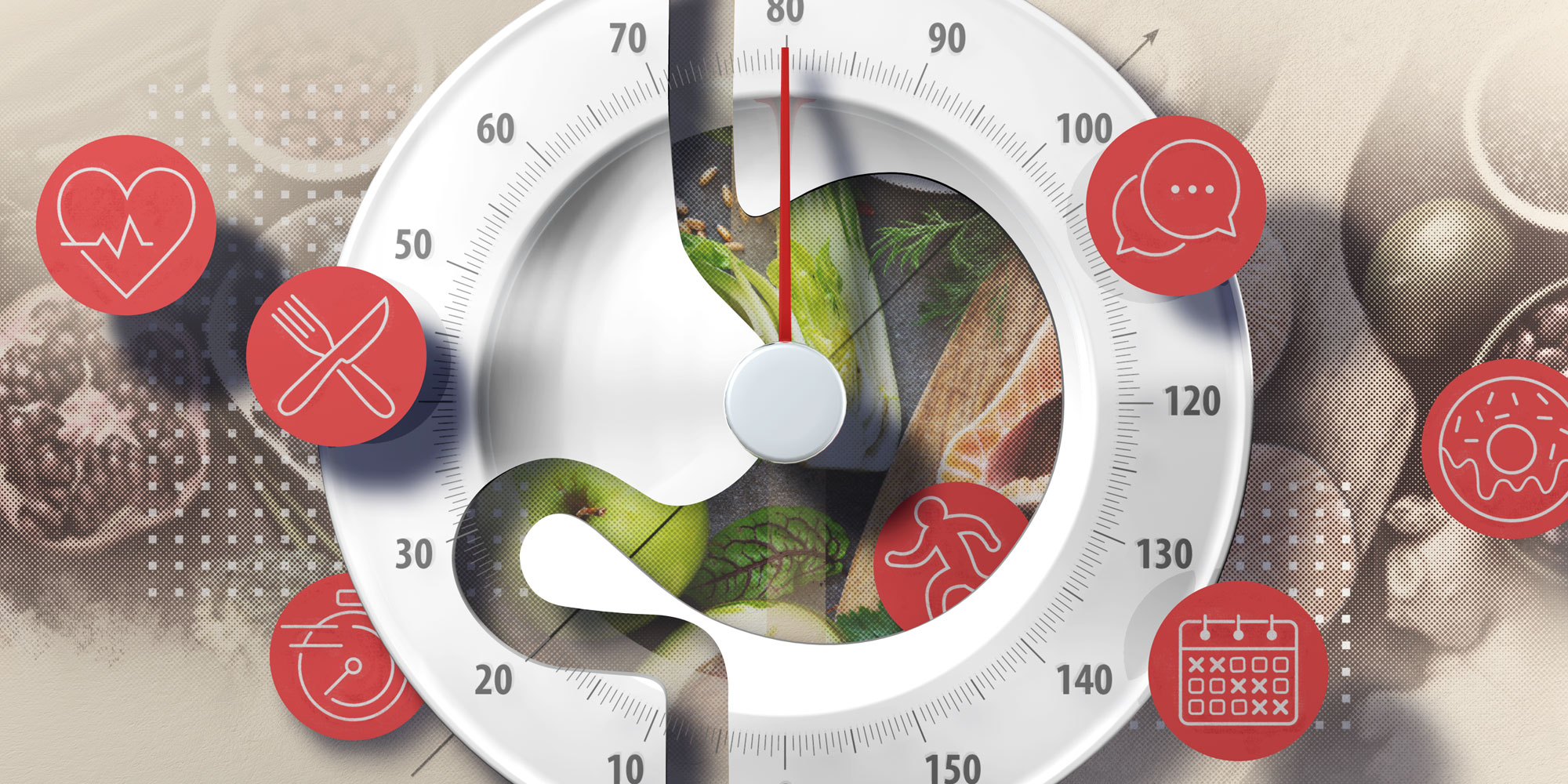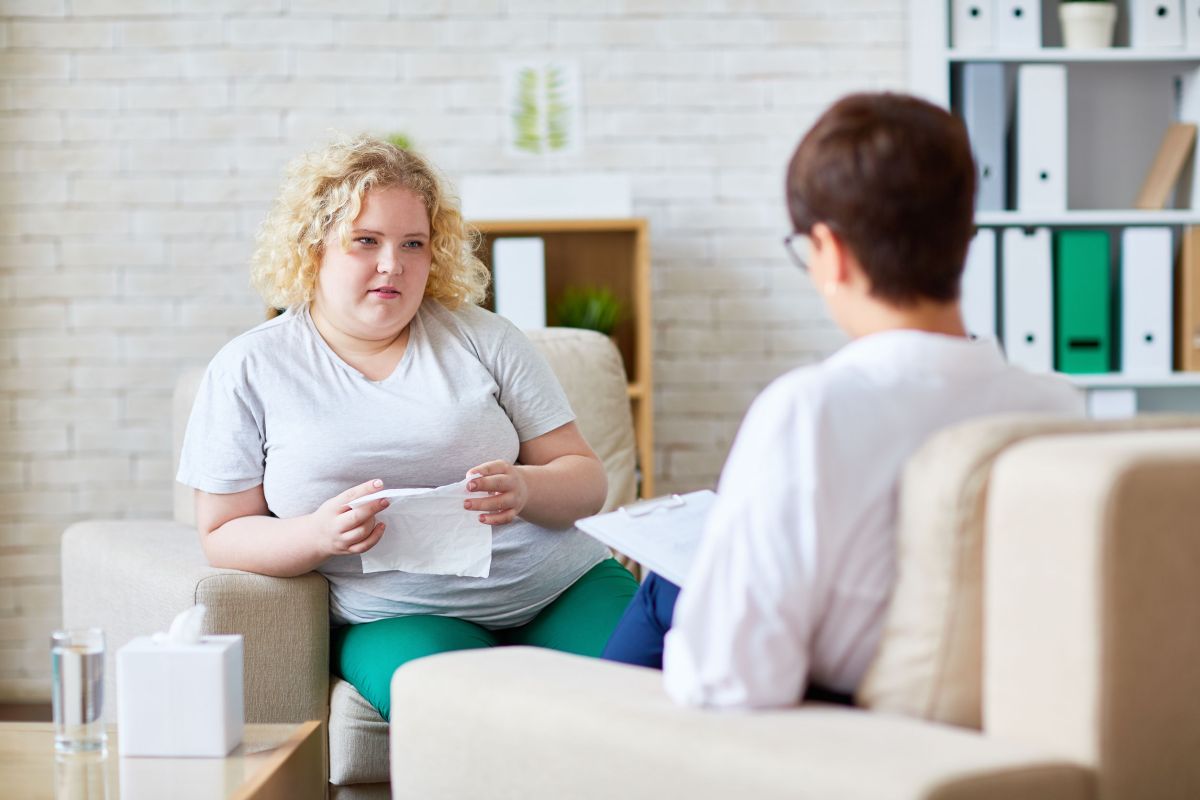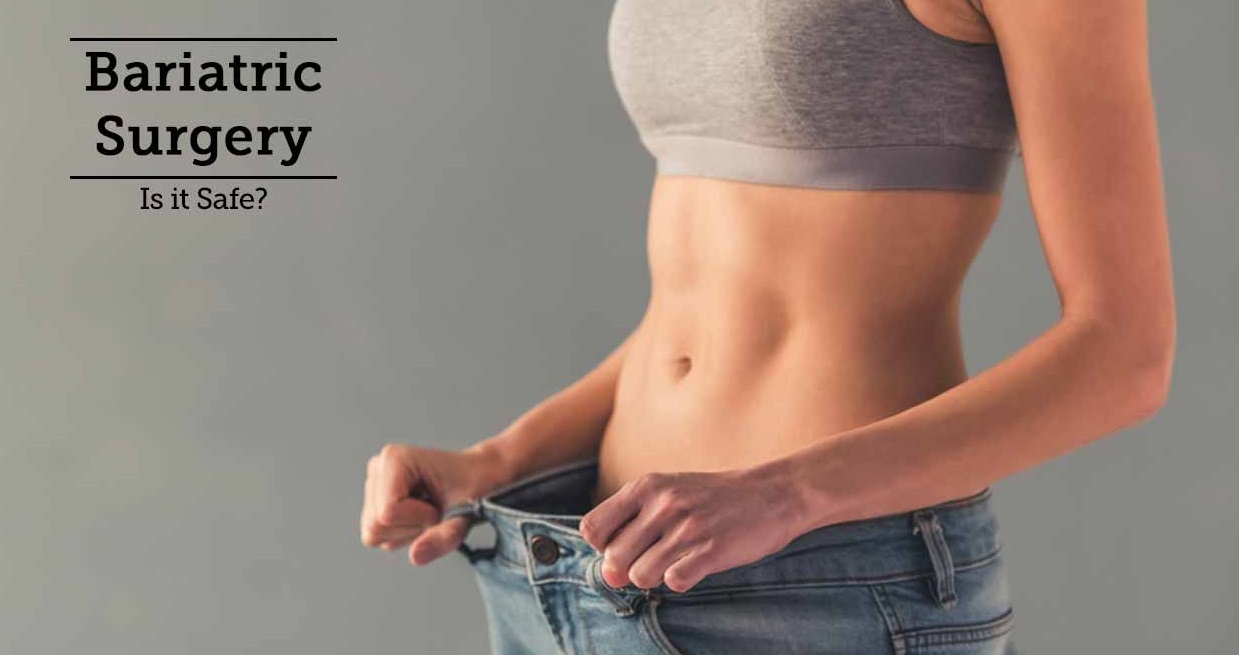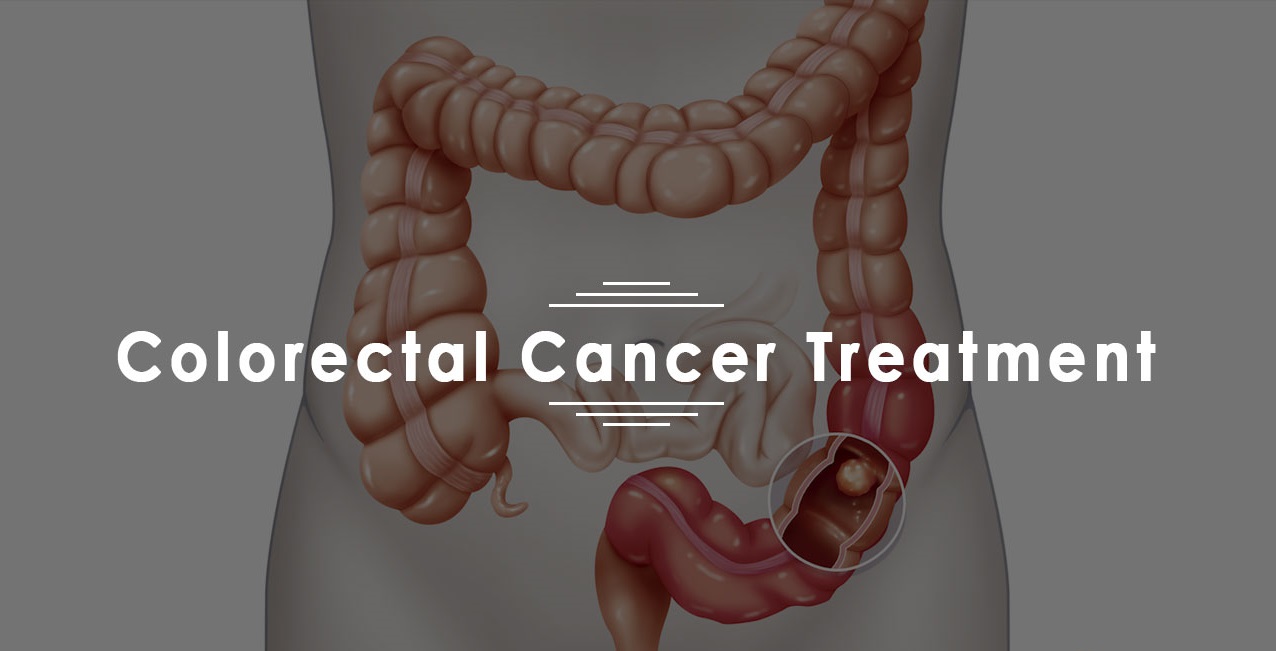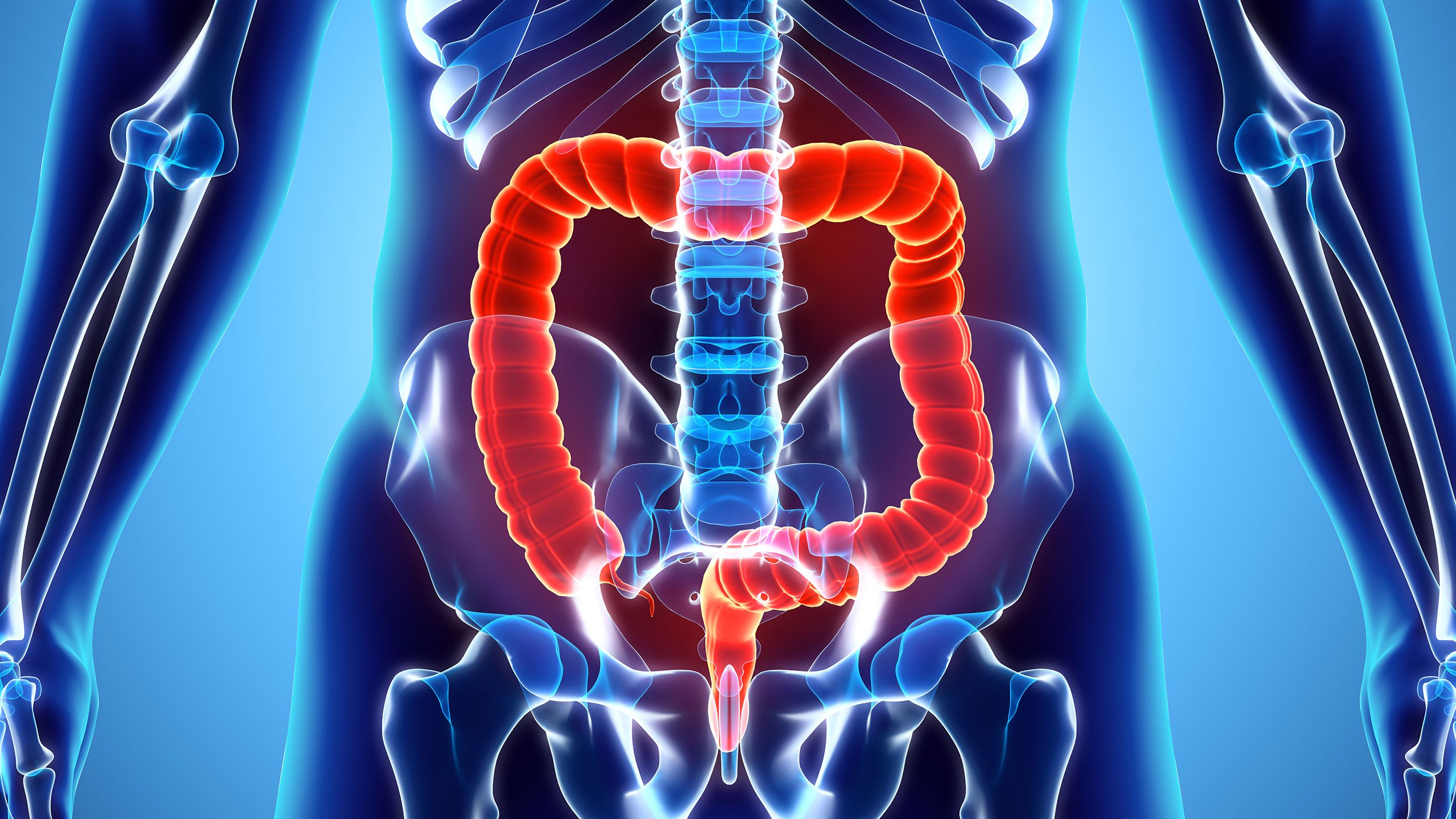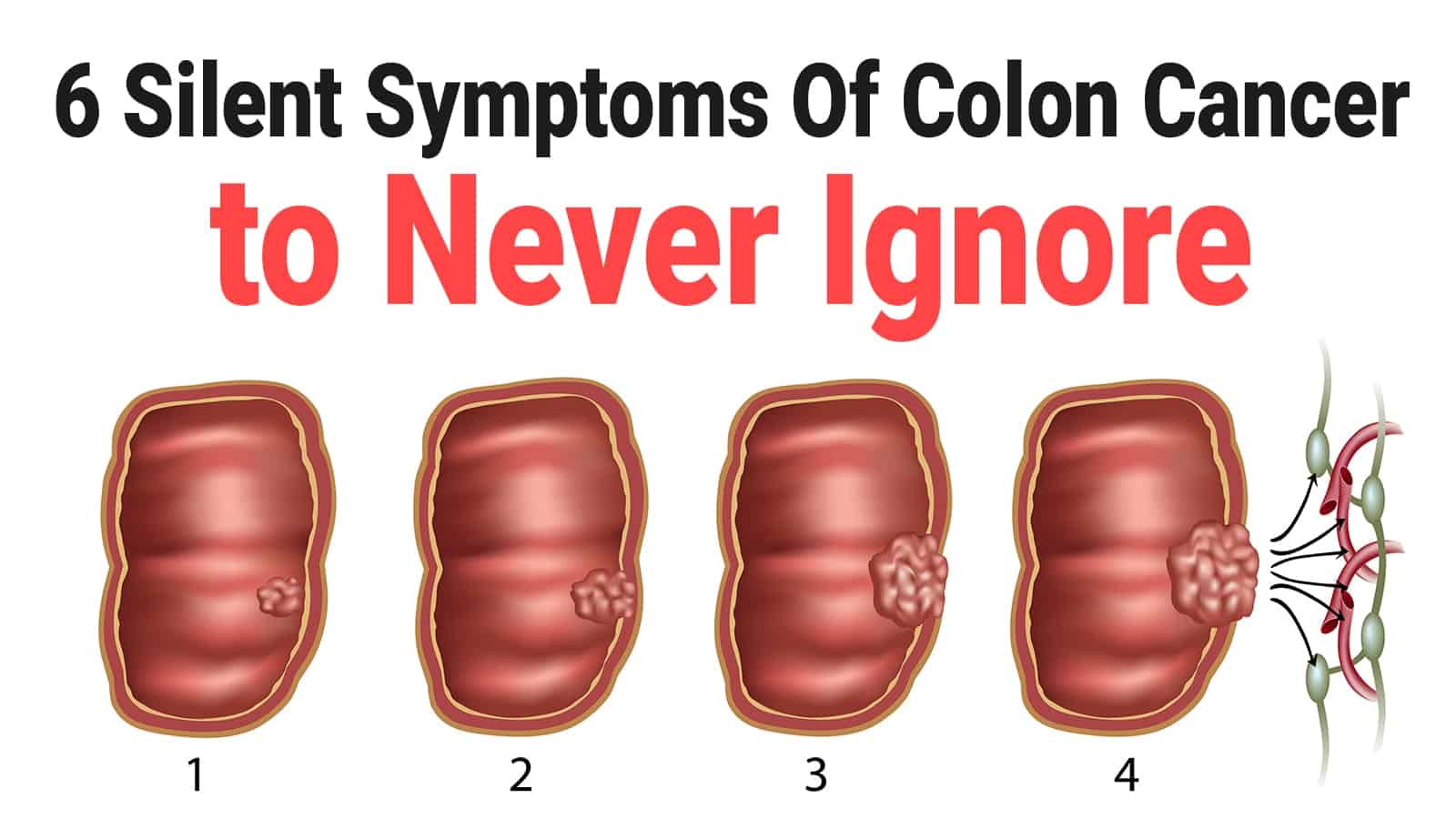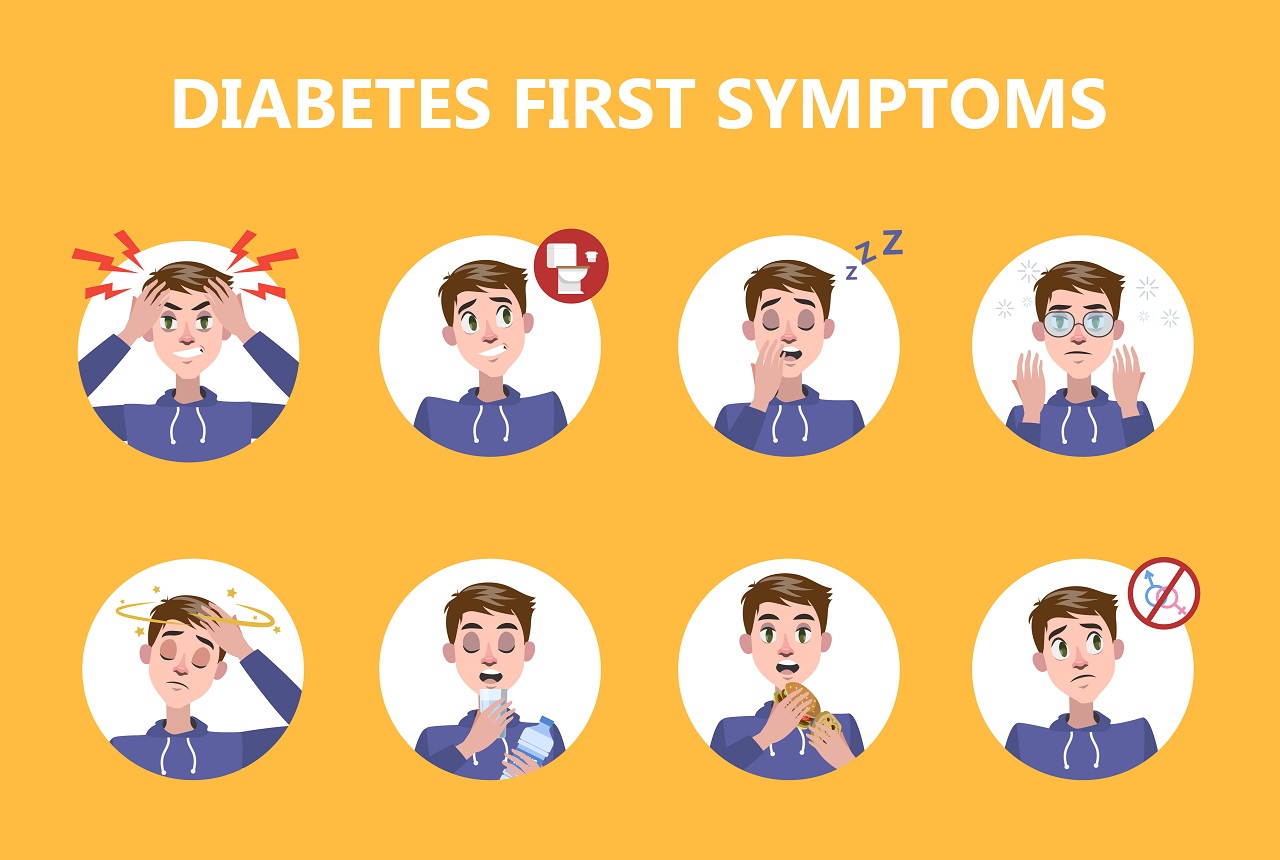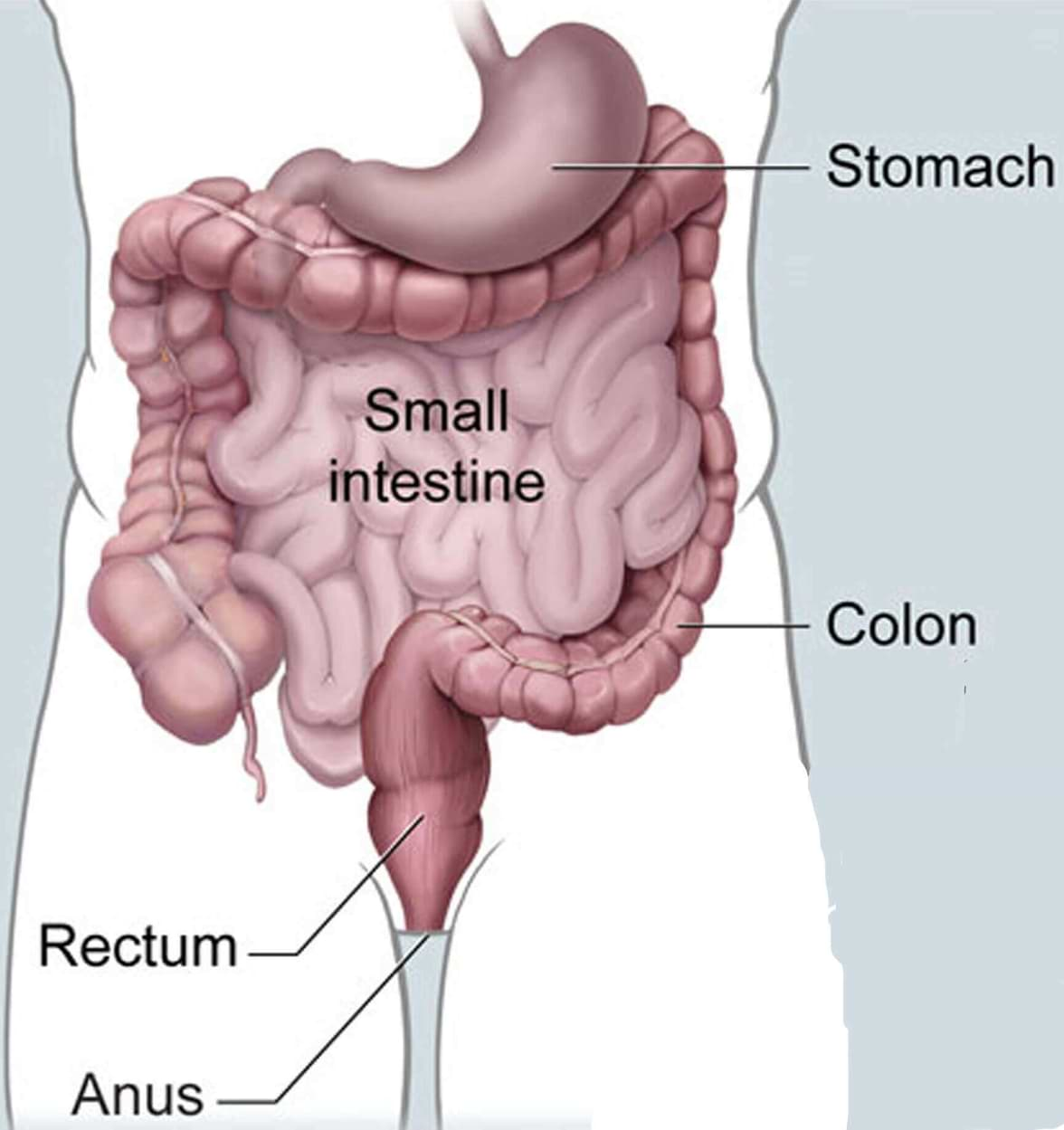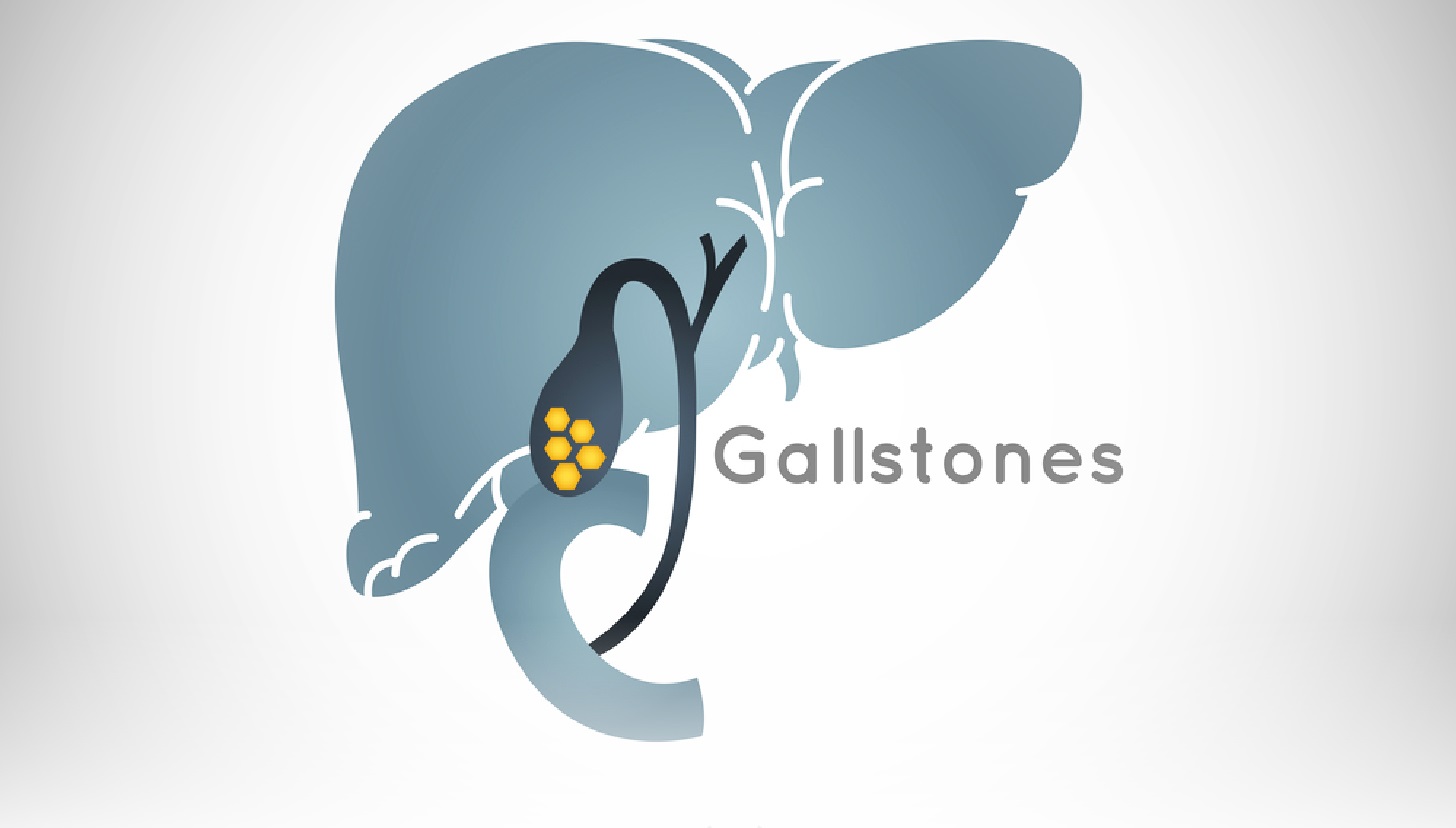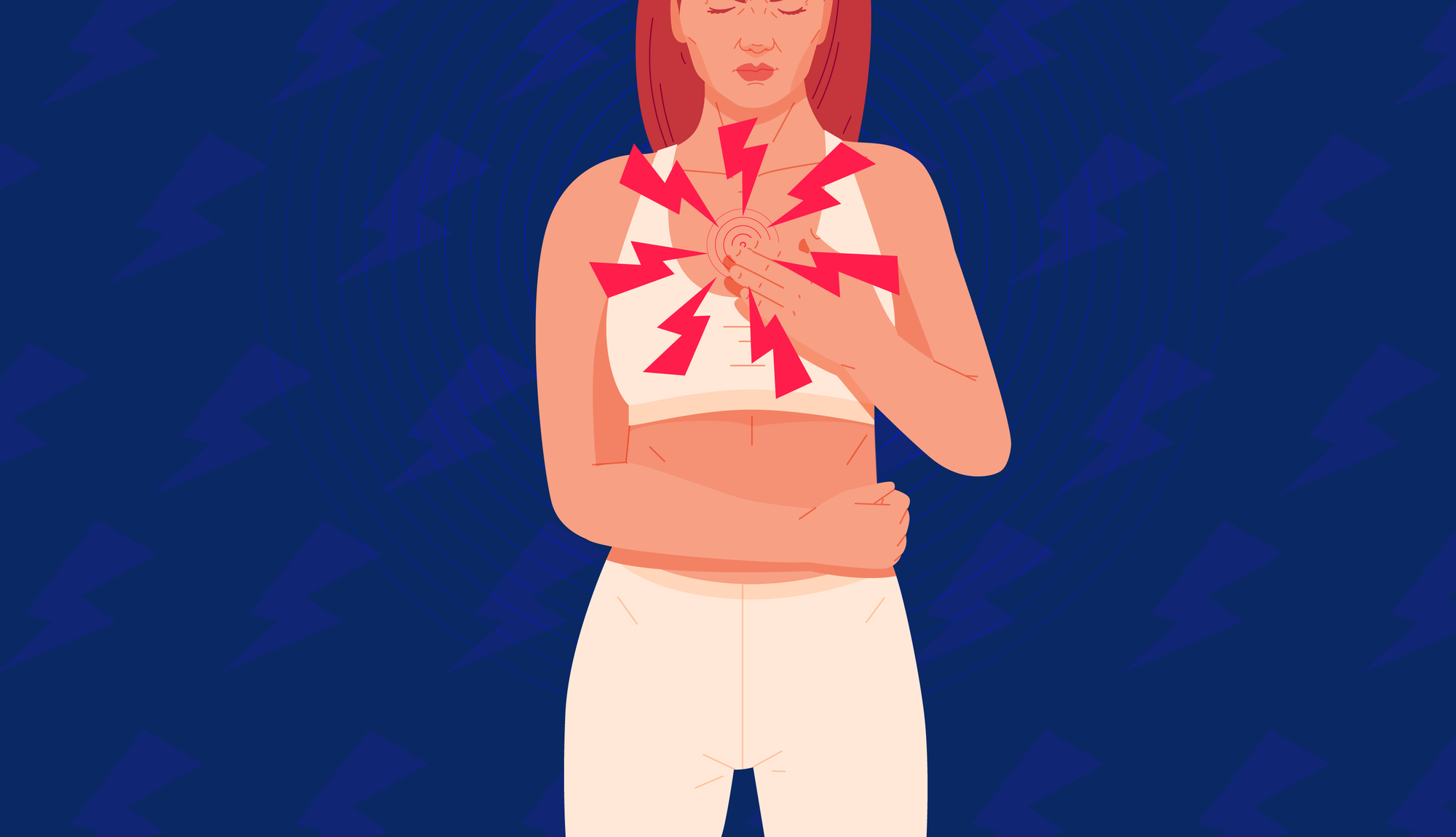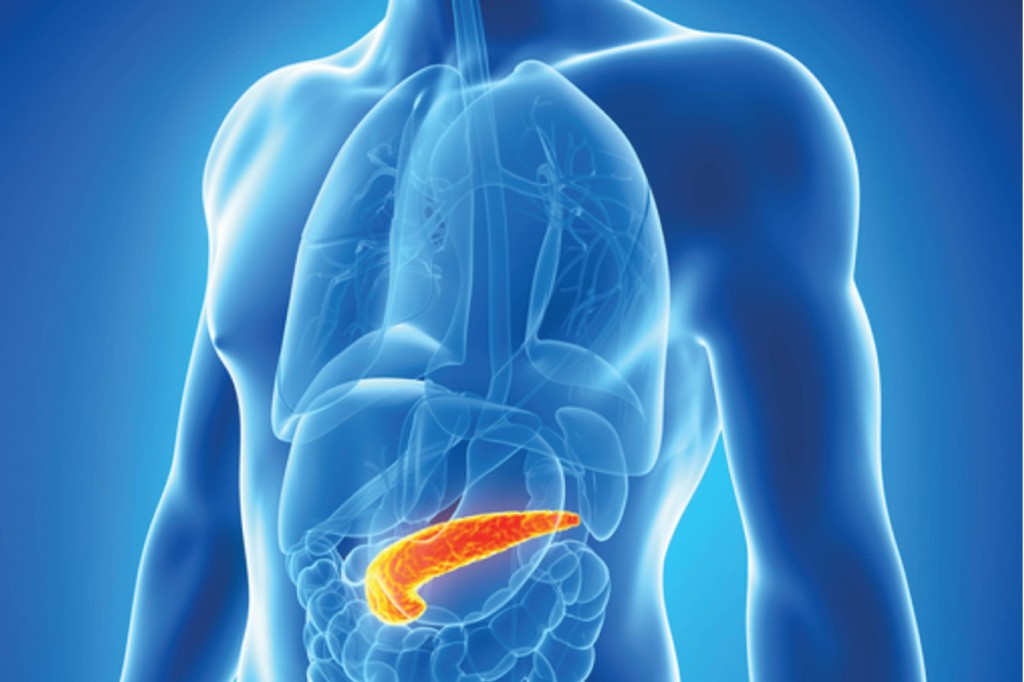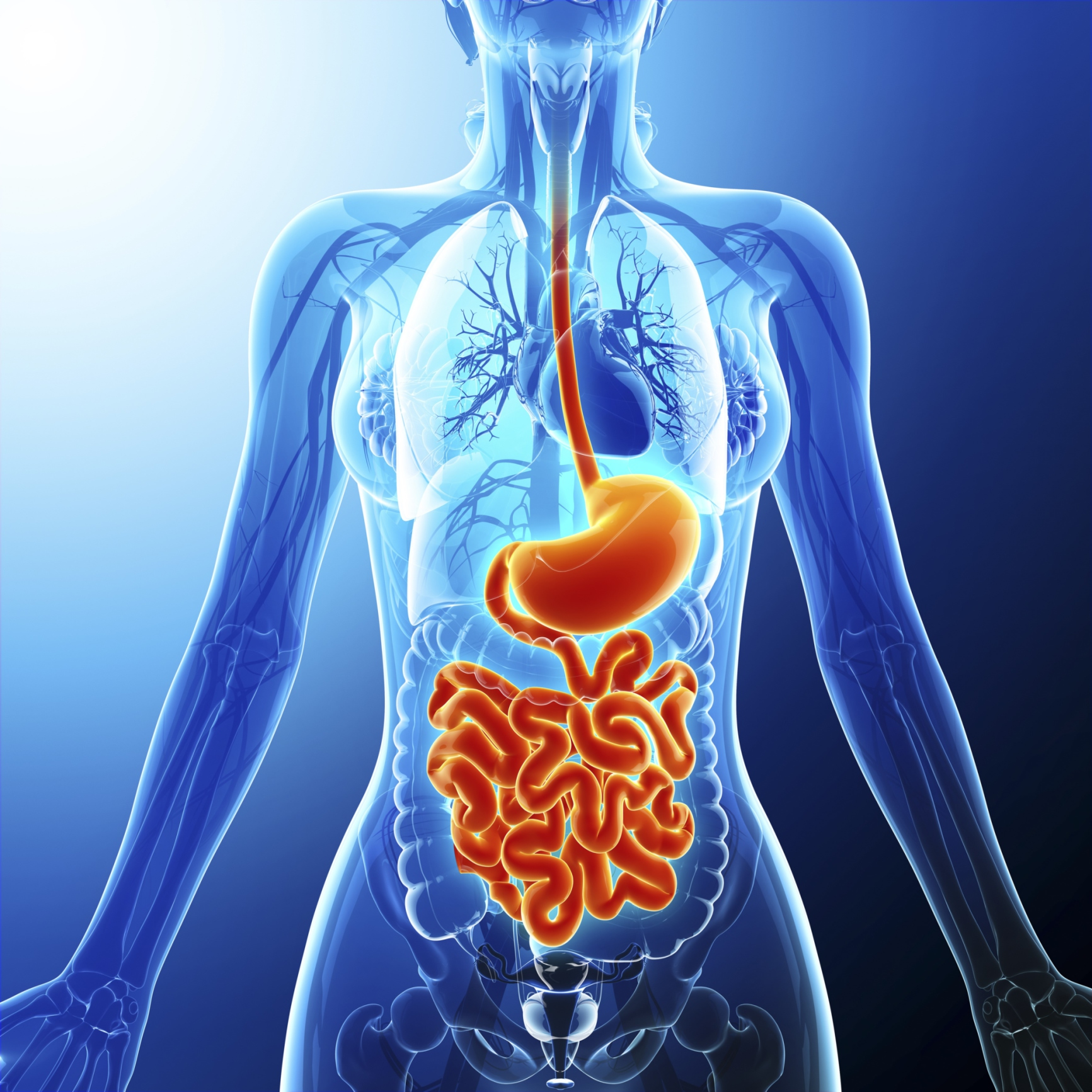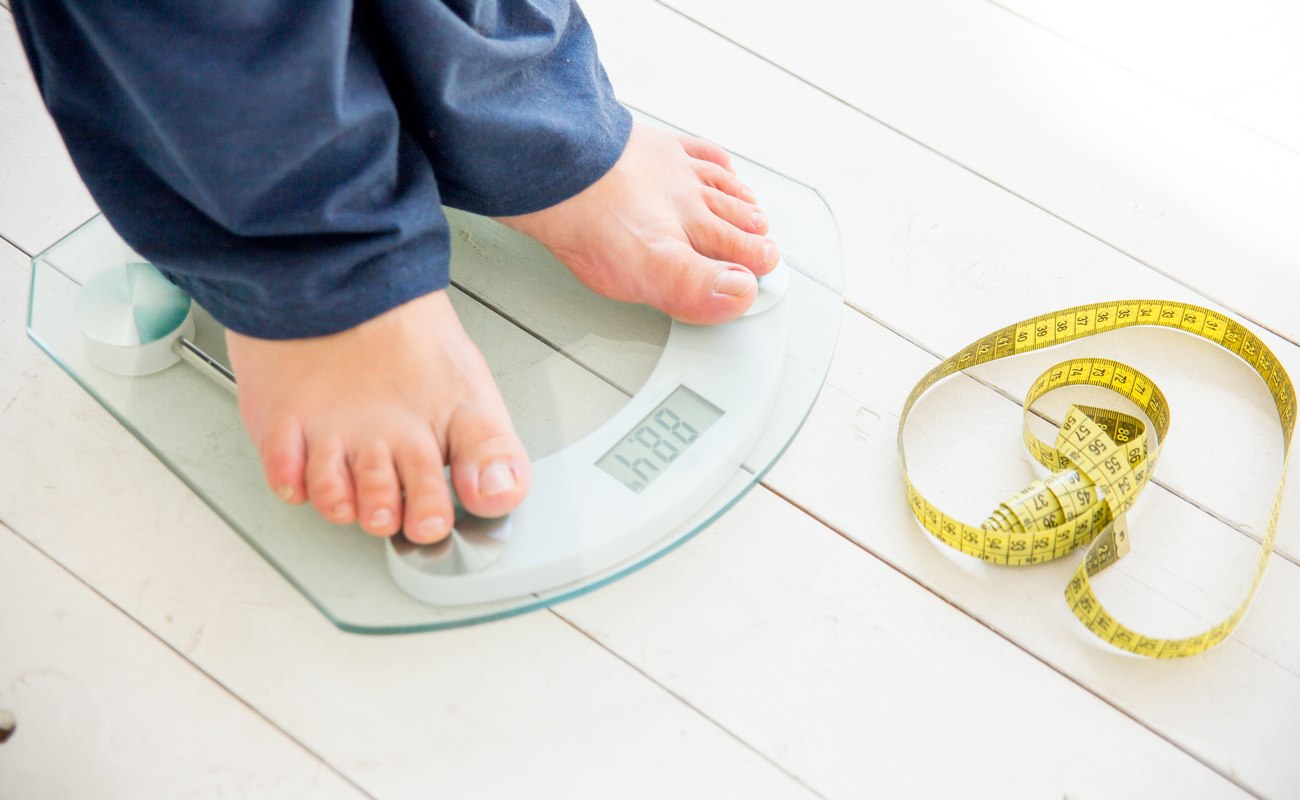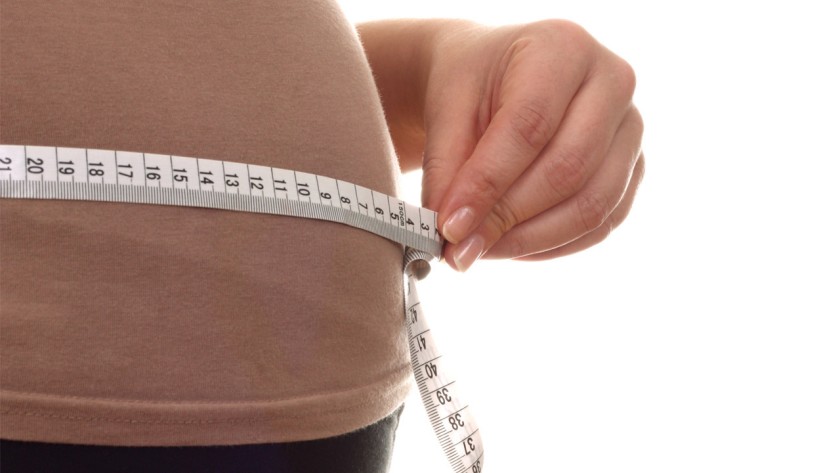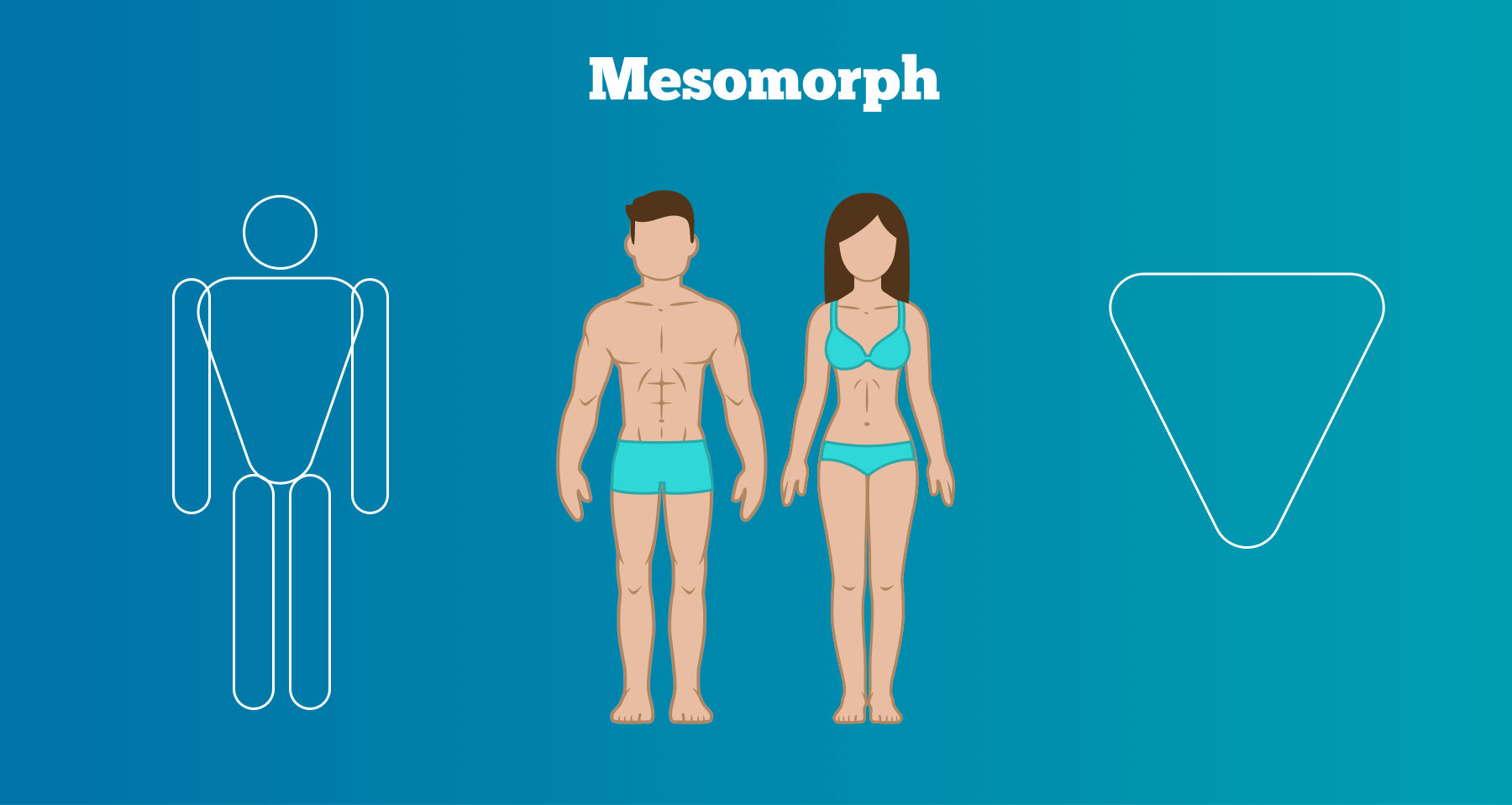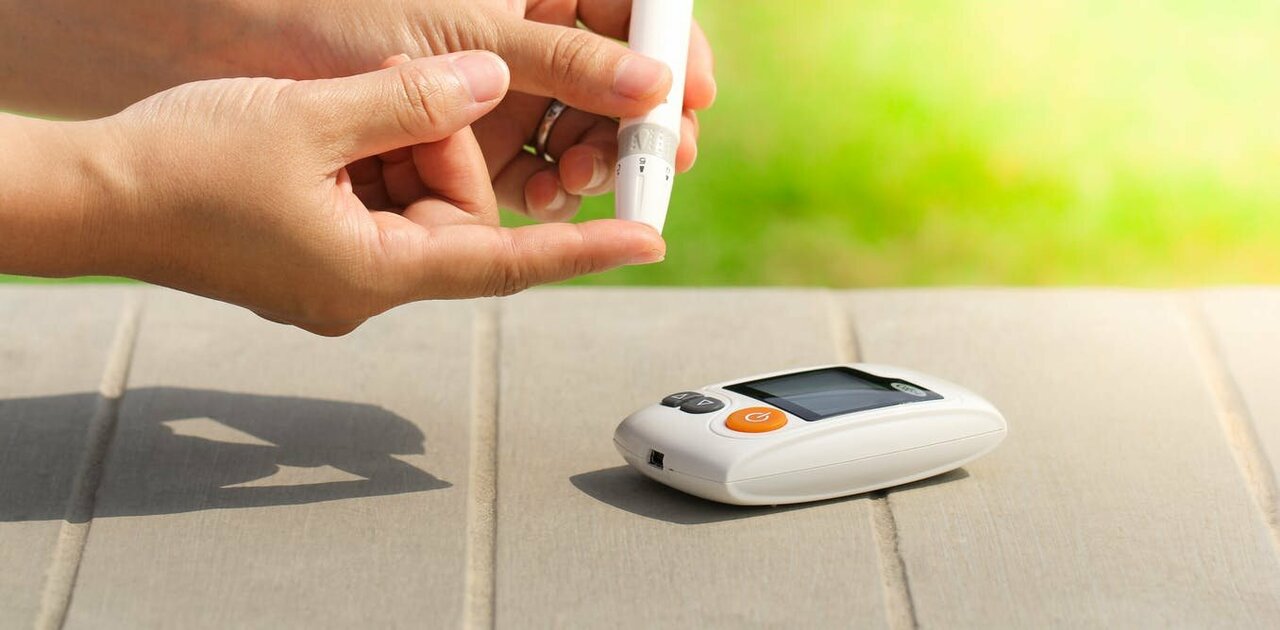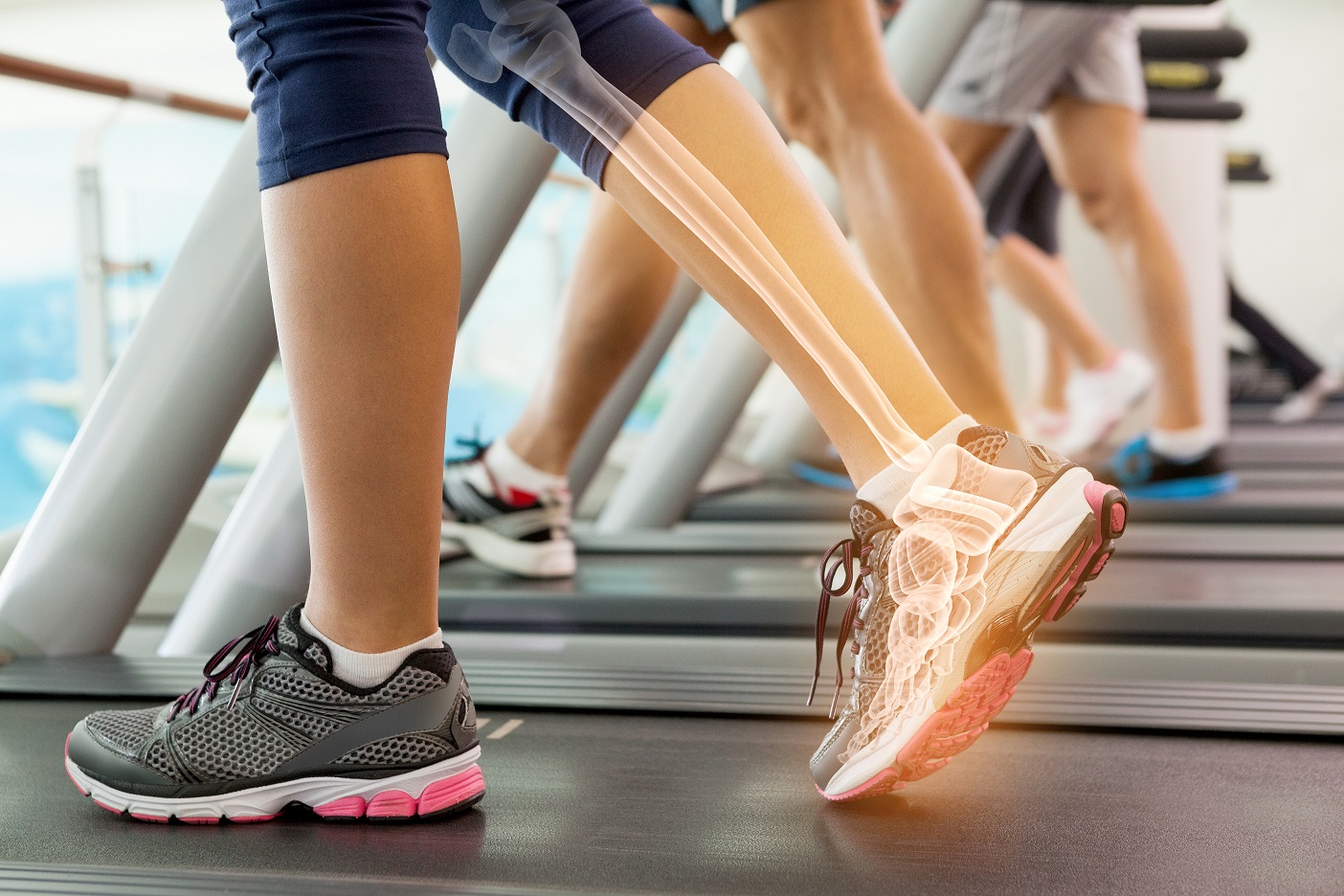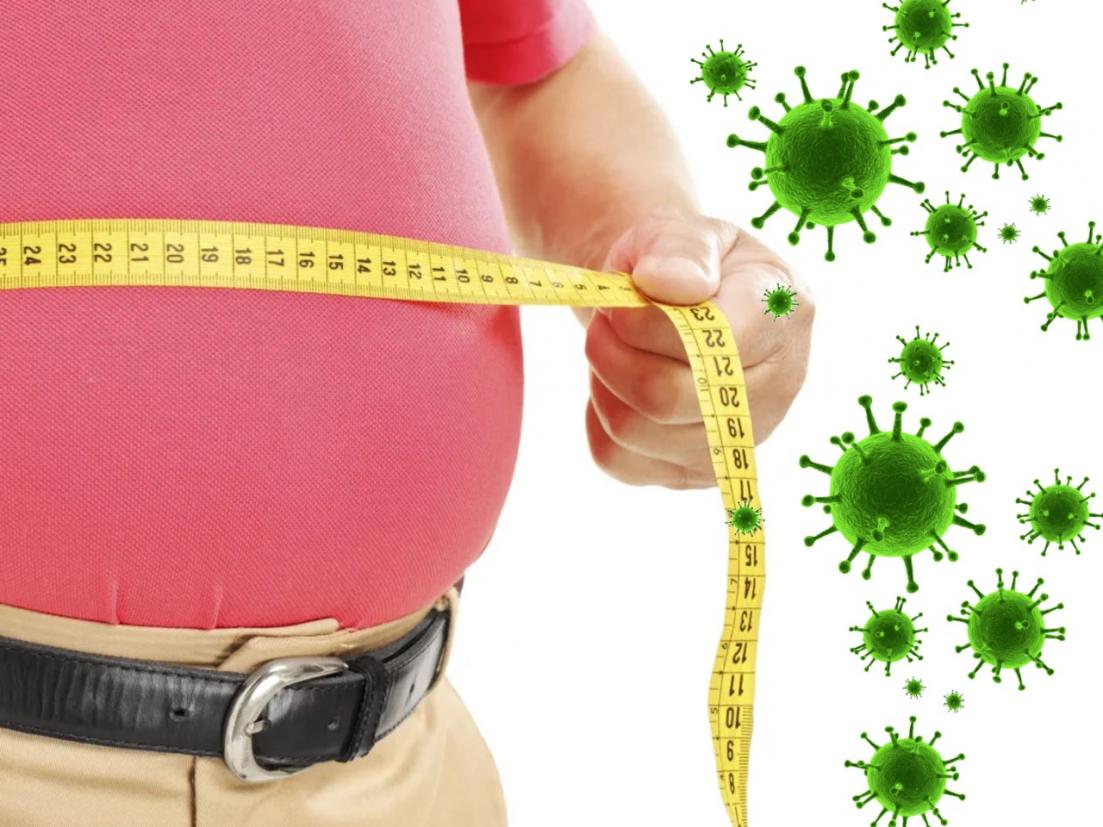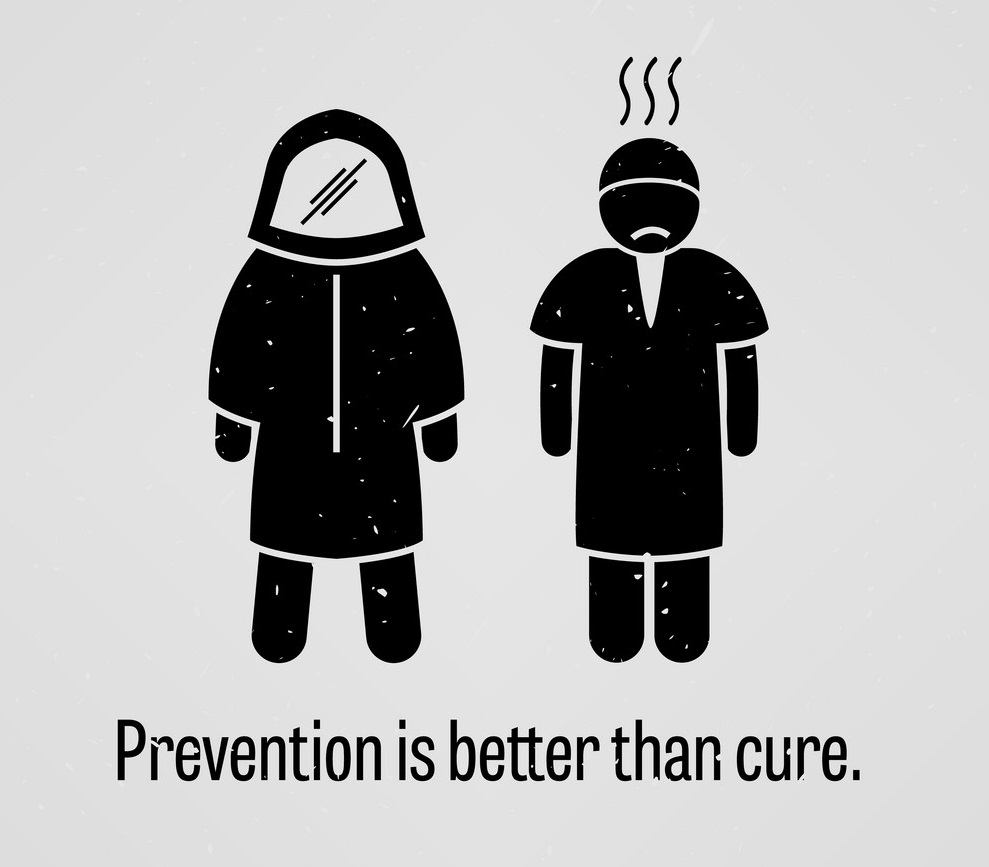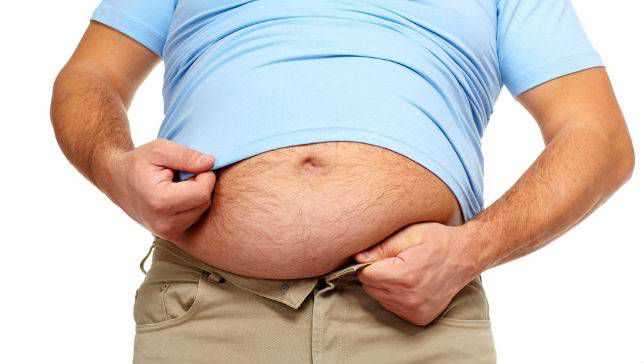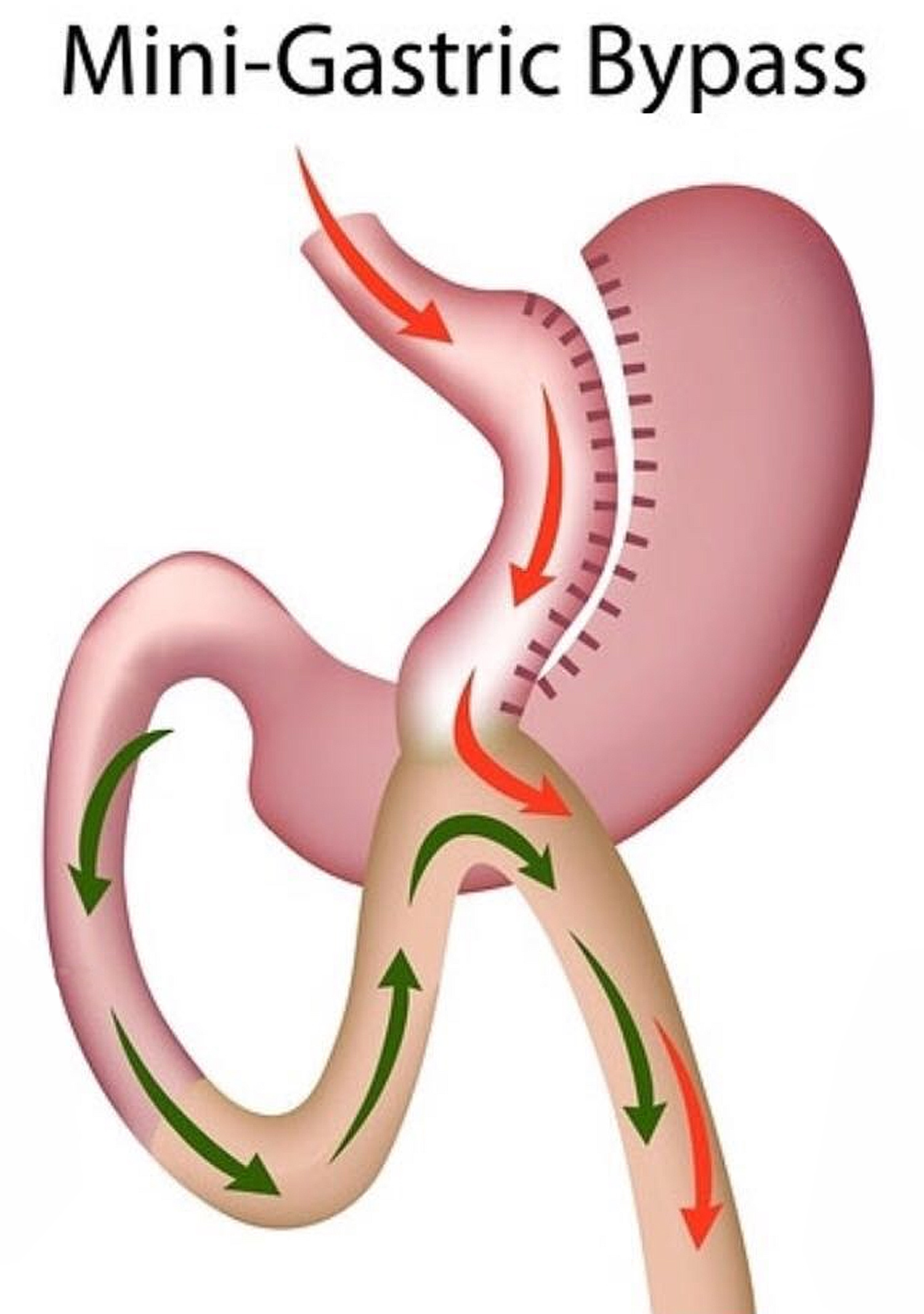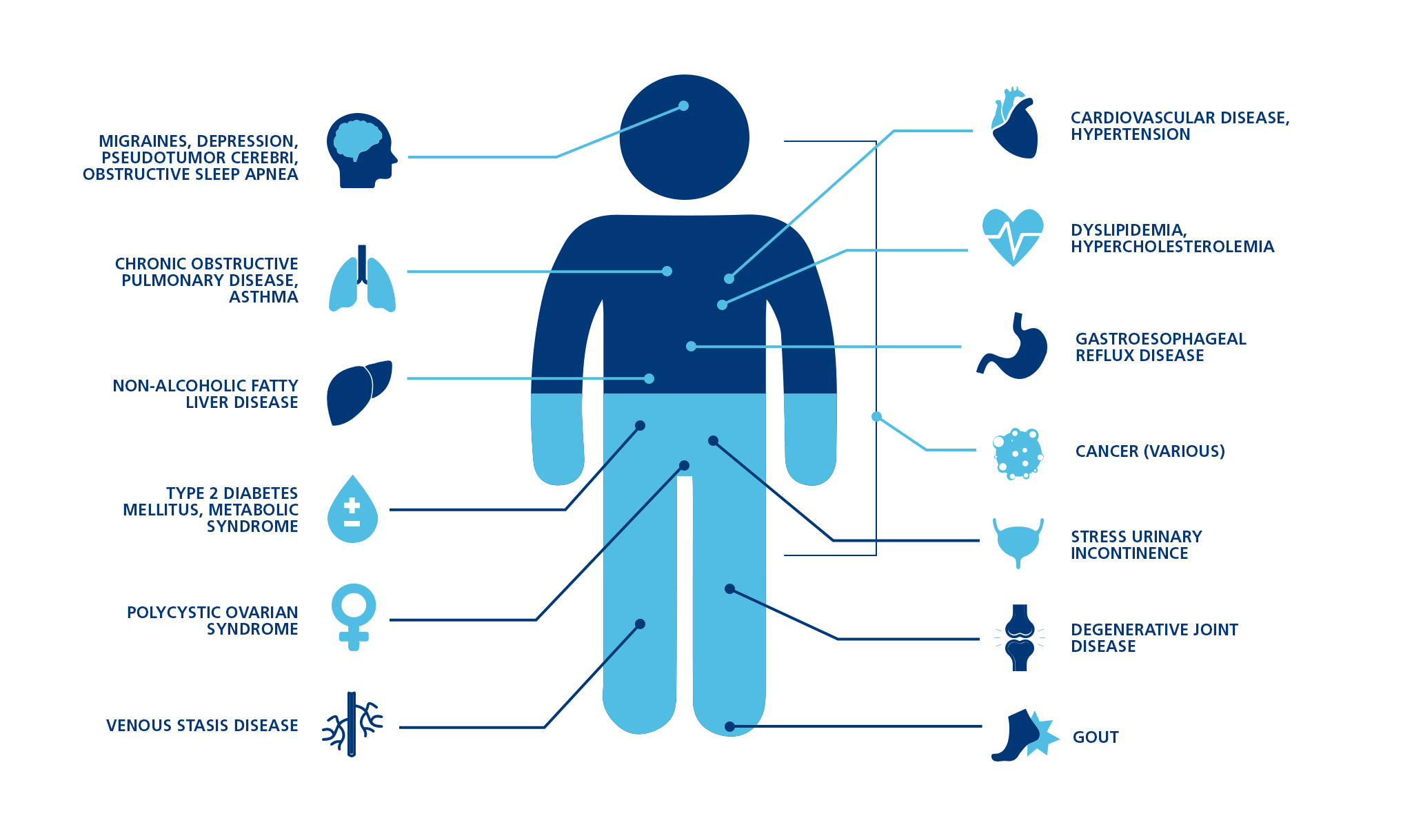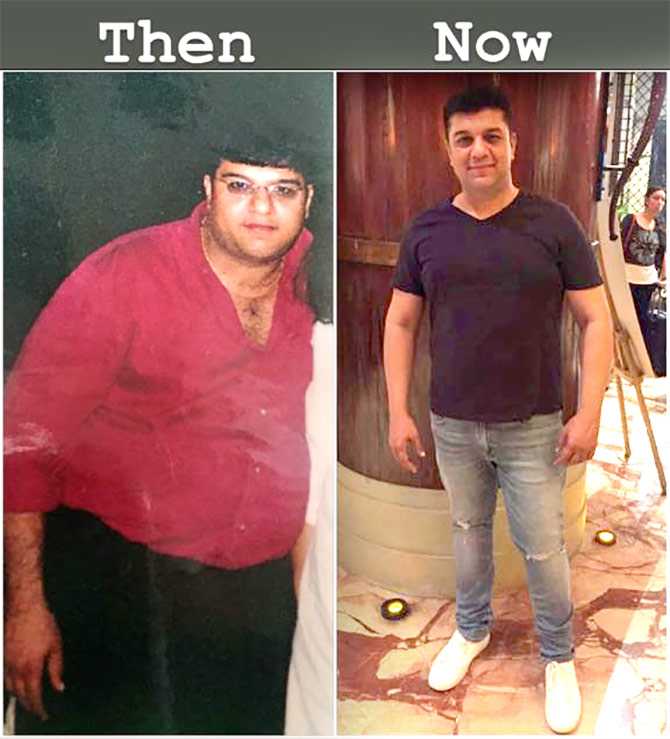Gallbladder, Gallstones, Gallbladder stones, Gallbladder surgery, Gallbladder conditions
Gallbladder- Anatomy, Functions and Conditions
Your gallbladder is a small, pear-shaped organ located under your liver that stores and releases bile. Bile is the fluid your liver produces that helps digest fats in the food you eat.
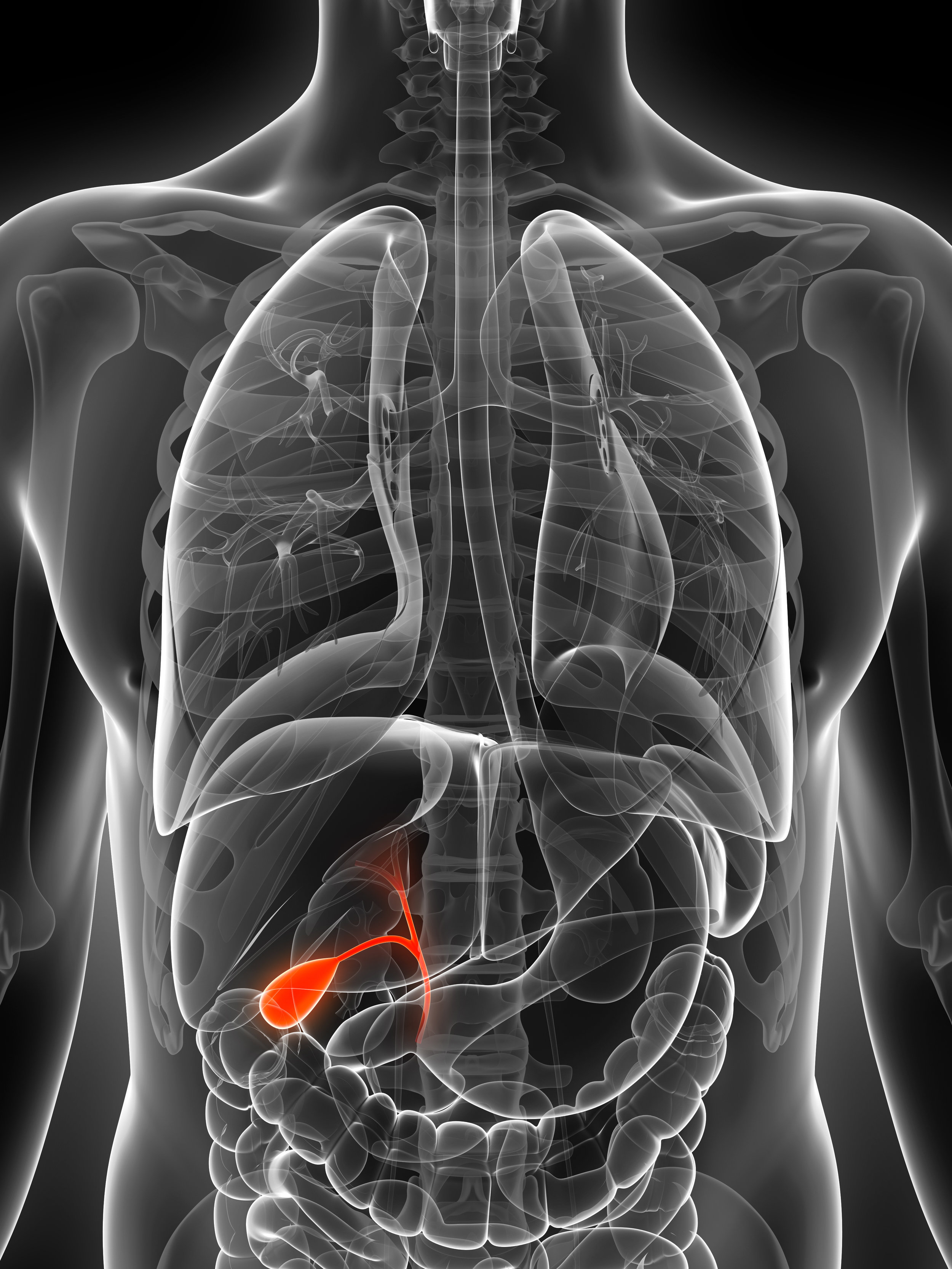
OVERVIEW
Your gallbladder is a small, pear-shaped organ that stores and releases bile. Bile is the fluid your liver produces that helps digest fats in the food you eat.
Your gallbladder is located in the upper right part of your abdomen (belly). It sits just under your liver.
FUNCTION
What is the function of the gallbladder?
Your gallbladder is part of your digestive system. Its main function is to store bile. Bile helps your digestive system break down fats. Bile is a mixture of mainly cholesterol, bilirubin and bile salts.
How does the gallbladder help other organs?
Your gallbladder is connected to other parts of your digestive system through a series of bile ducts called the biliary tract. The biliary tract (sometimes called biliary system or biliary tree) is a pipe-like system that carries bile from your liver to your small intestine.
What does the gallbladder do?
Before you start eating, your gallbladder is full of bile. When you start eating, your gallbladder receives signals to contract and squeeze the stored bile through the biliary tract. The bile eventually finds its way to your largest bile duct, the common bile duct. Bile passes through the common bile duct into the duodenum, the first part of your small intestine, where it mixes with food waiting to be digested. After you eat, your gallbladder is empty and resembles a deflated balloon, waiting to be filled up again.
Anatomy
The gallbladder is a small pouch that sits just under the liver. The gallbladder stores bile produced by the liver. After meals, the gallbladder is empty and flat, like a deflated balloon. Before a meal, the gallbladder may be full of bile and about the size of a small pear.
In response to signals, the gallbladder squeezes stored bile into the small intestine through a series of tubes called ducts.
Gallbladder Conditions
- Gallstones (cholelithiasis): For unclear reasons, substances in bile can crystallize in the gallbladder, forming gallstones. Common and usually harmless, gallstones can sometimes cause pain, nausea, or inflammation.
- Cholecystitis: Infection of the gallbladder, often due to a gallstone in the gallbladder. Cholecystitis causes severe pain and fever, and can require surgery when infection continues or recurs.
- Gallbladder cancer: Although rare, cancer can affect the gallbladder. It is difficult to diagnose and usually found at late stages when symptoms appear. Symptoms may resemble those of gallstones.
- Gallstone pancreatitis: An impacted gallstone blocks the ducts that drain the pancreas. Inflammation of the pancreas results, a serious condition.
What are the signs or symptoms of gallbladder problems?
The symptoms of gallbladder problems vary. Some people don’t feel gallstones or even know they have them. But if gallstones block the flow of bile, they can affect your gallbladder or pancreas. You may experience the following symptoms:
- Upper right abdomen pain
- Upper mid-abdomen pain
- Upper right abdominal pain radiating to the right shoulder or back
- Pain after eating a fatty meal
- Jaundice (yellowing of your skin and whites of your eyes)
- Nausea and vomiting
- Fever
- Chills
- Light-brown pee or light-colored poop
Gallbladder Tests
- Abdominal ultrasound: A noninvasive test in which a probe on the skin bounces high-frequency sound waves off structures in the belly. Ultrasound is an excellent test for gallstones and to check the gallbladder wall.
- HIDA scan (cholescintigraphy): In this nuclear medicine test, radioactive dye is injected intravenously and is secreted into the bile. Cholecystitis is likely if the scan shows bile doesn’t make it from the liver into the gallbladder.
- Endoscopic retrograde cholangiopancreatography (ERCP): Using a flexible tube inserted through the mouth, through the stomach, and into the small intestine, a doctor can see through the tube and inject dye into the bile system ducts. Tiny surgical tools can be used to treat some gallstone conditions during ERCP.
- Magnetic resonance cholangiopancreatography (MRCP): An MRI scanner provides high-resolution images of the bile ducts, pancreas, and gallbladder. MRCP images help guide further tests and treatments.
- Endoscopic ultrasound: A tiny ultrasound probe on the end of a flexible tube is inserted through the mouth to the intestines. Endoscopic ultrasound can help detect choledocholithiasis and gallstone pancreatitis.
- Abdominal X-ray: Although they may be used to look for other problems in the abdomen, X-rays generally cannot diagnose gallbladder disease. However, X-rays may be able to detect gallstones.
Gallbladder Treatments
How are gallbladder issues treated?
Most gallbladder issues are treated with the removal of your gallbladder. Surgery to remove your gallbladder is called a cholecystectomy. Your gallbladder is not an essential organ. This means you can live a normal life without a gallbladder. When a surgeon removes your gallbladder, bile will flow out of your bile ducts directly into your digestive system instead of being stored in your gallbladder first.
Surgeons can perform cholecystectomies using either laparoscopy (several small cuts) or laparotomy (traditional “open” surgery with a larger incision).
Other than surgery, following treatment approaches might also be used-
- Antibiotics: Infection may be present during cholecystitis. Though antibiotics don’t typically cure cholecystitis, they can prevent an infection from spreading.
- Chemotherapy and radiation therapy: After surgery for gallbladder cancer, chemotherapy and radiation may be used to help prevent cancer from returning.
Additional treatment options for gallstones-
- Ursodeoxycholic acid: In people with problems from gallstones who are not good candidates for surgery, this oral medicine is an option. Ursodeoxycholic acid may help dissolve small cholesterol gallstones and reduce symptoms. Another oral solution is called chenodiol.
- Extracorporeal shock-wave lithotripsy: High-energy shockwaves are projected from a machine through the abdominal wall, breaking up gallstones. Lithotripsy works best if only a few small gallstones are present.
- Contact solvent dissolution: A needle is inserted through the skin into the gallbladder, and chemicals are injected that dissolve gallstones. This technique is rarely used.

